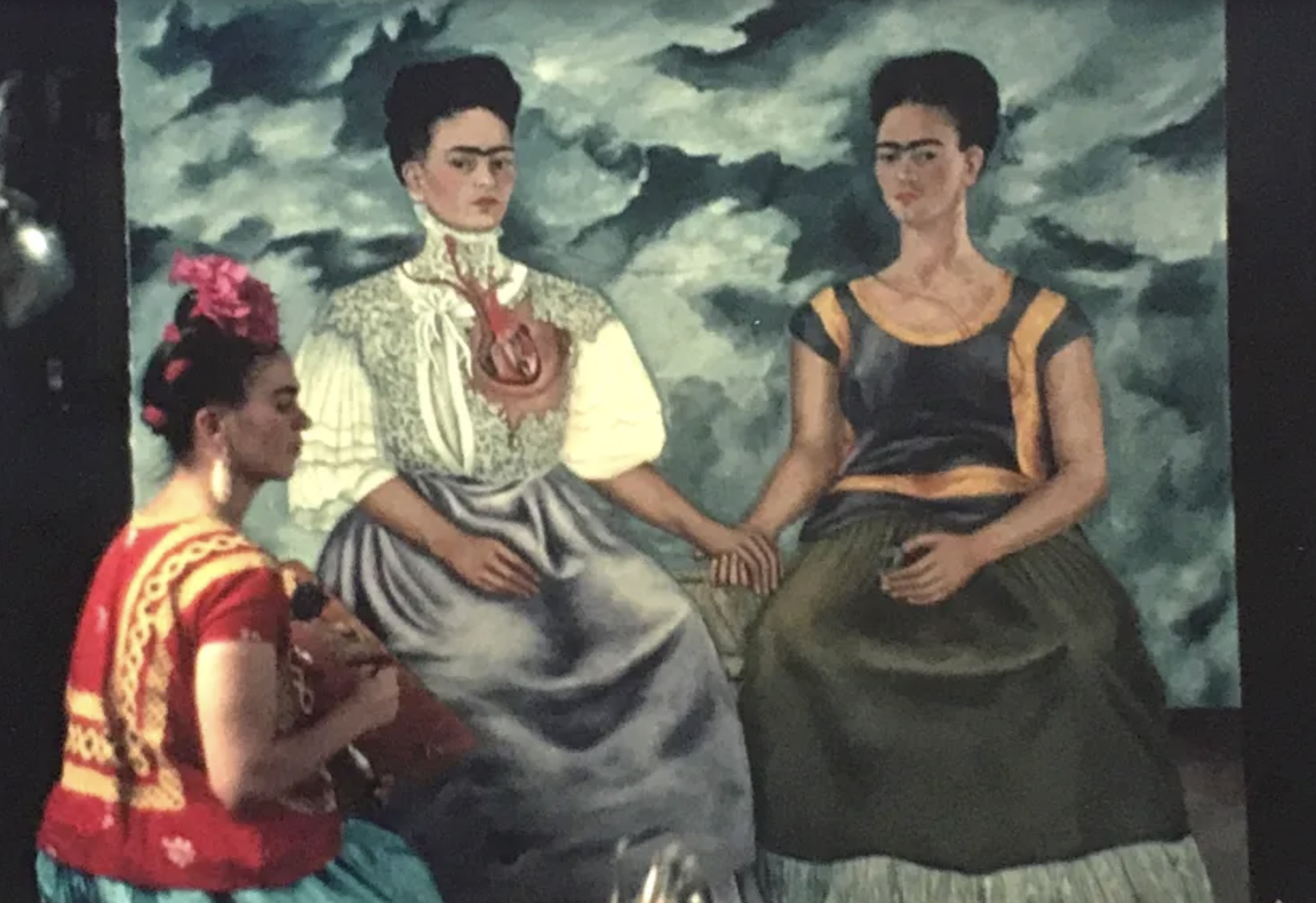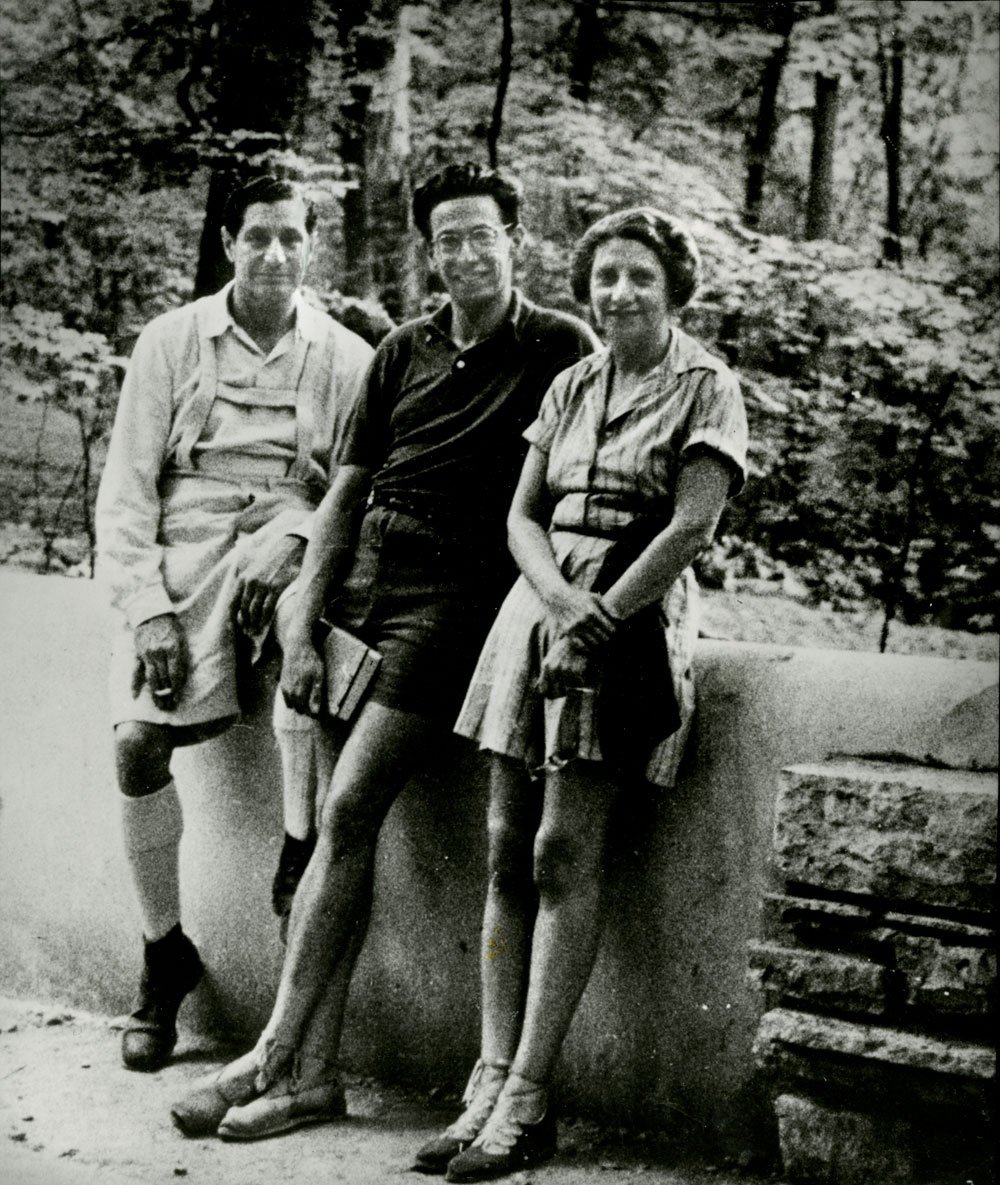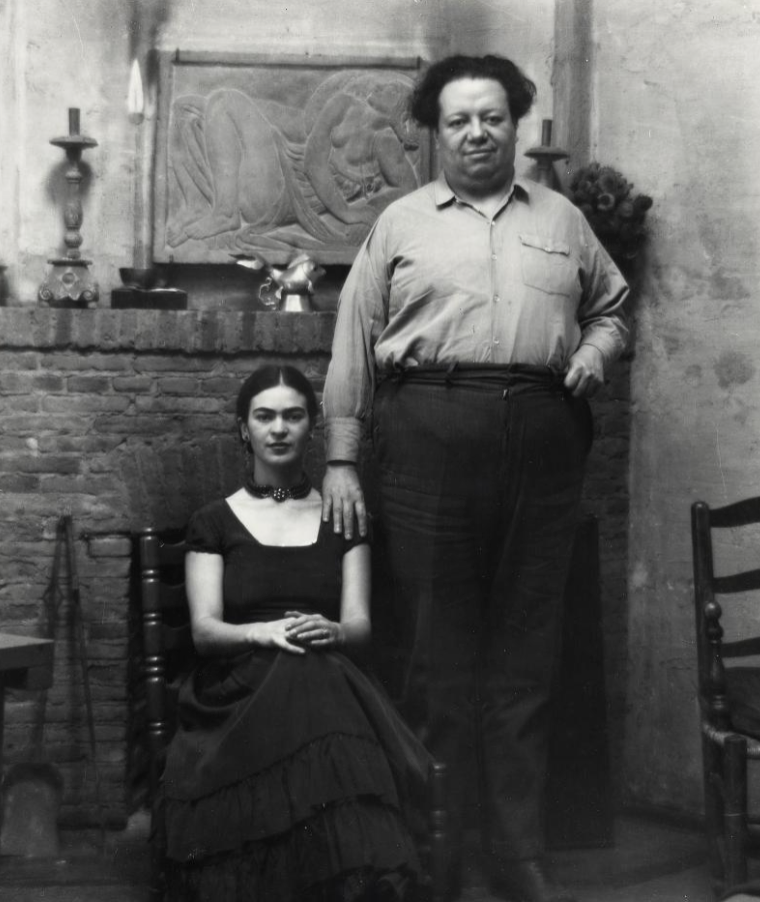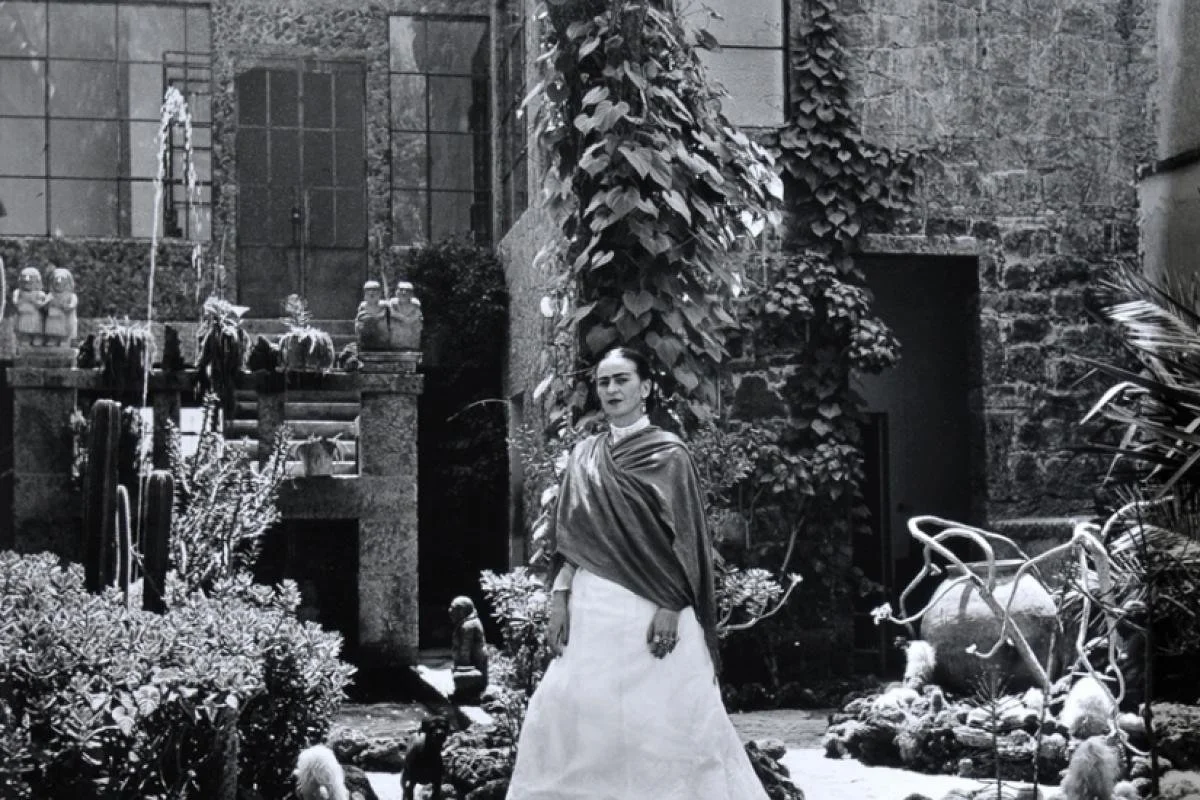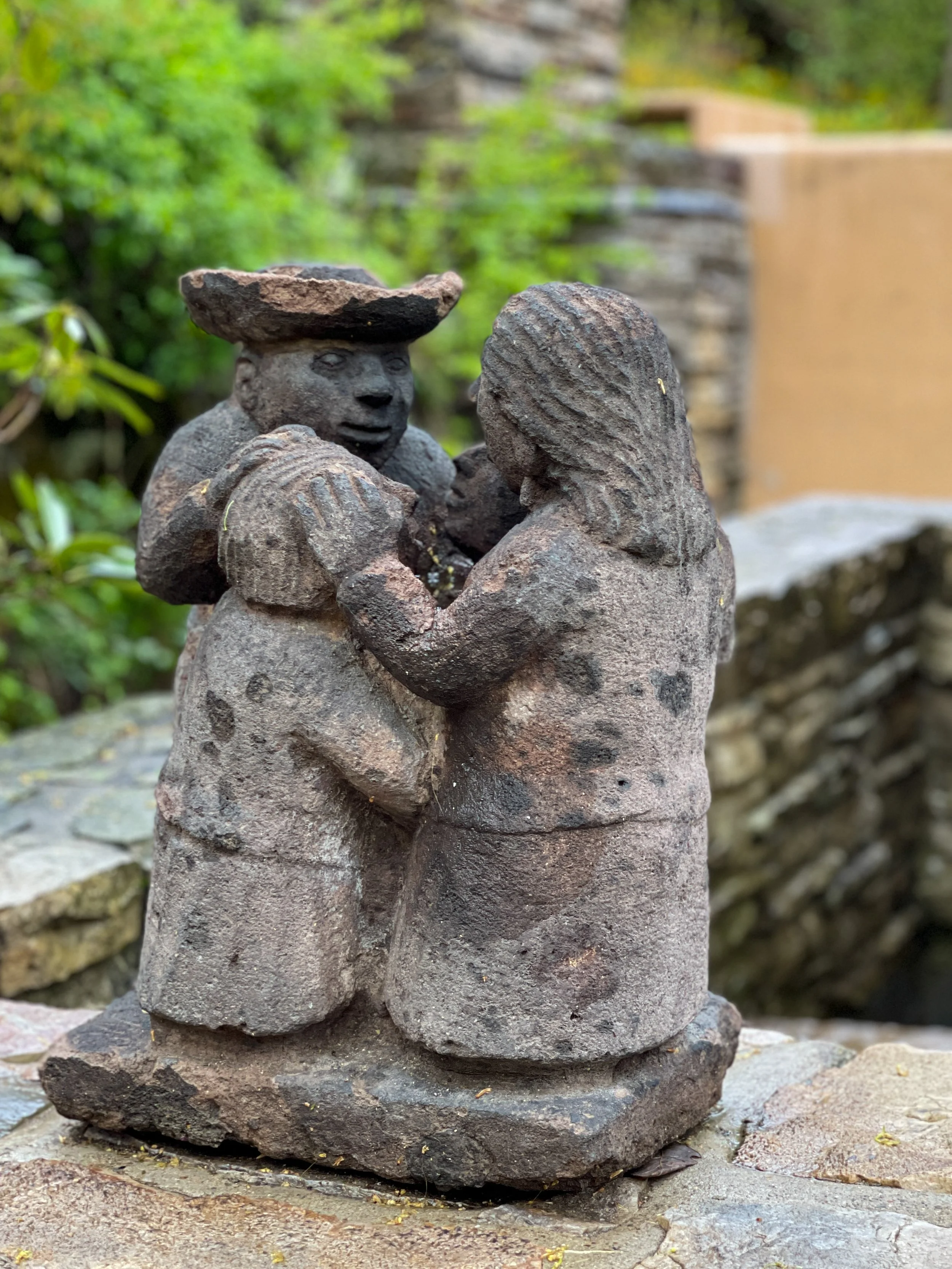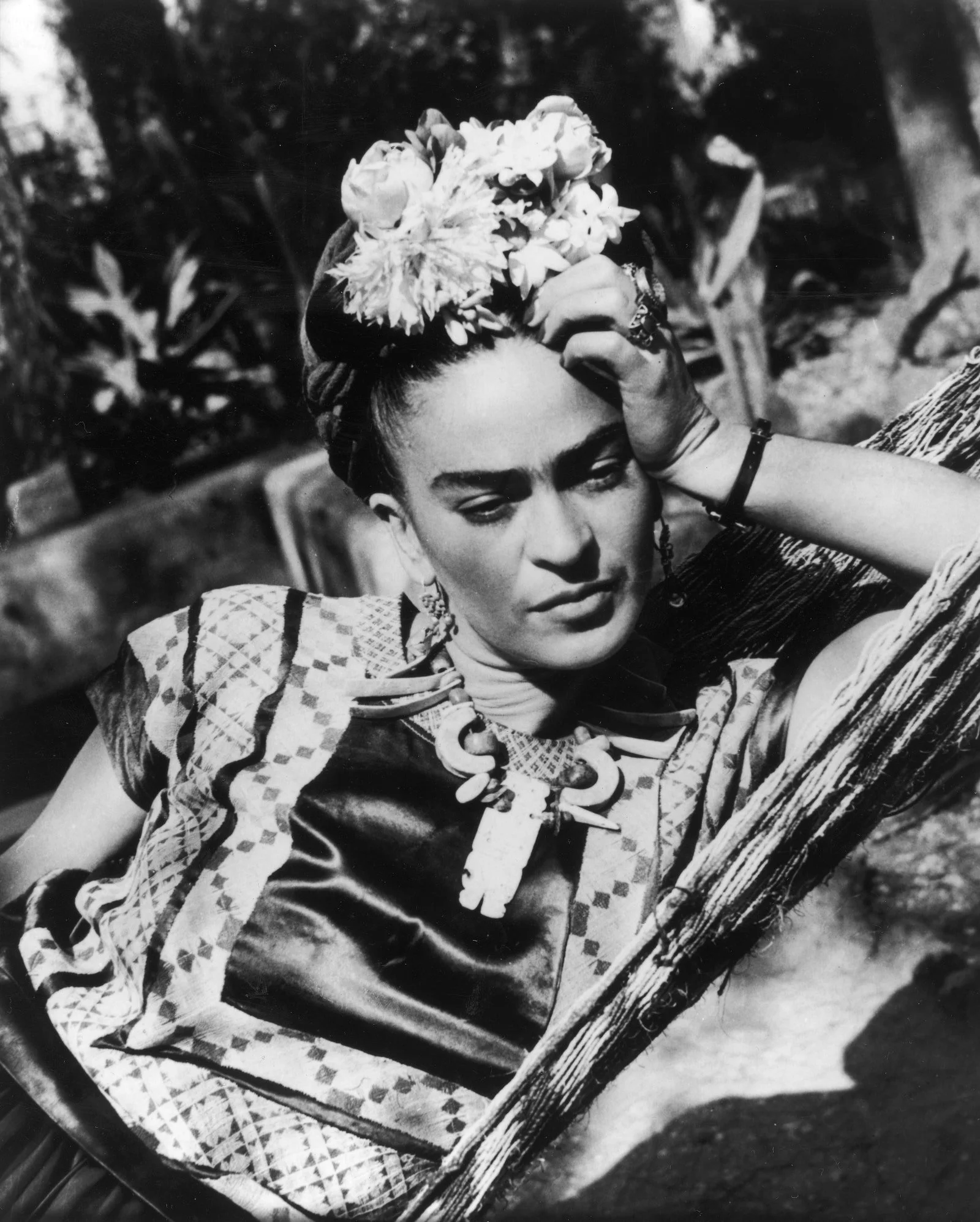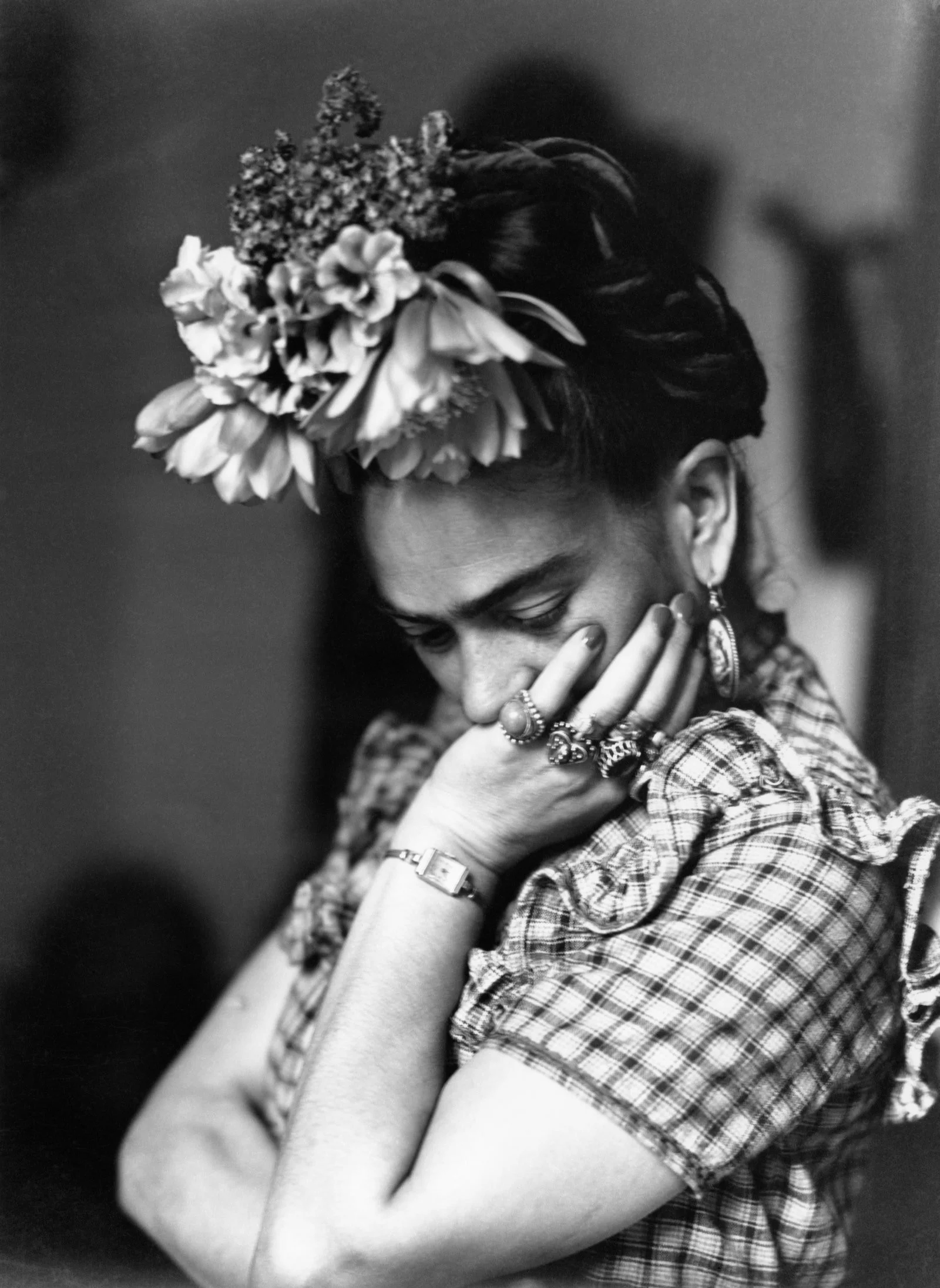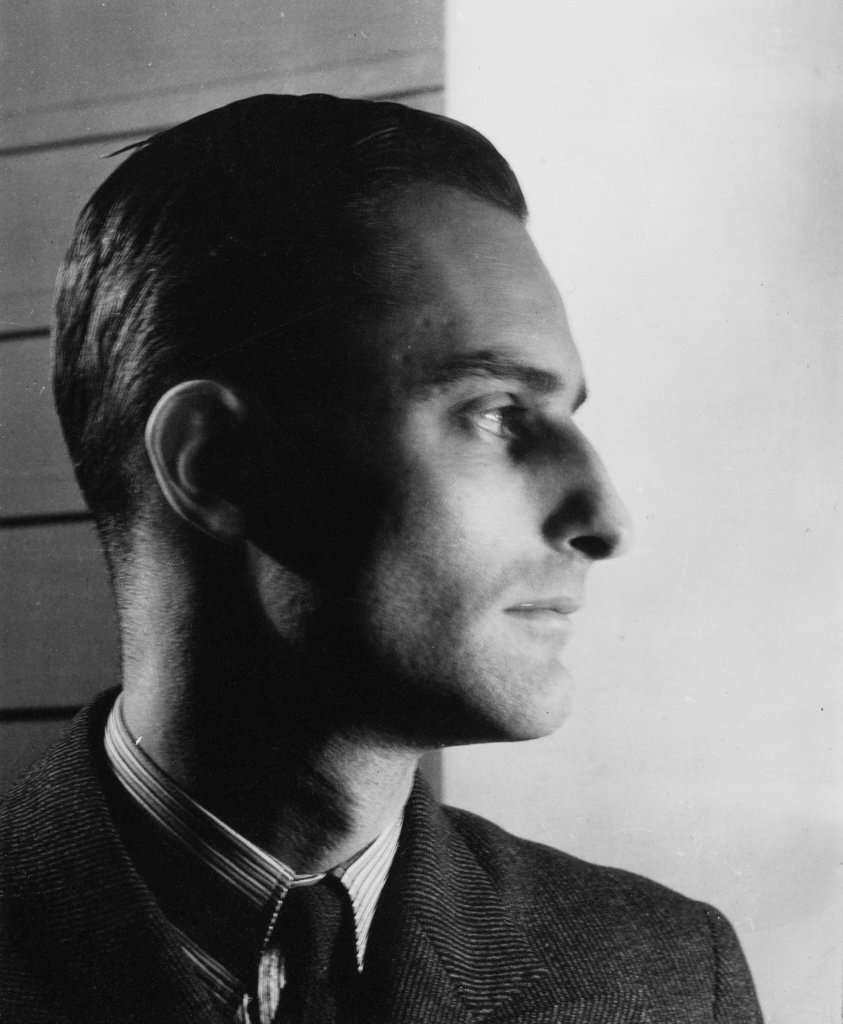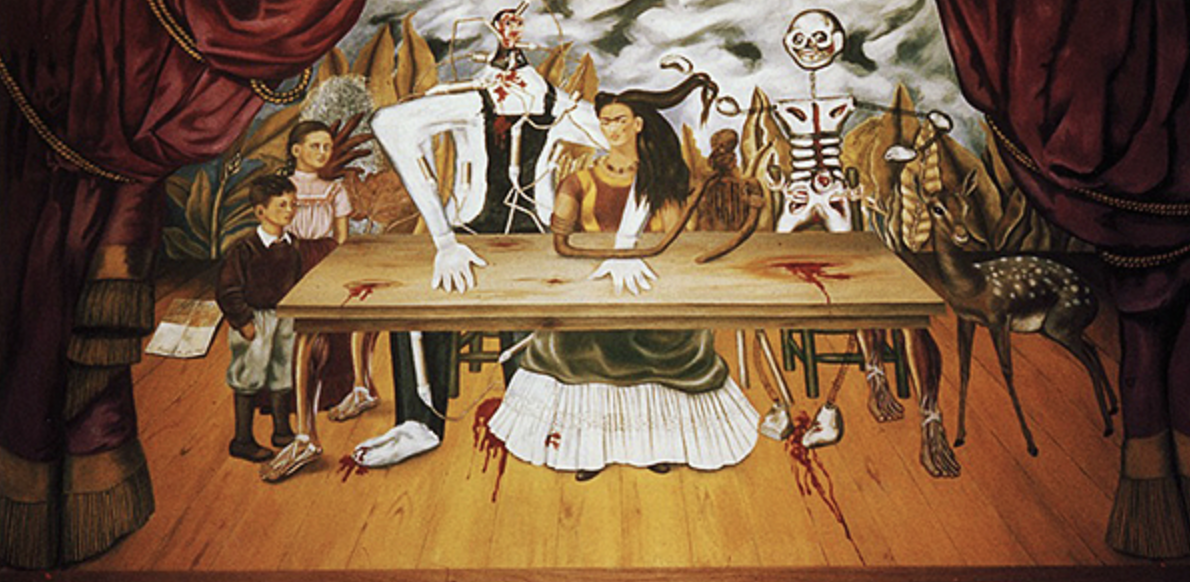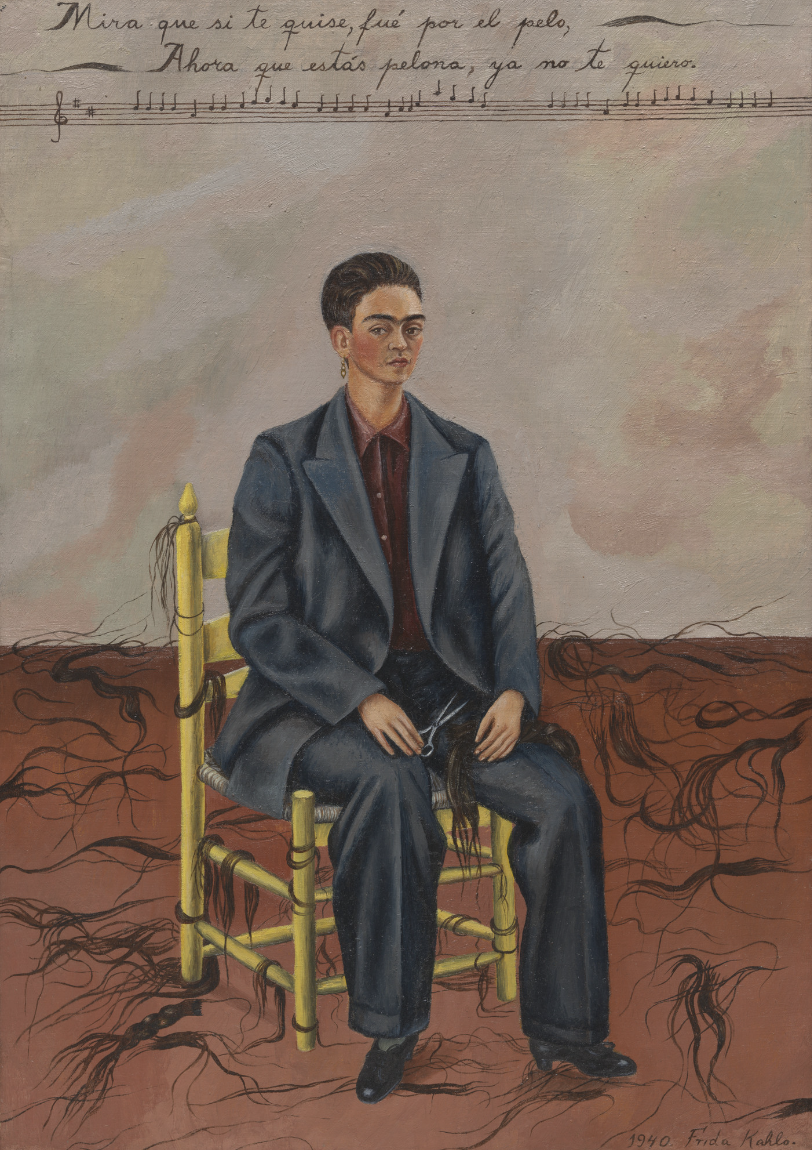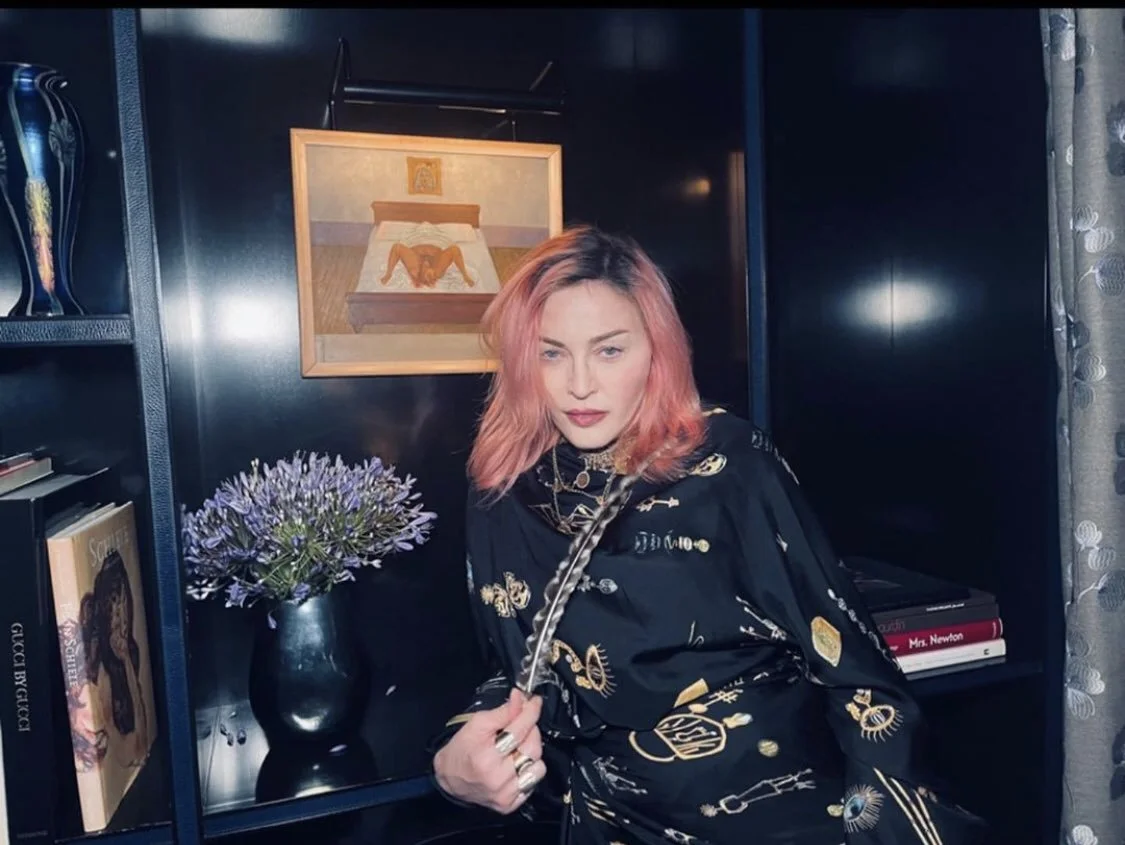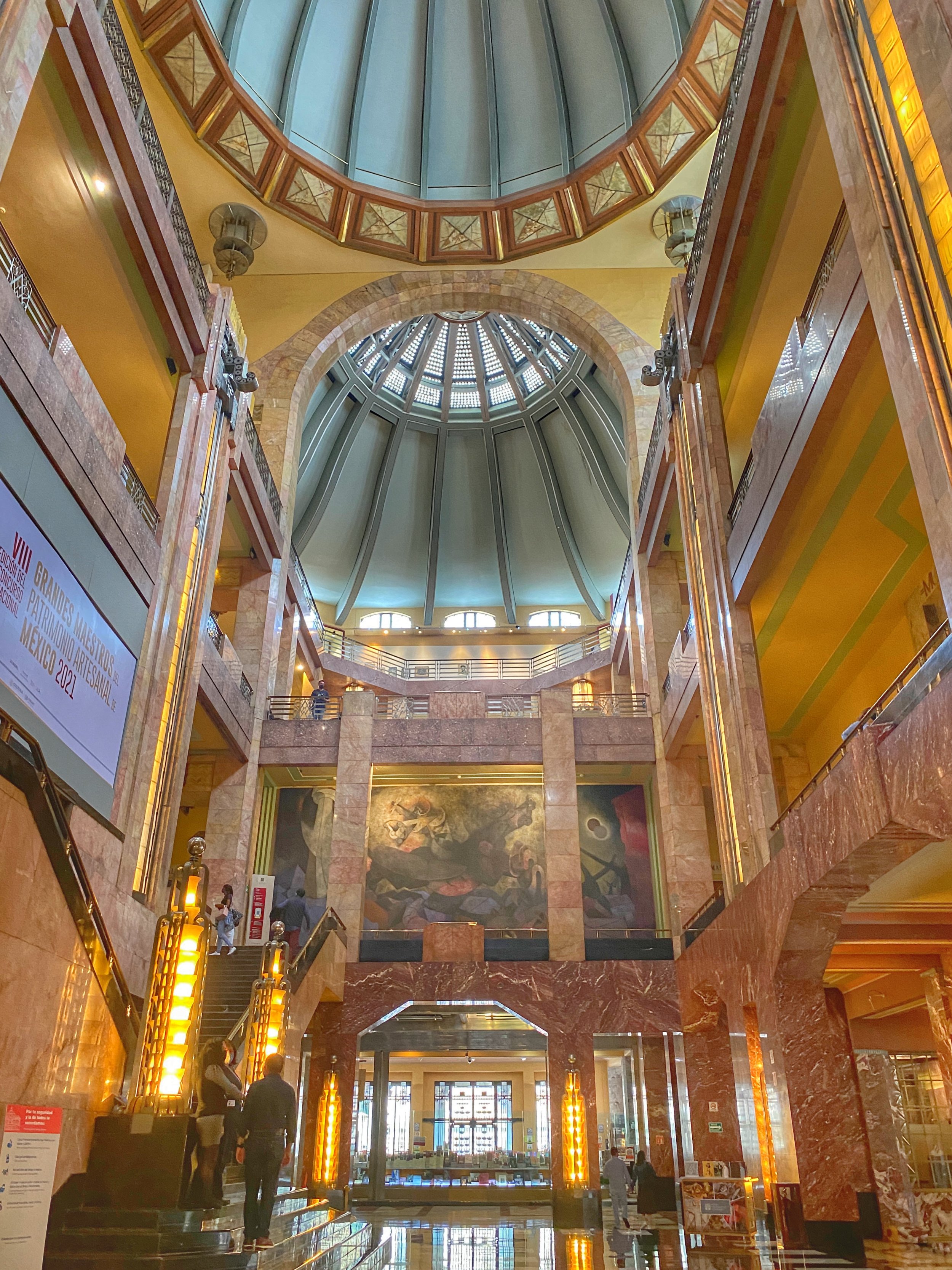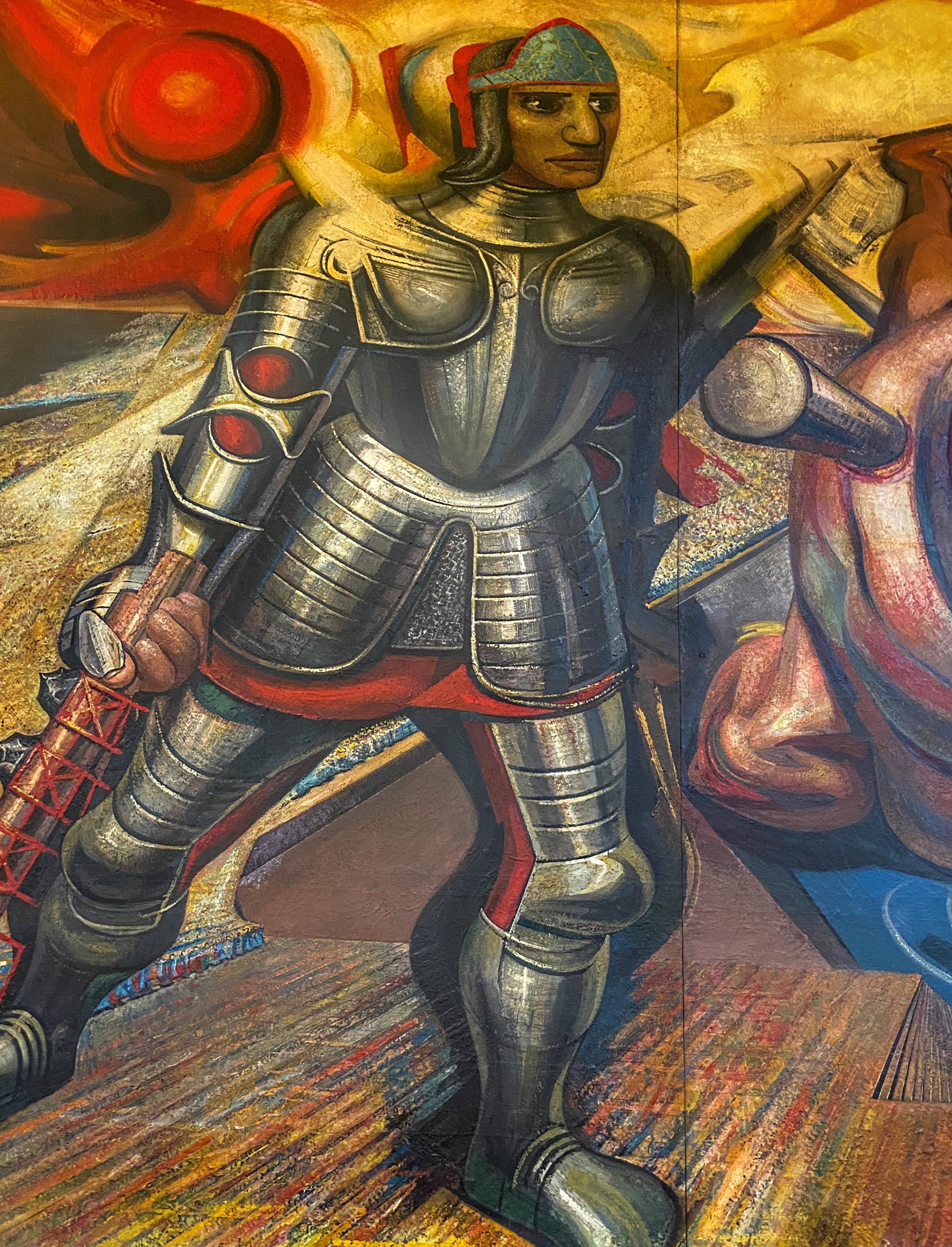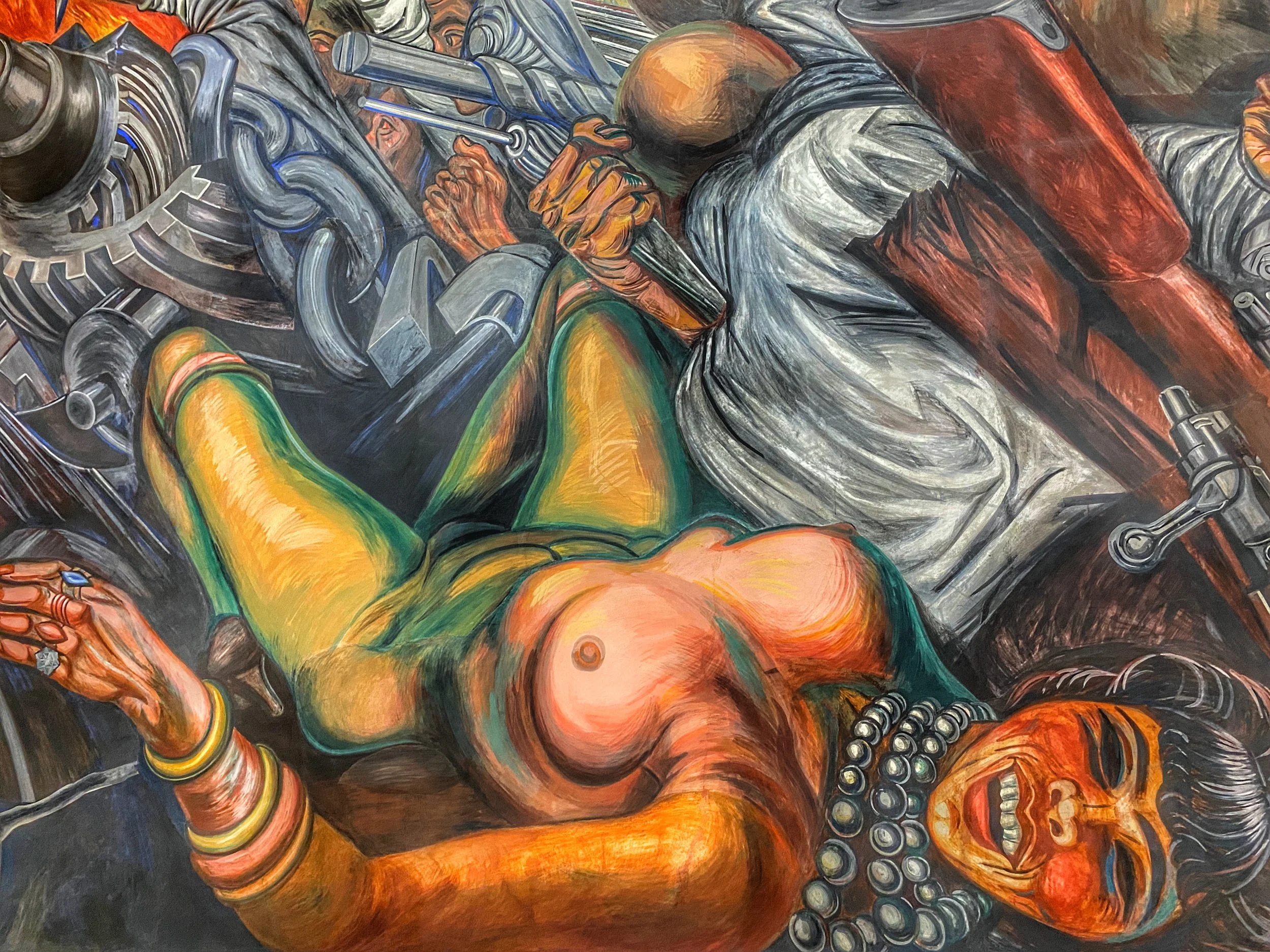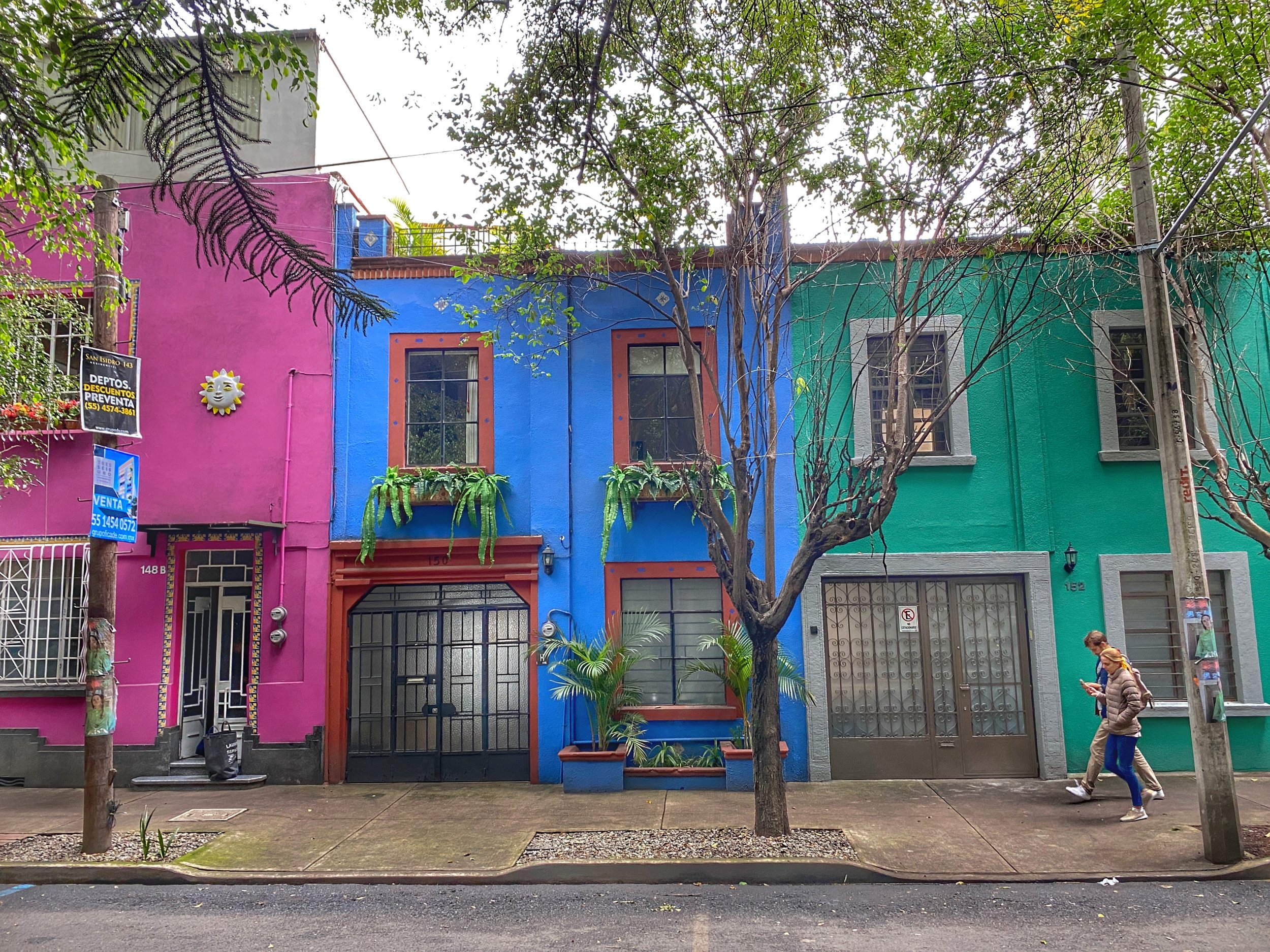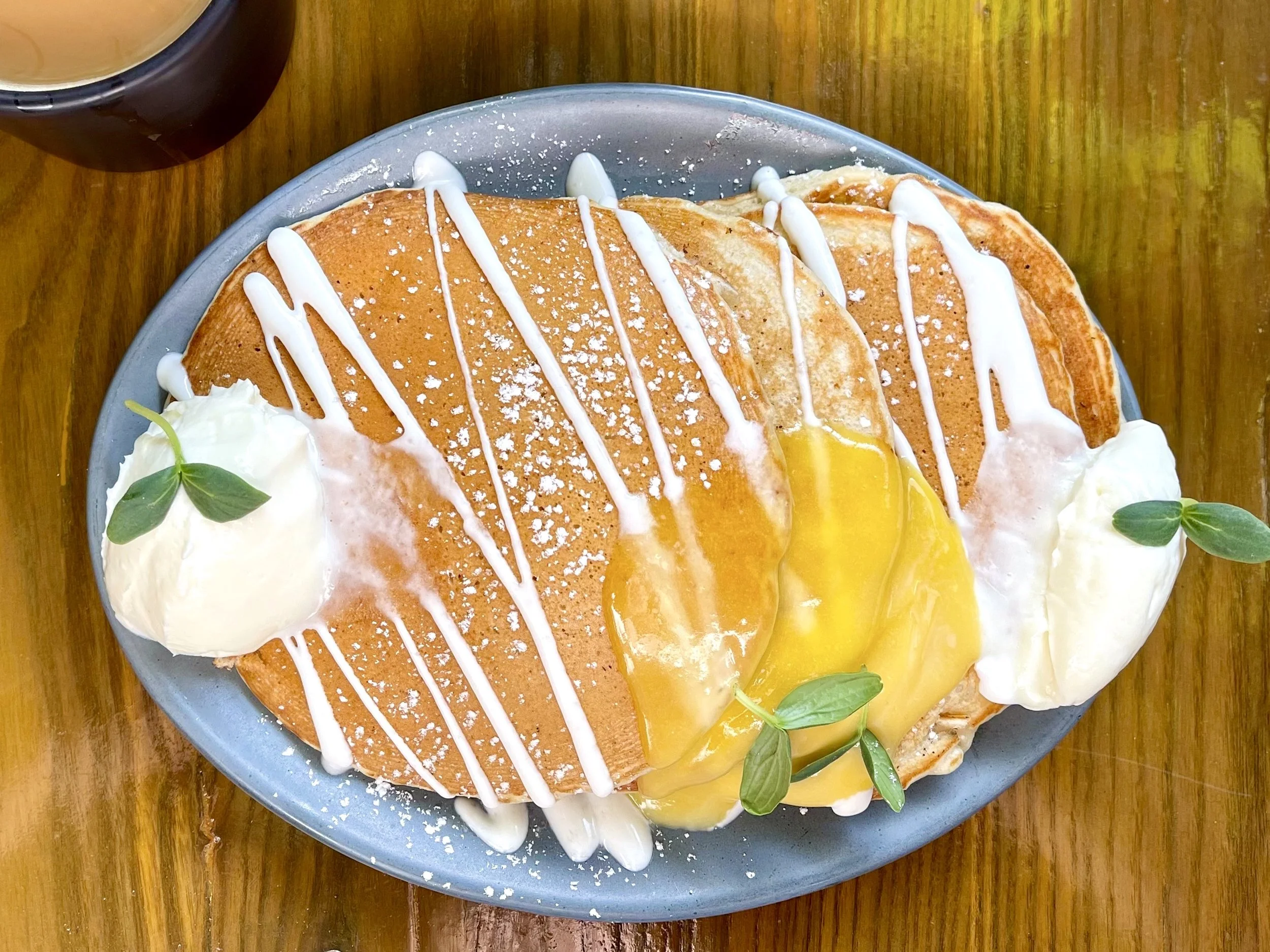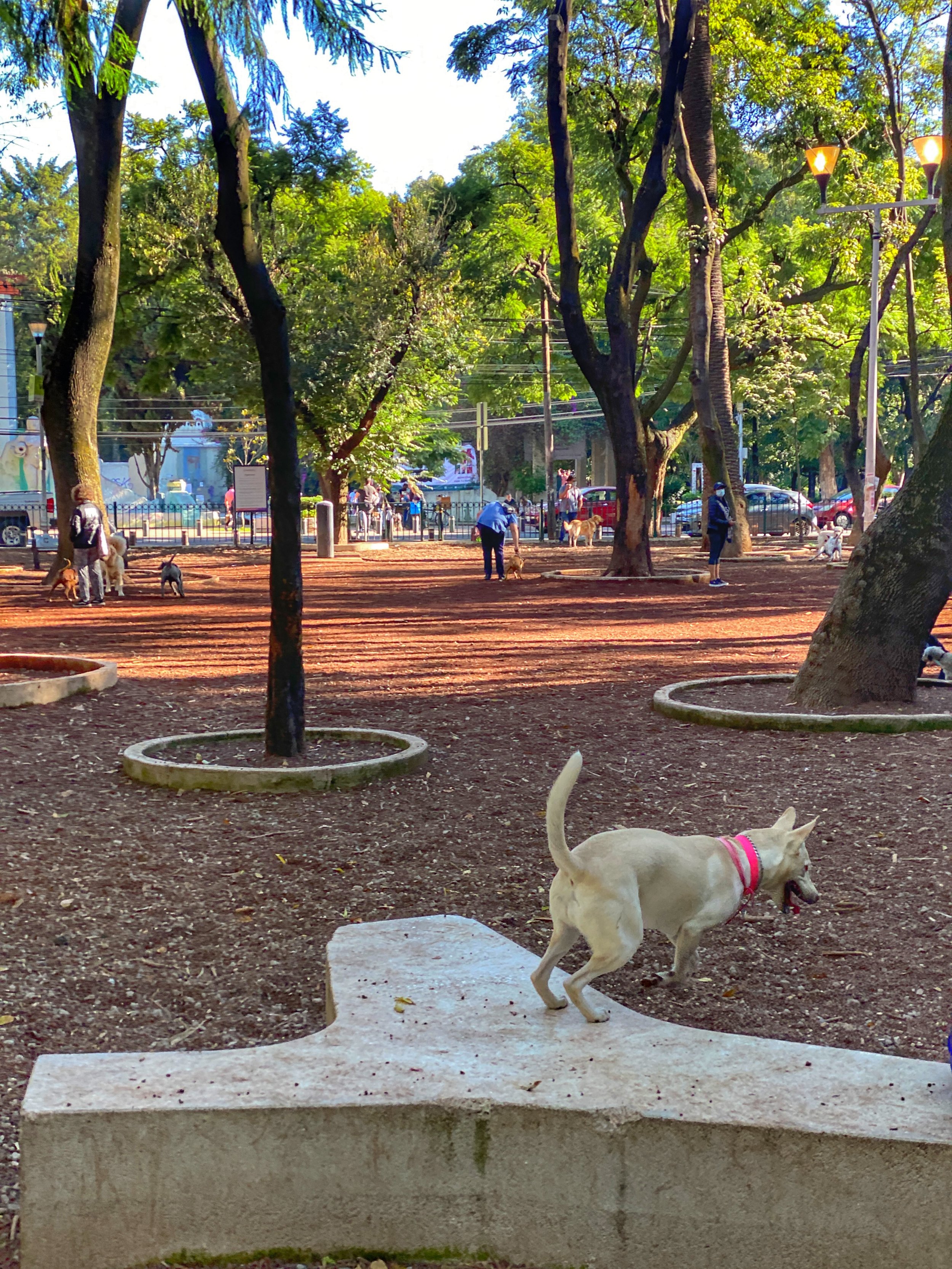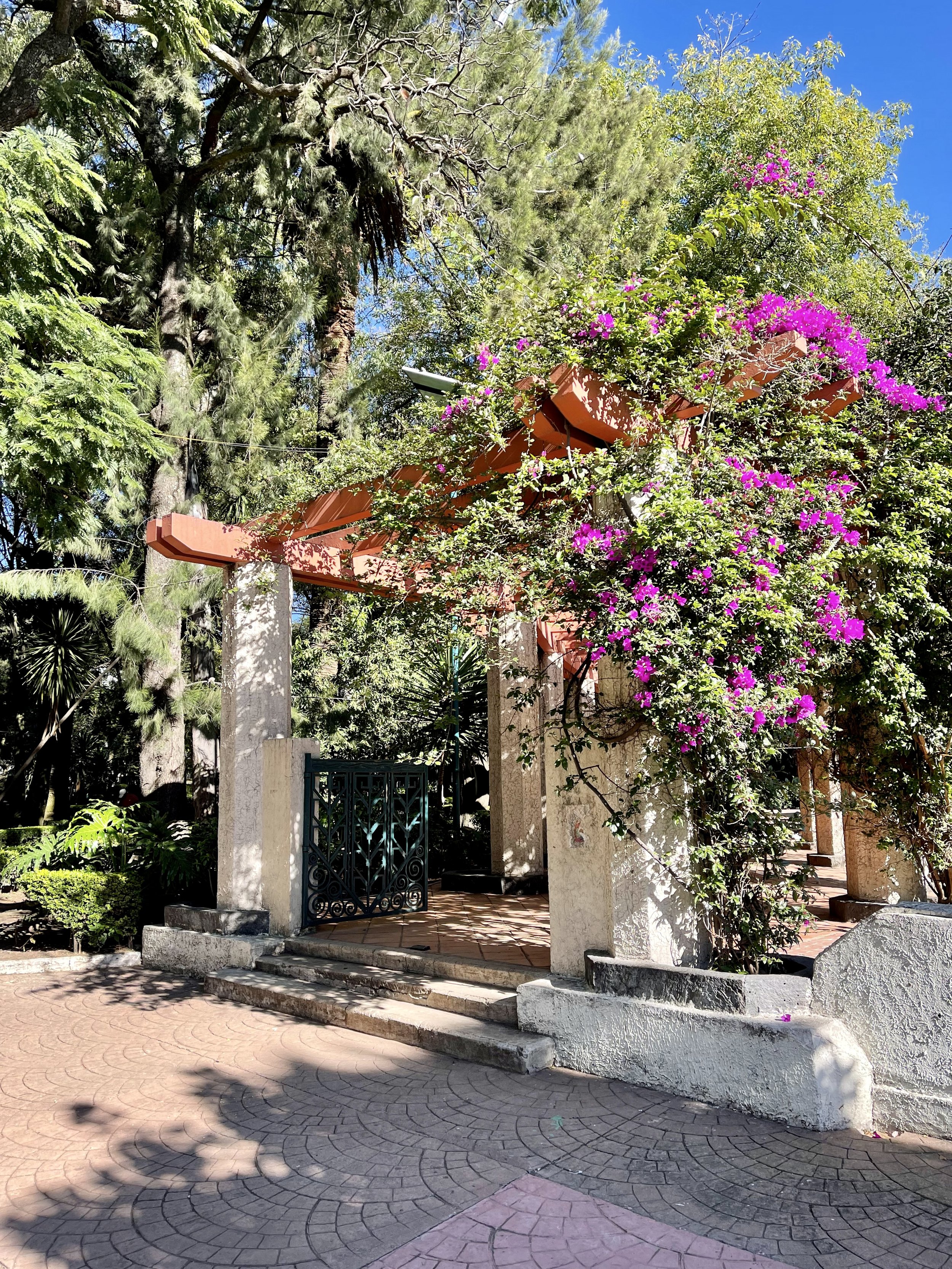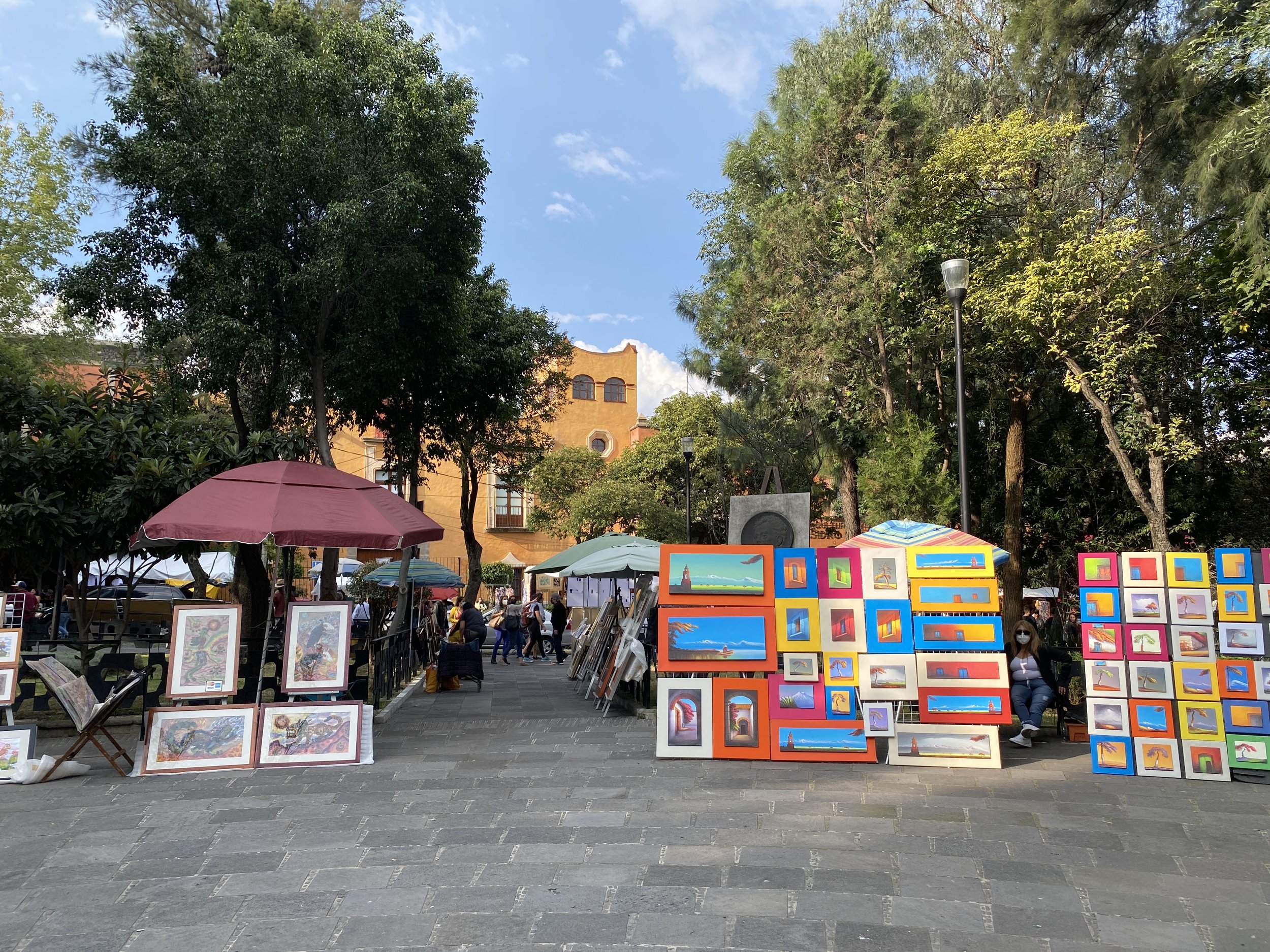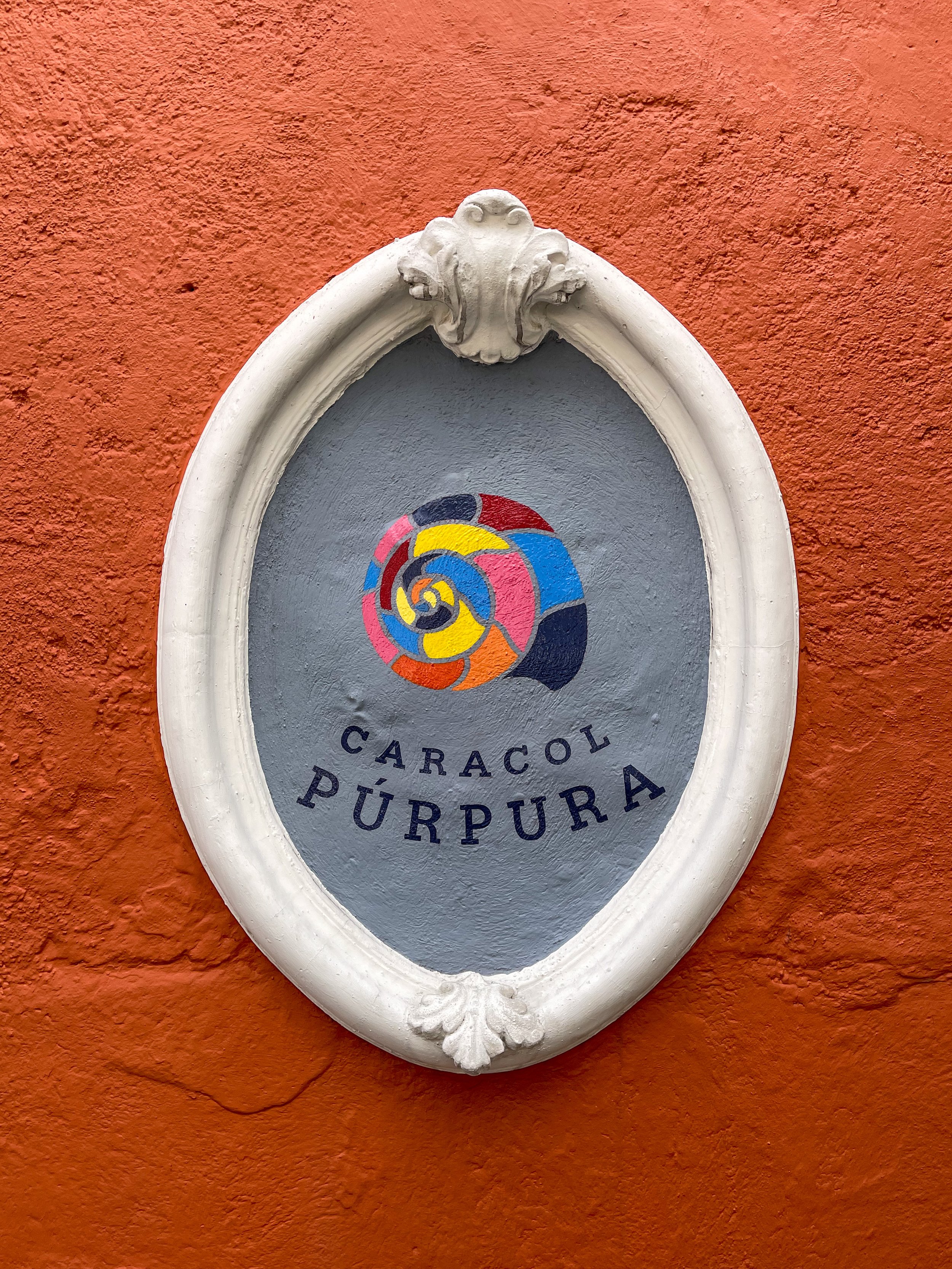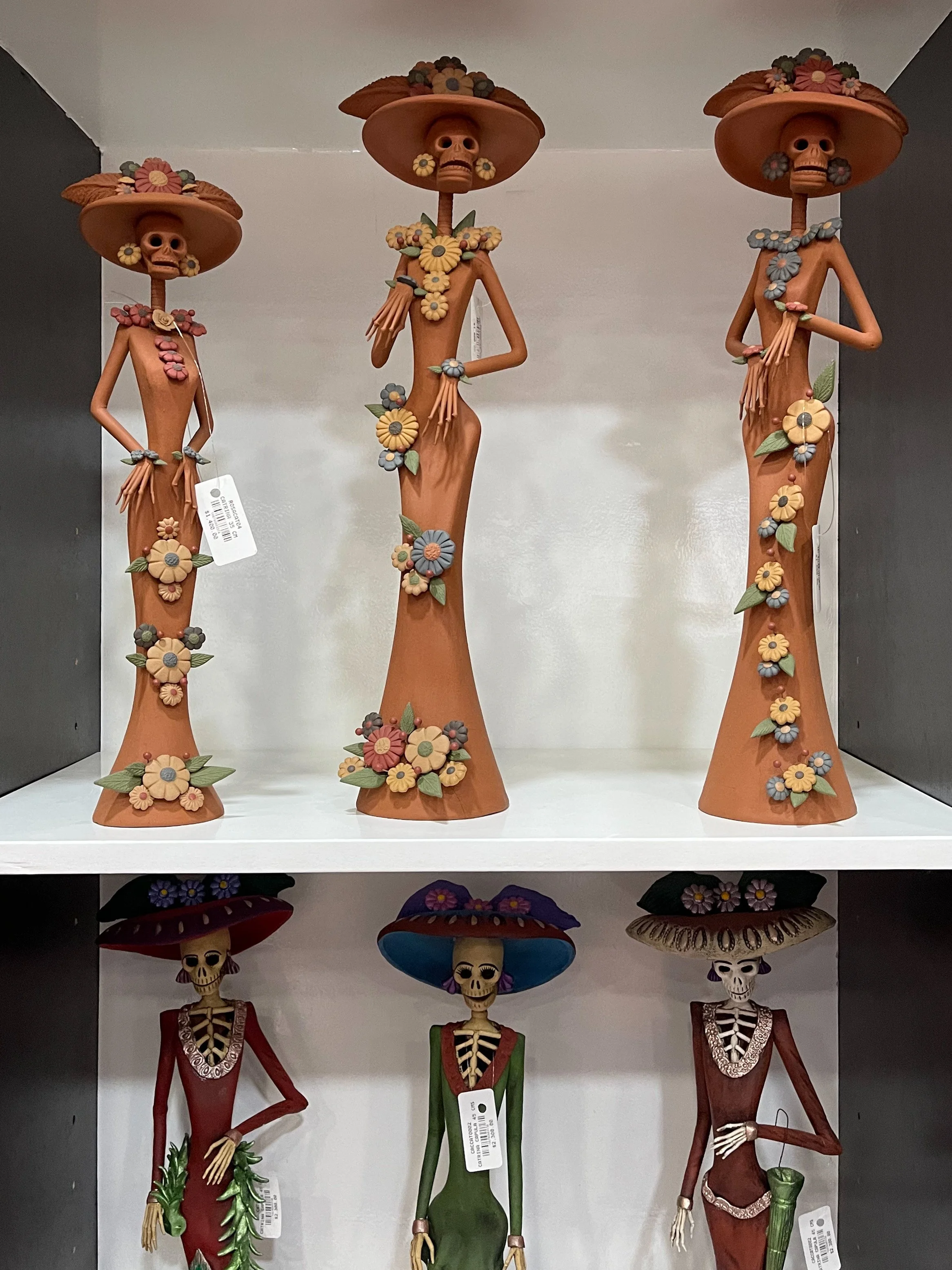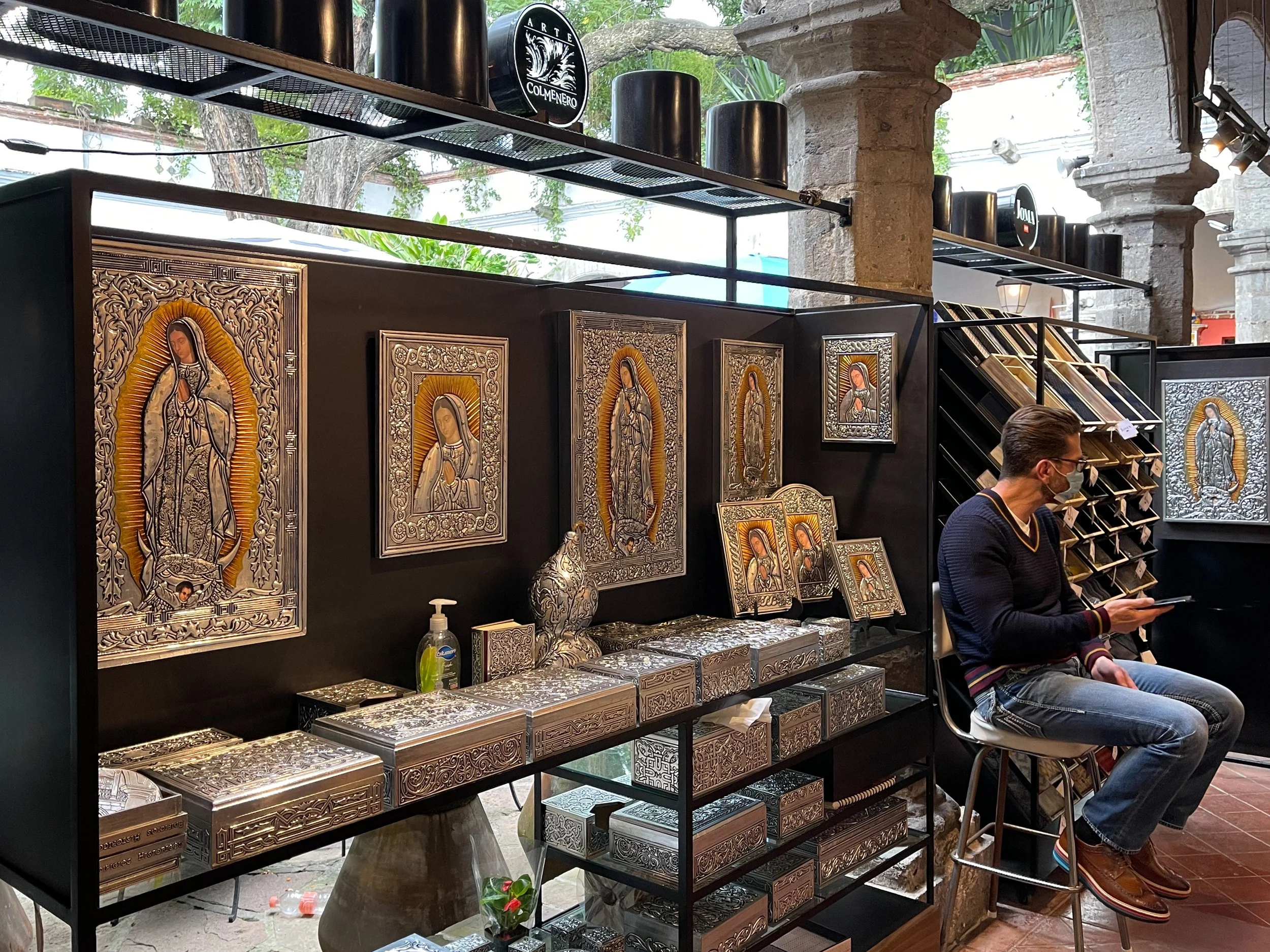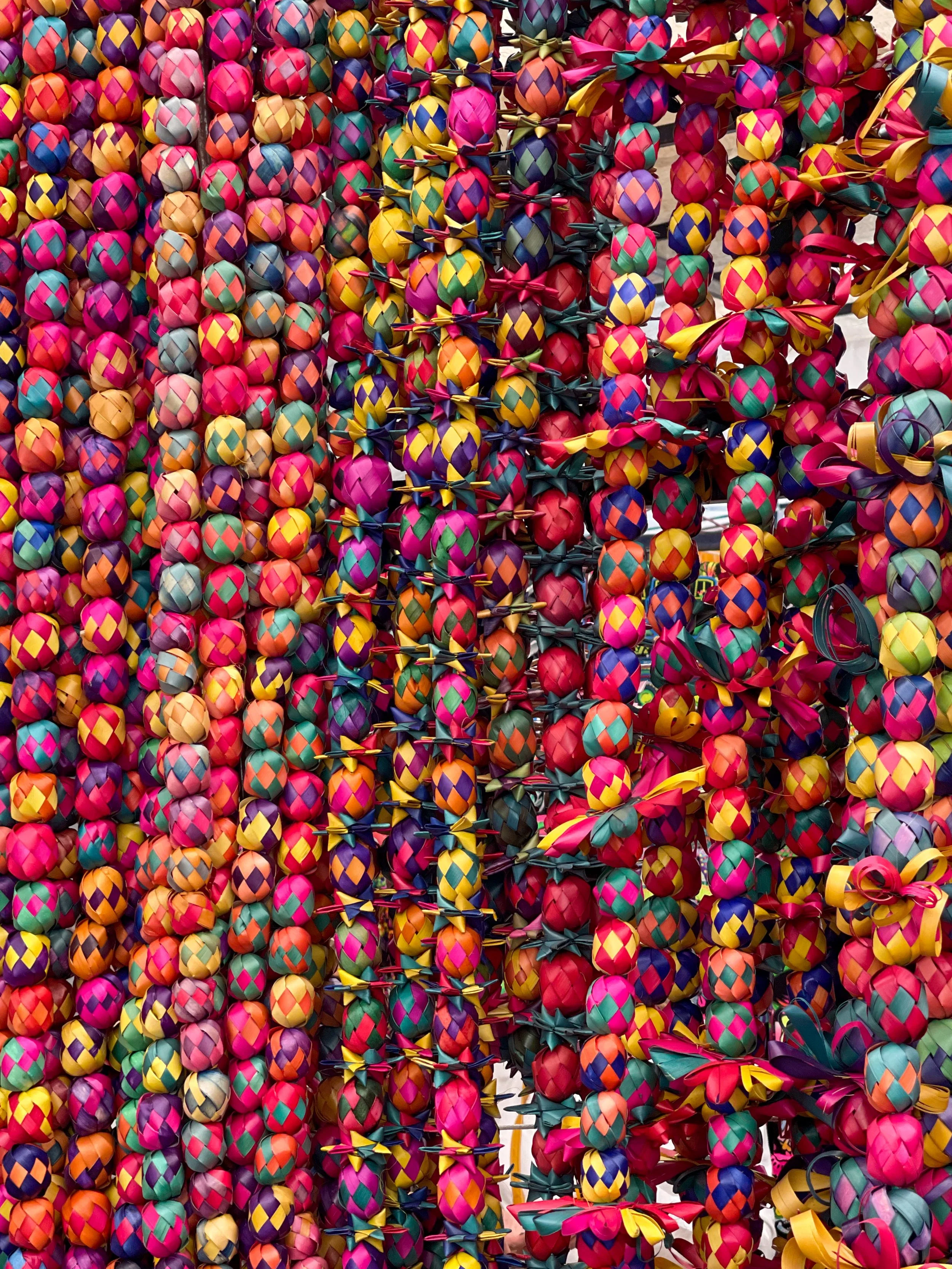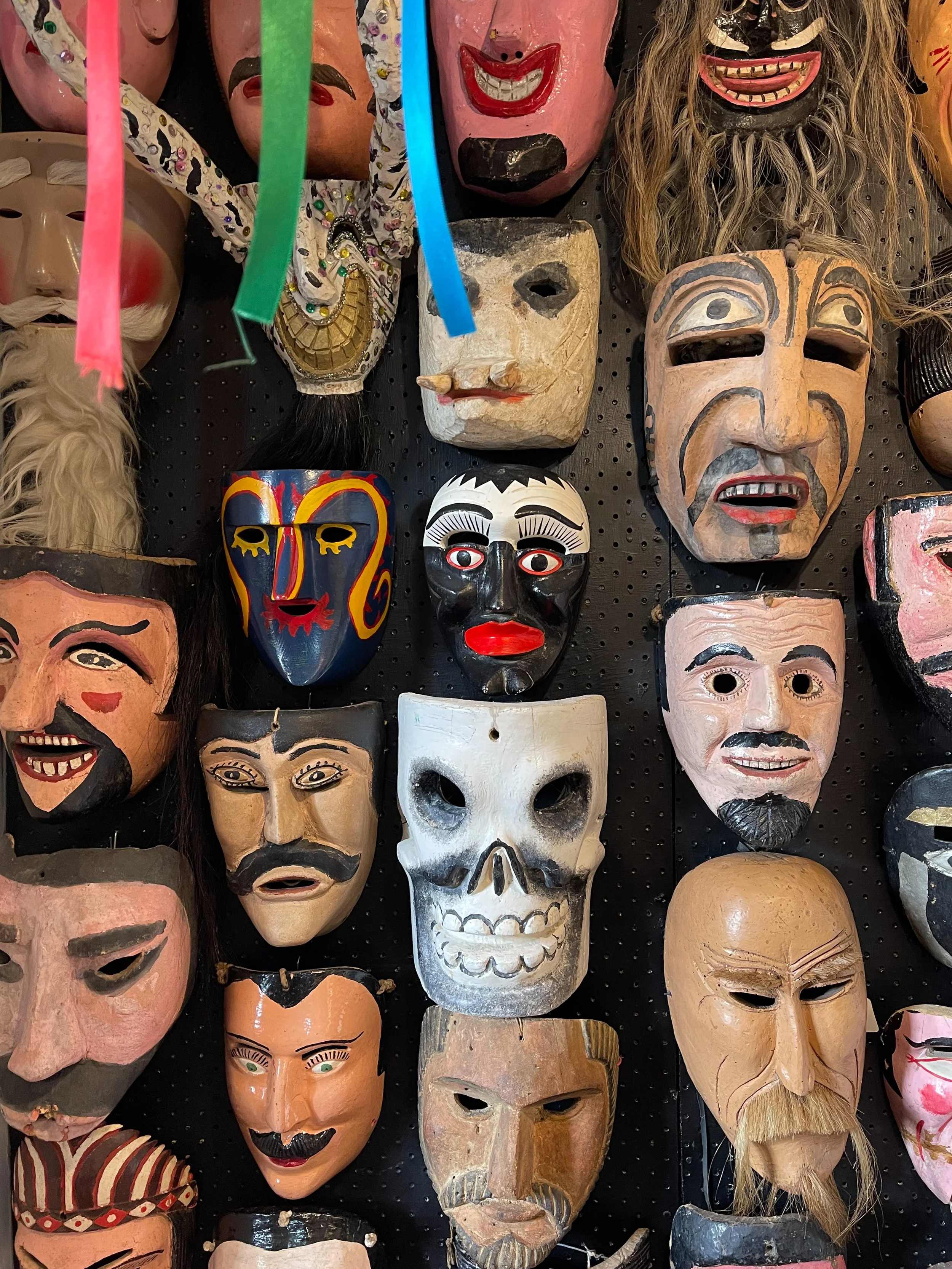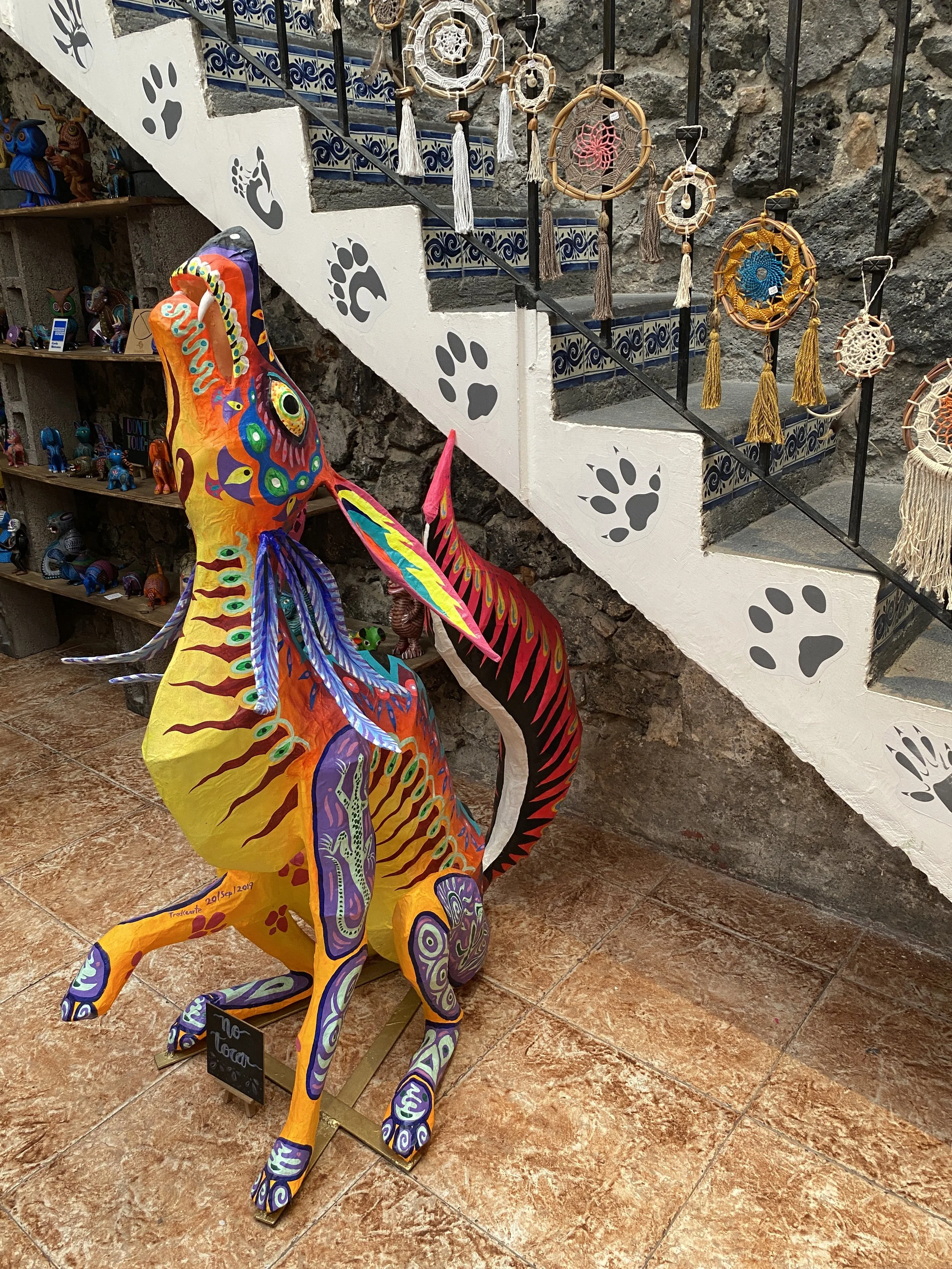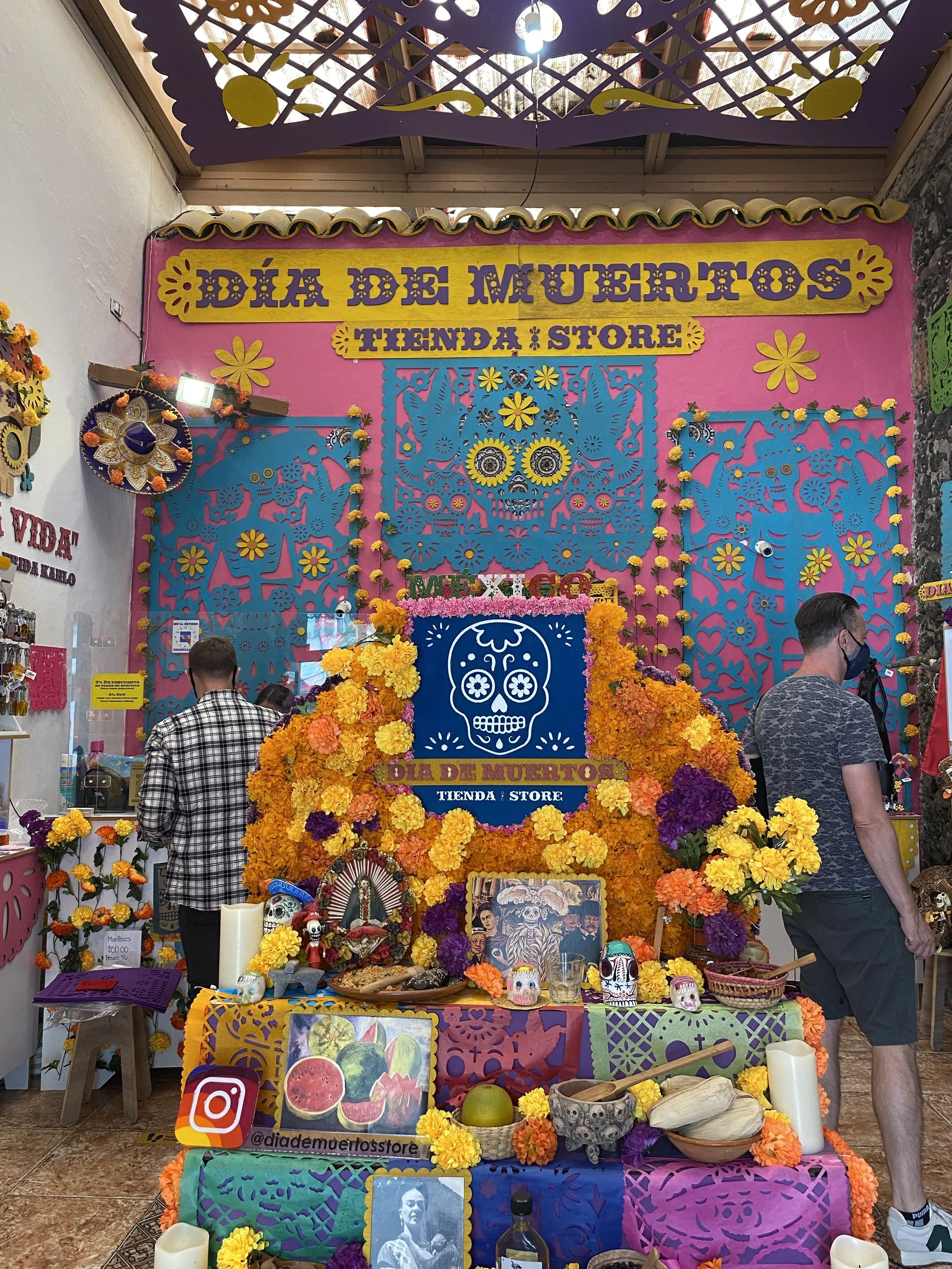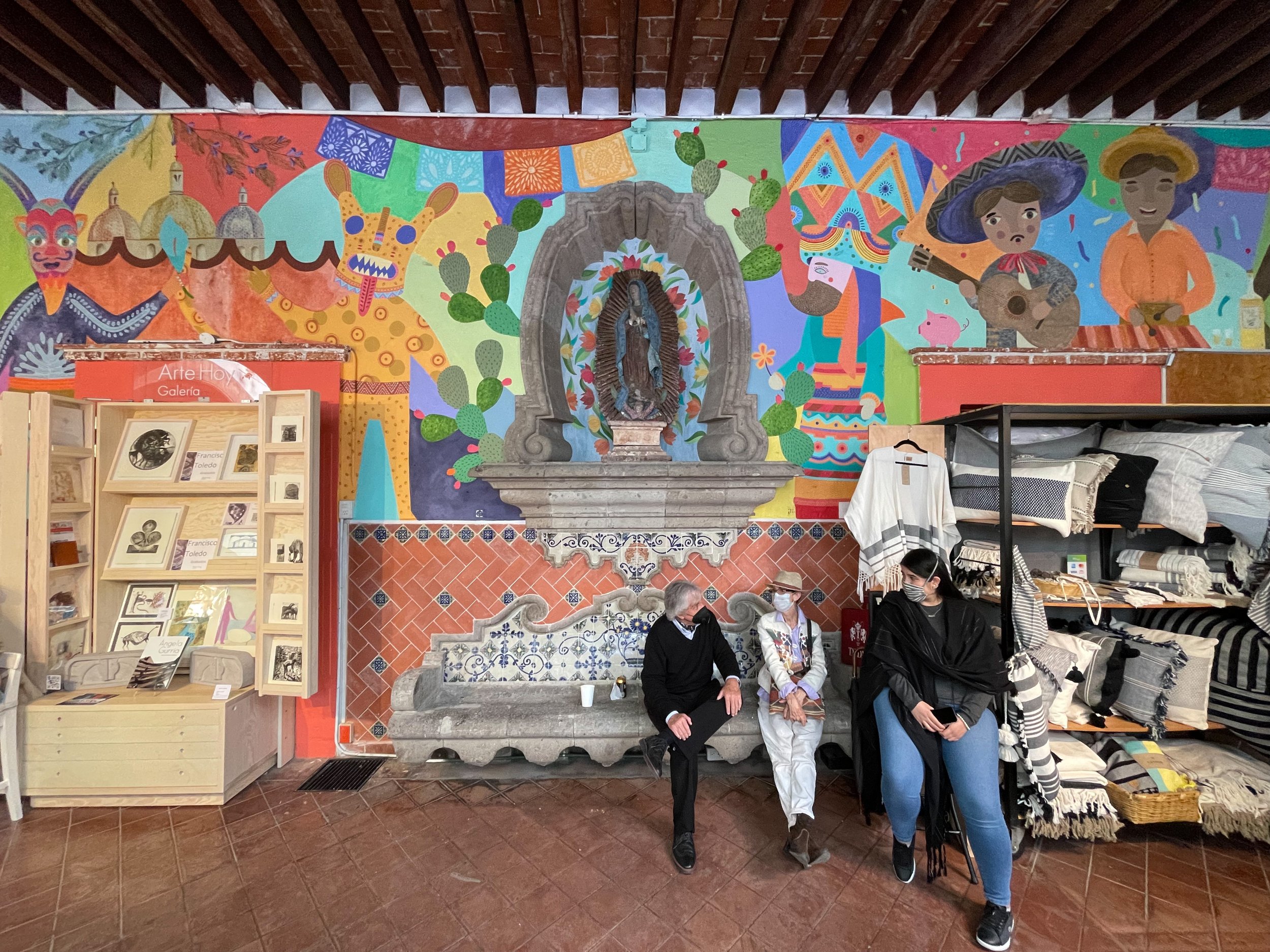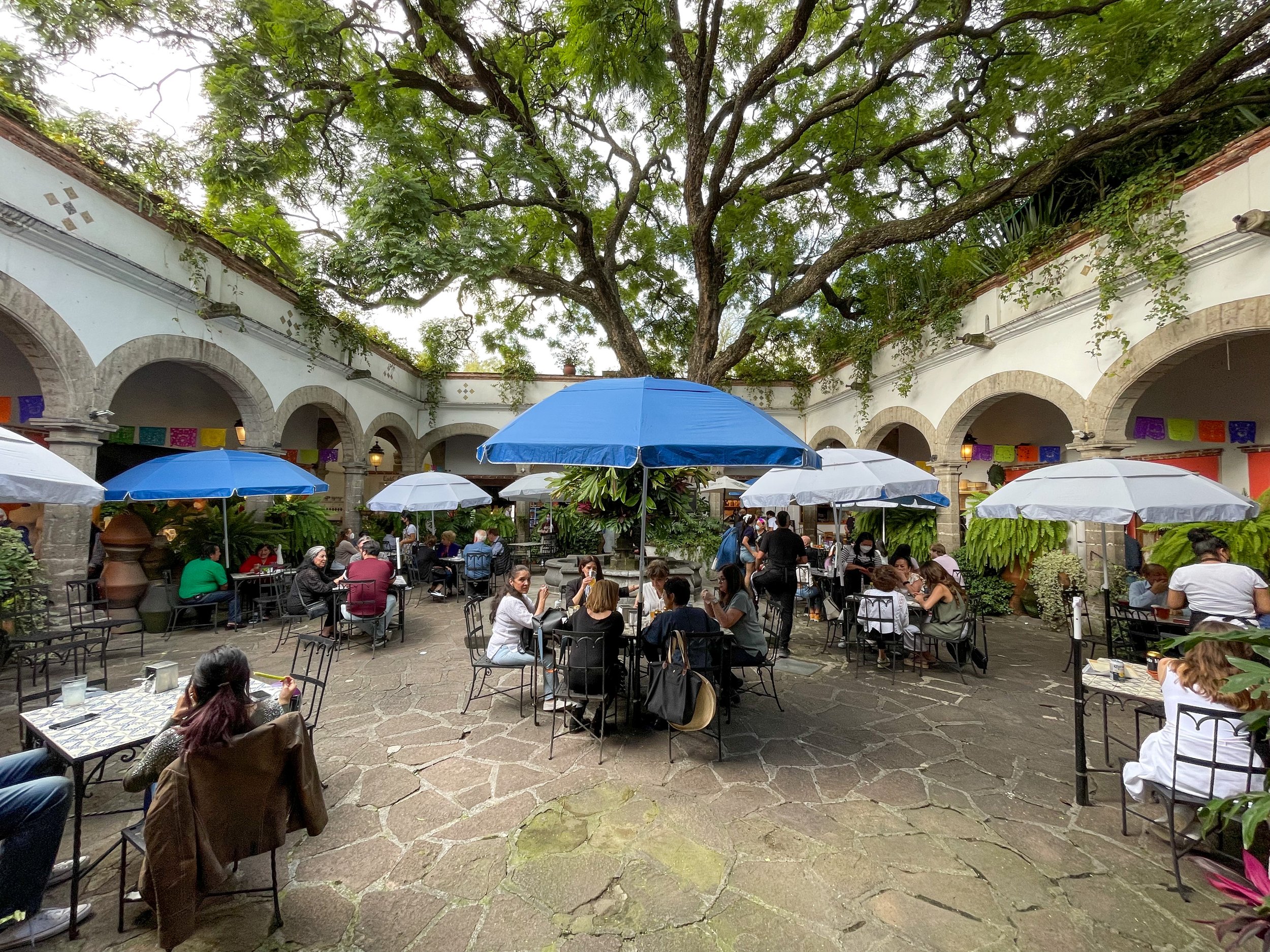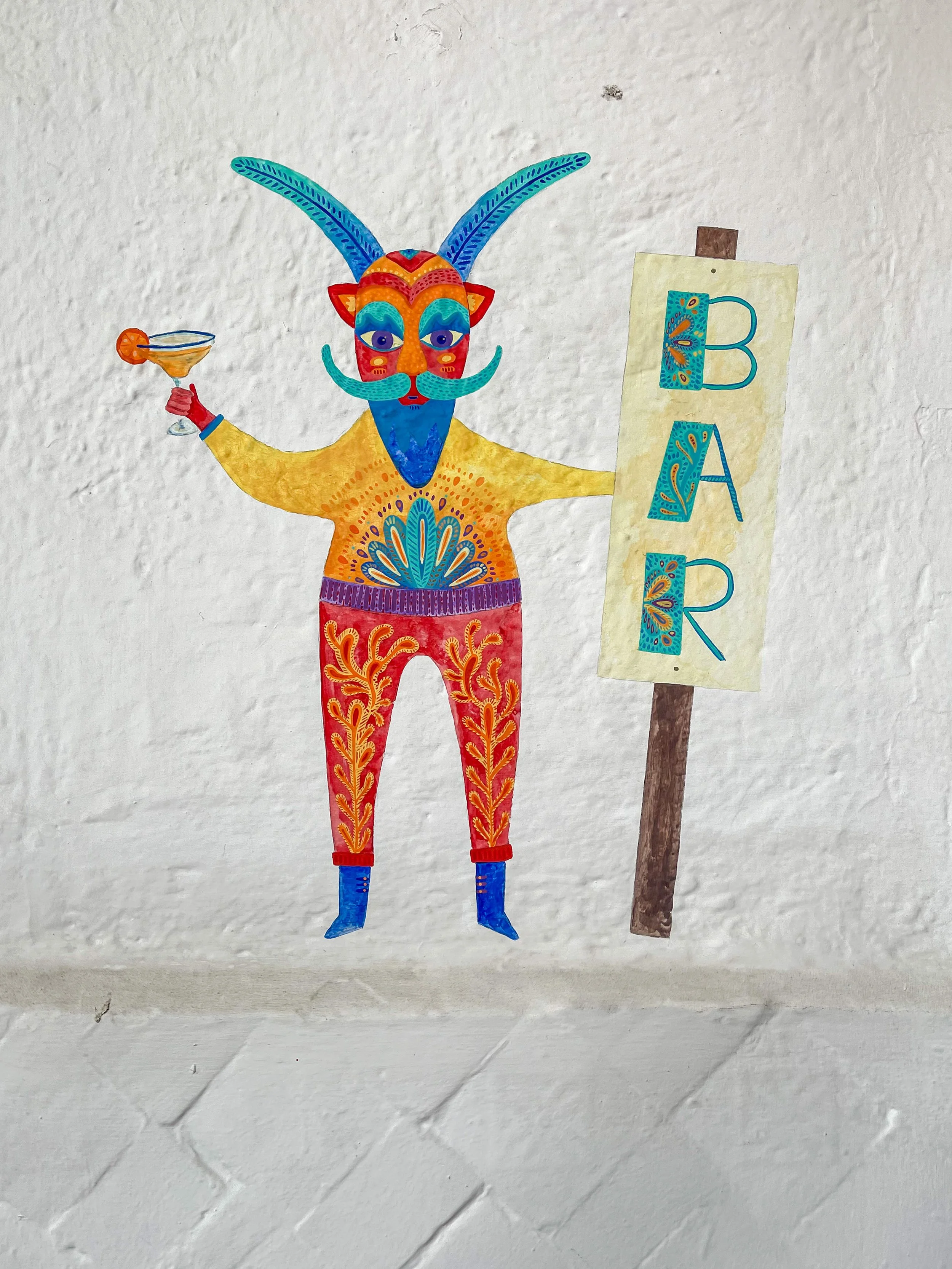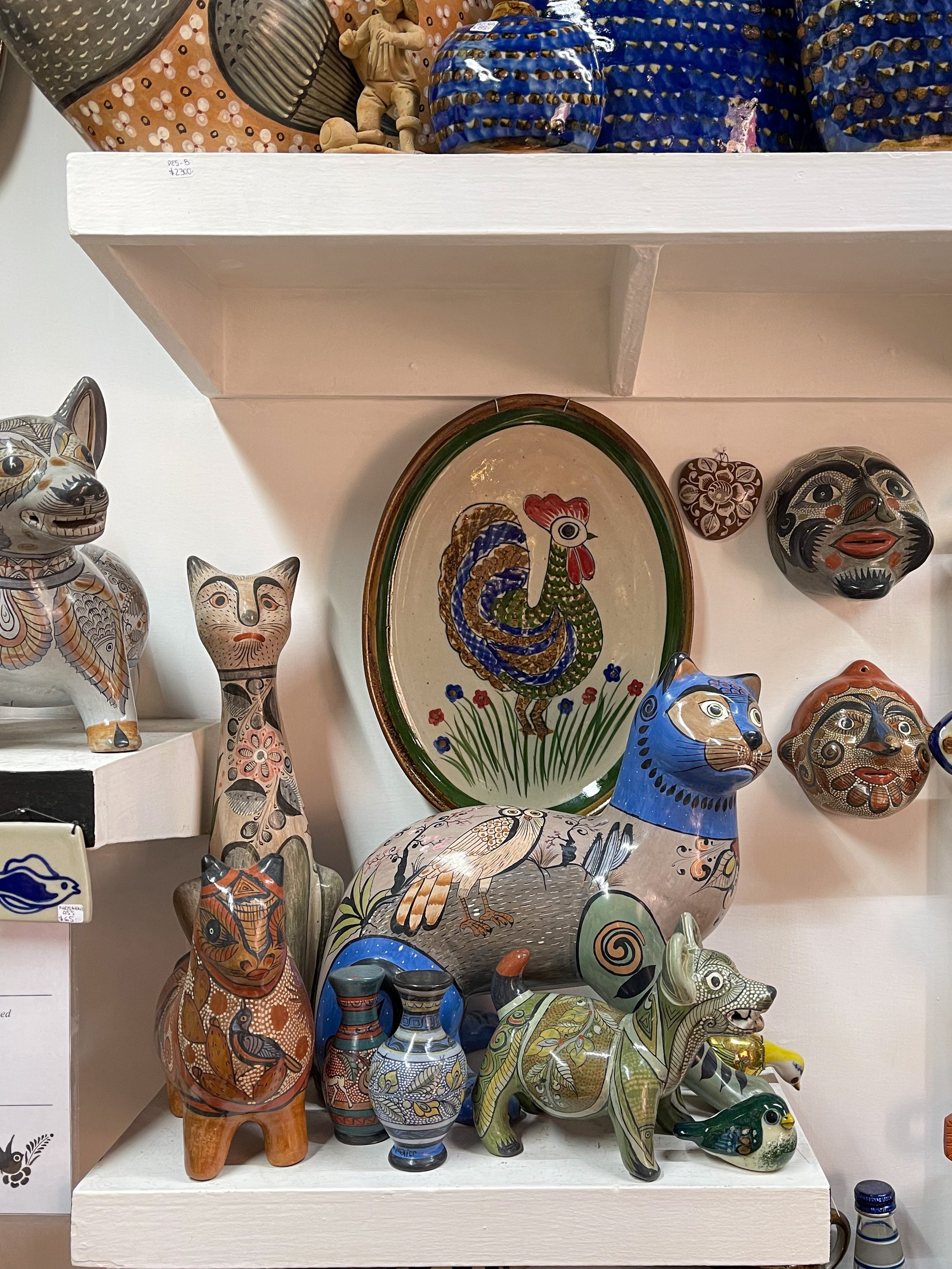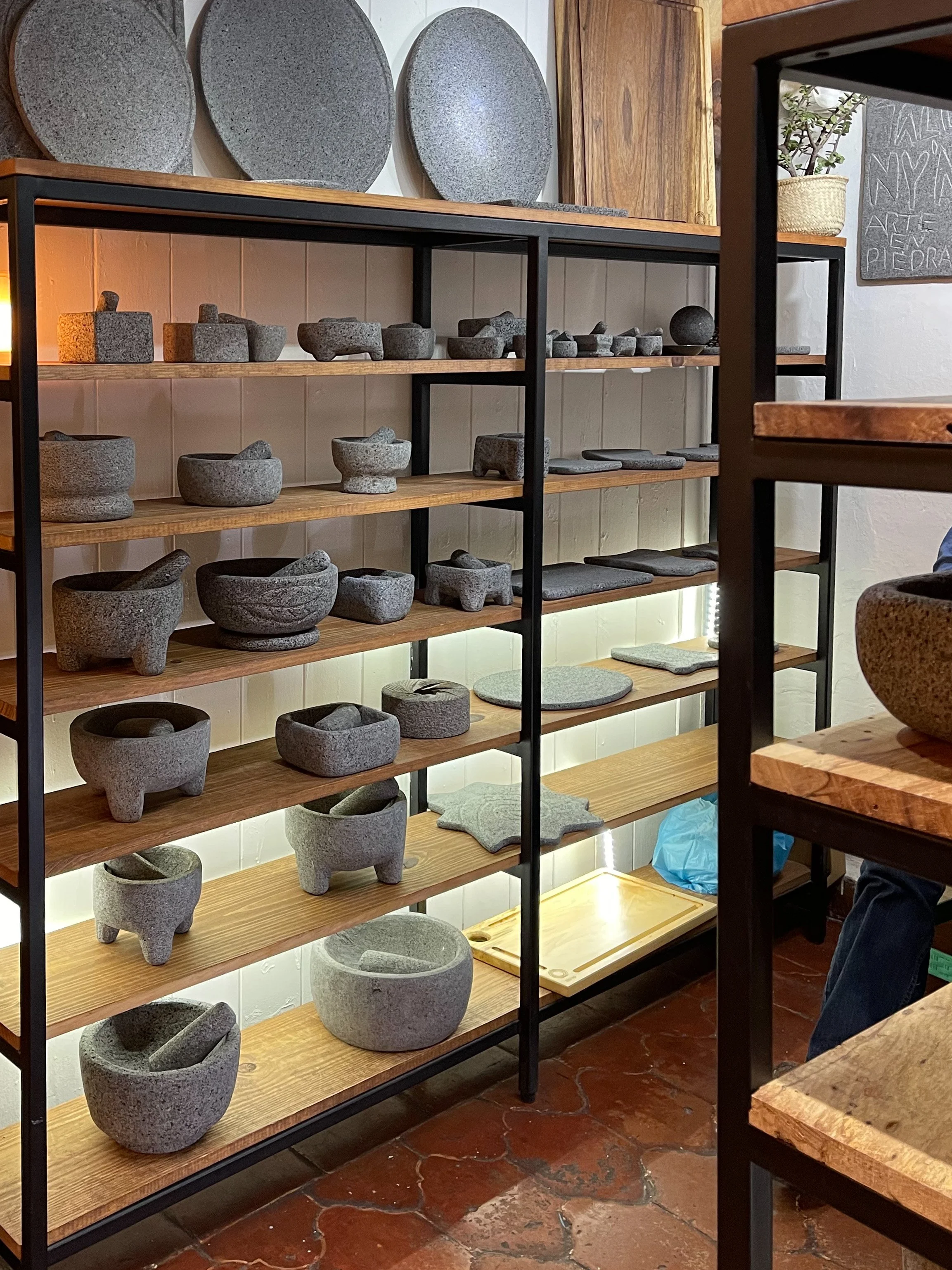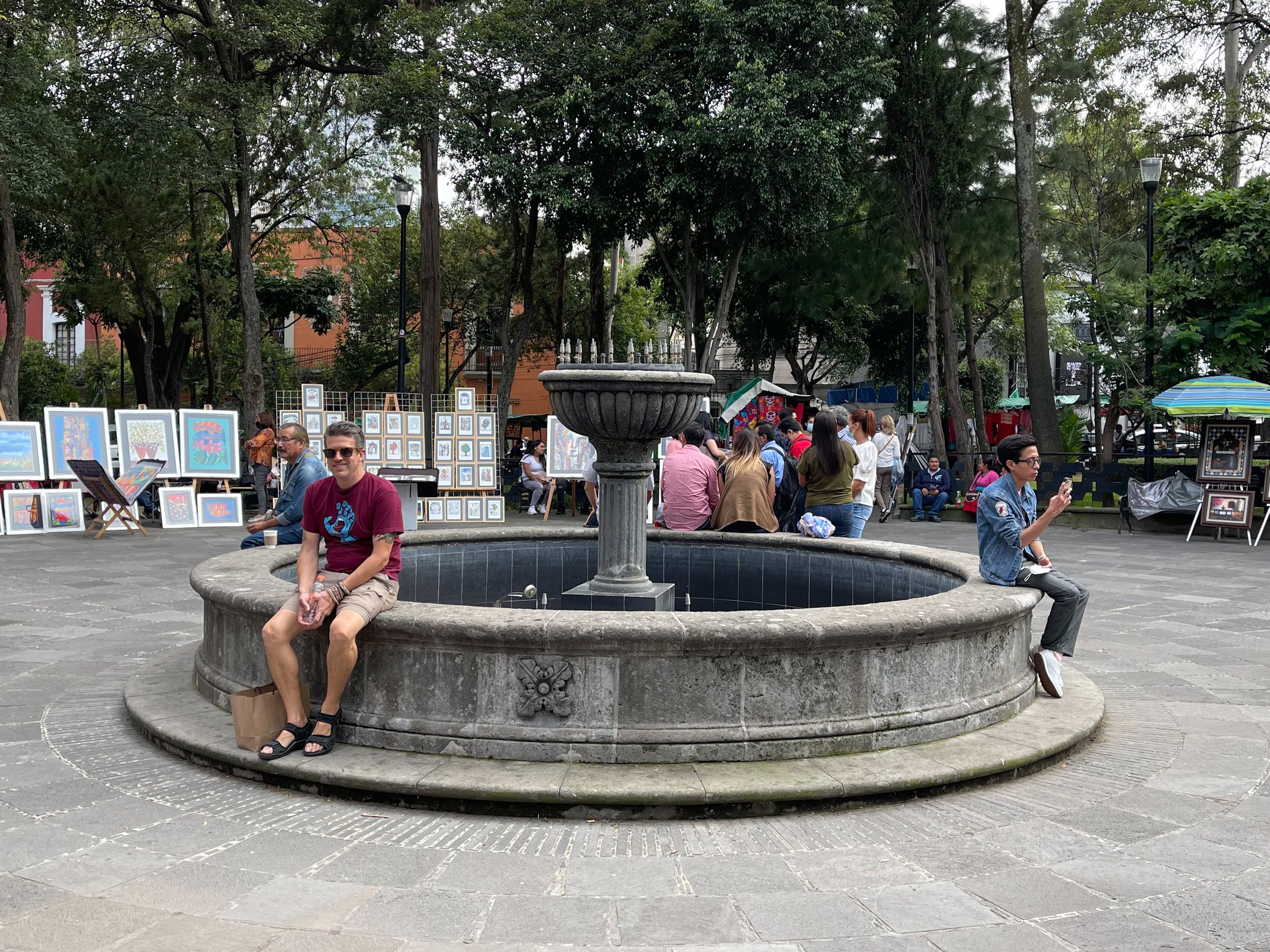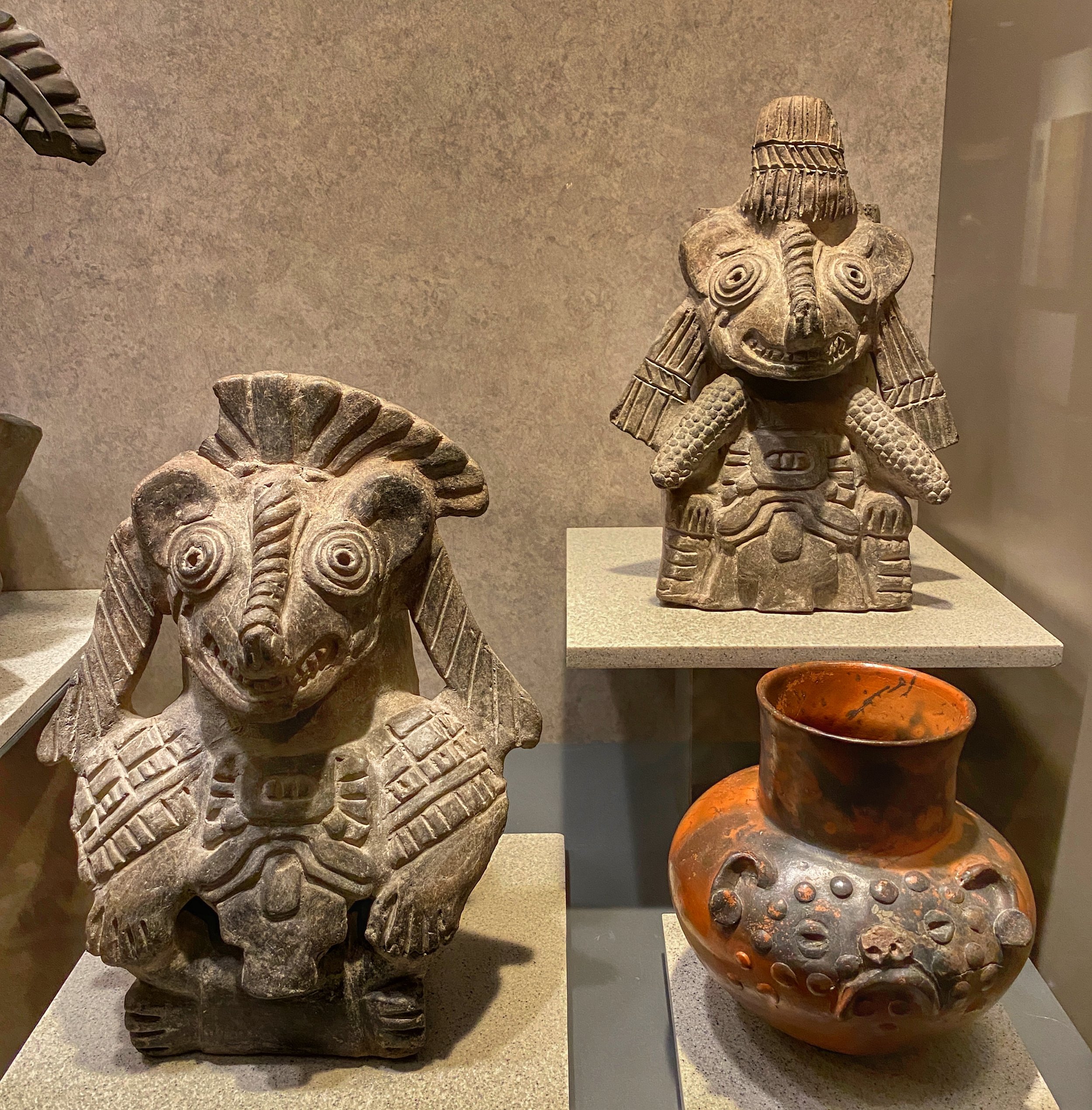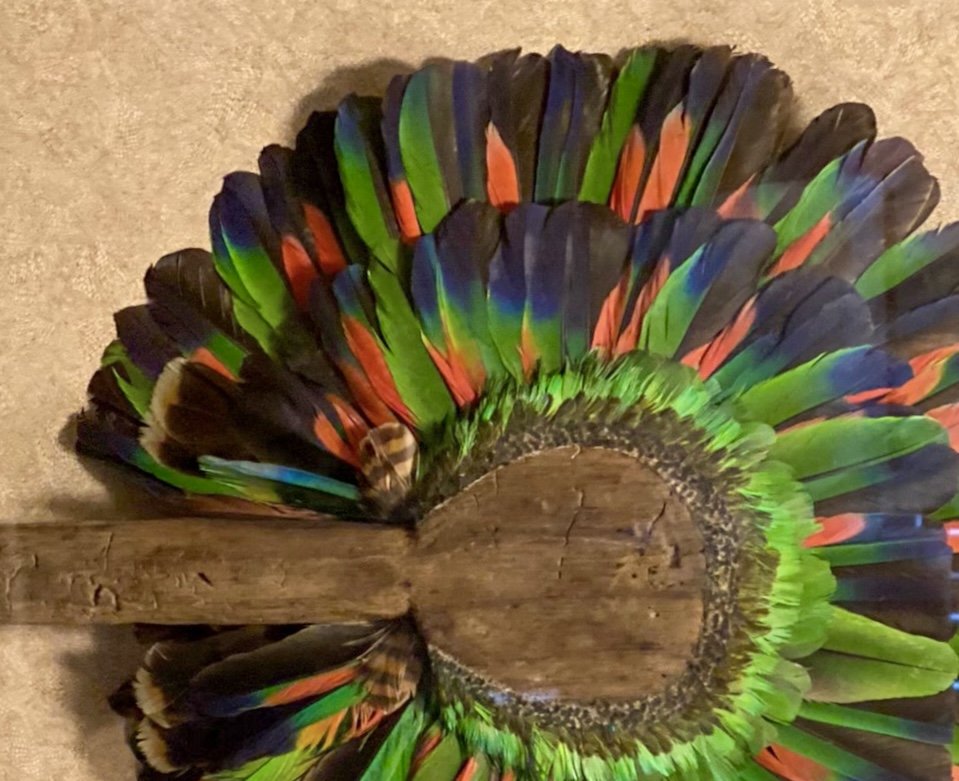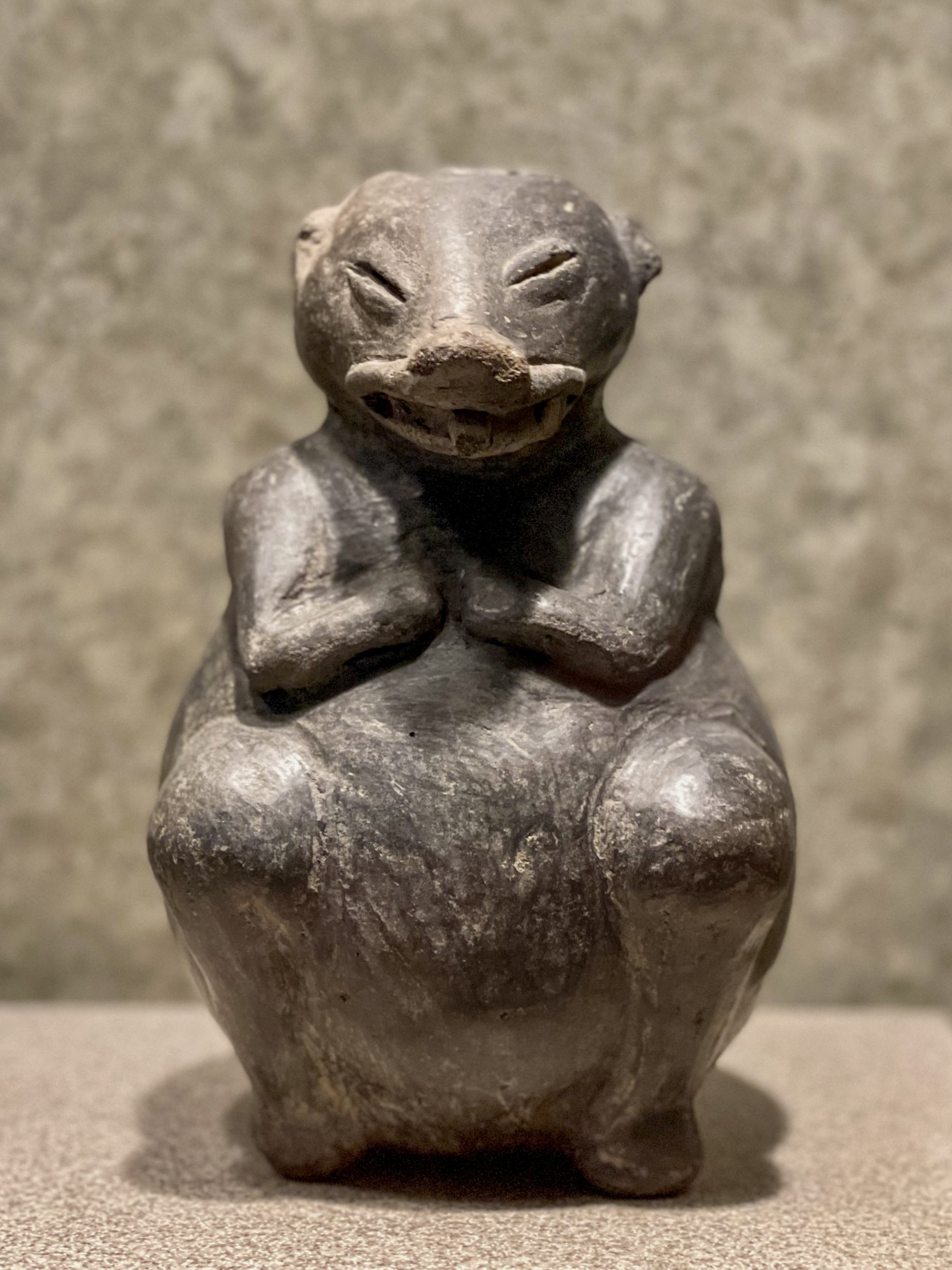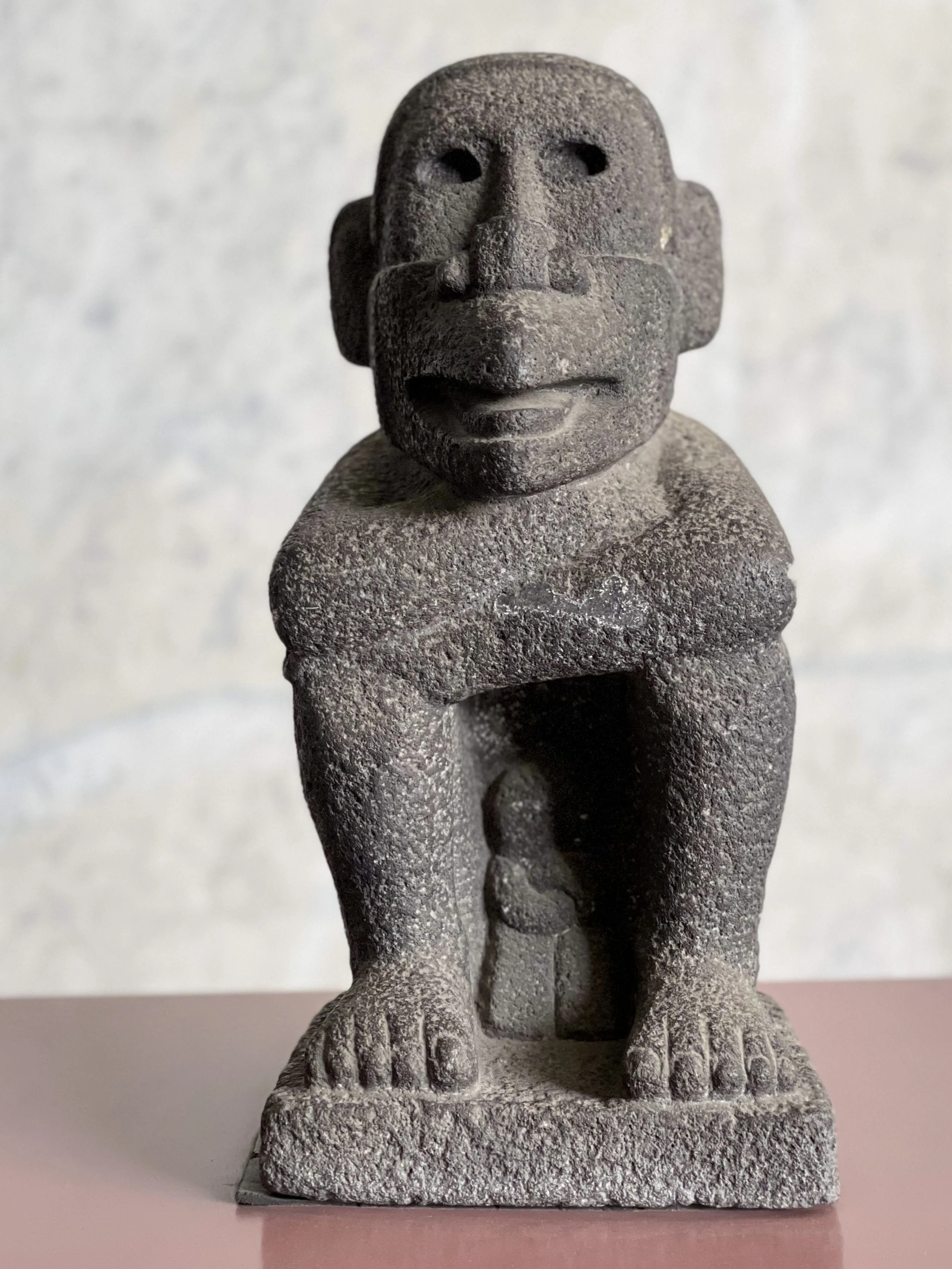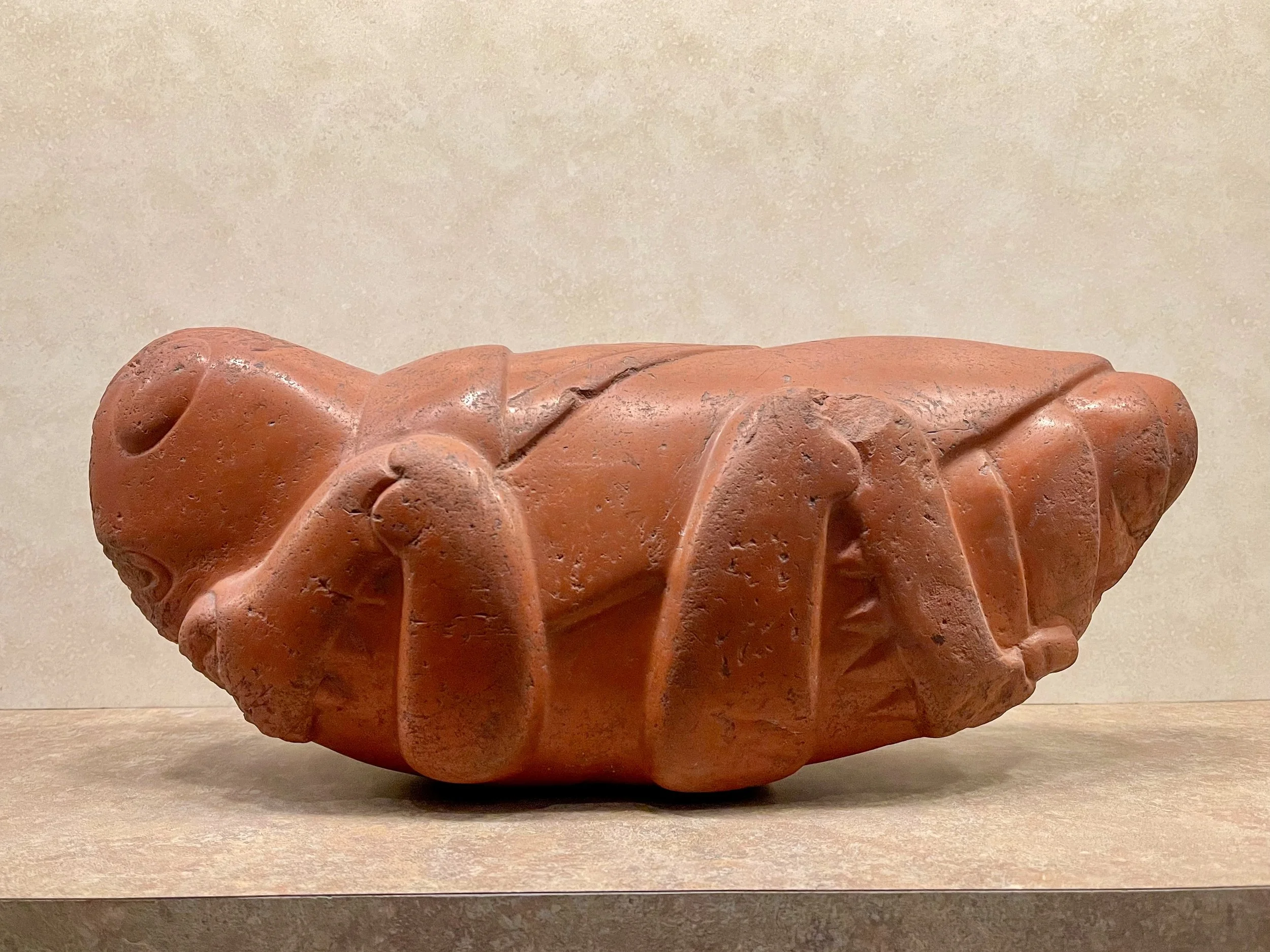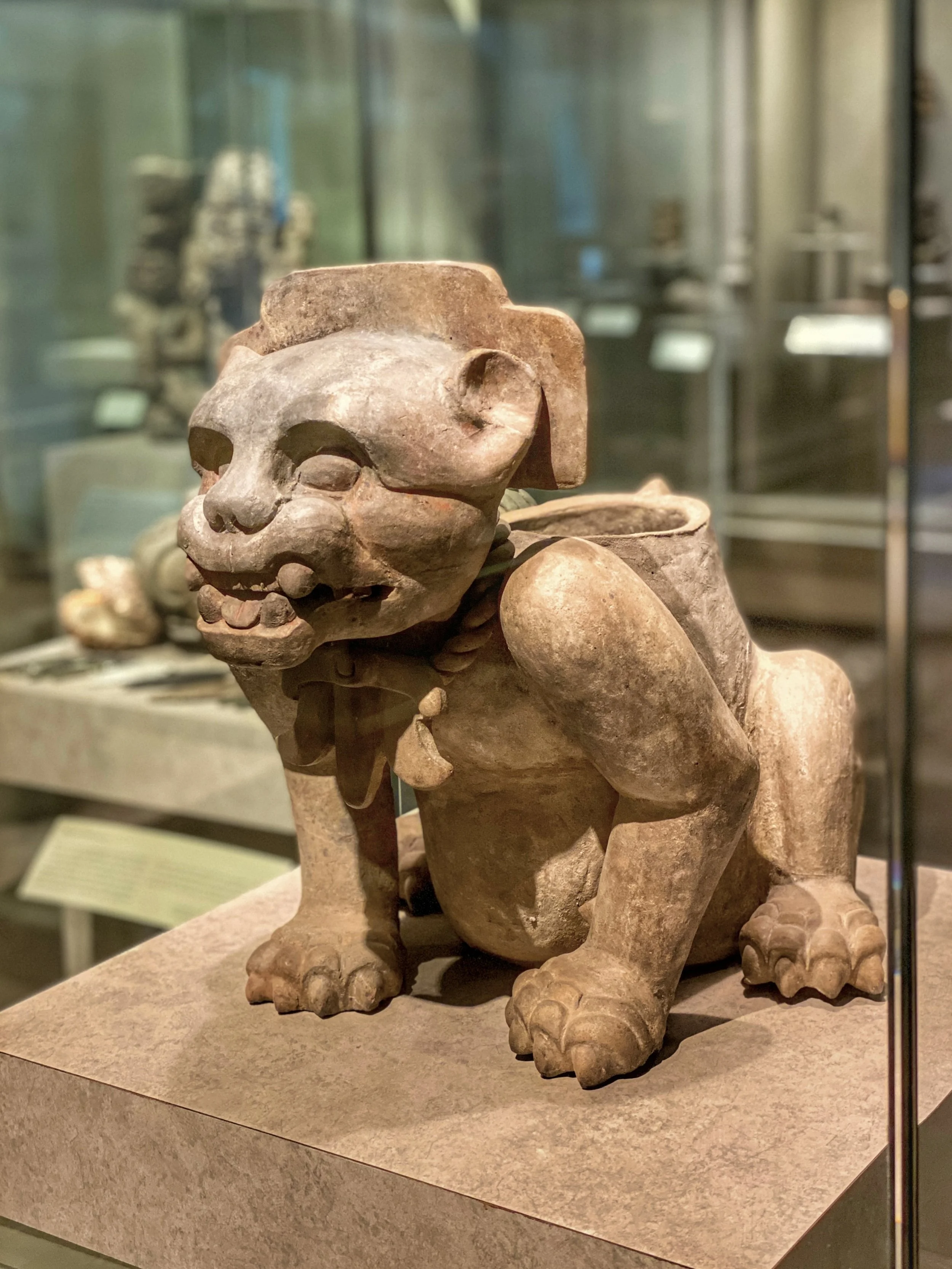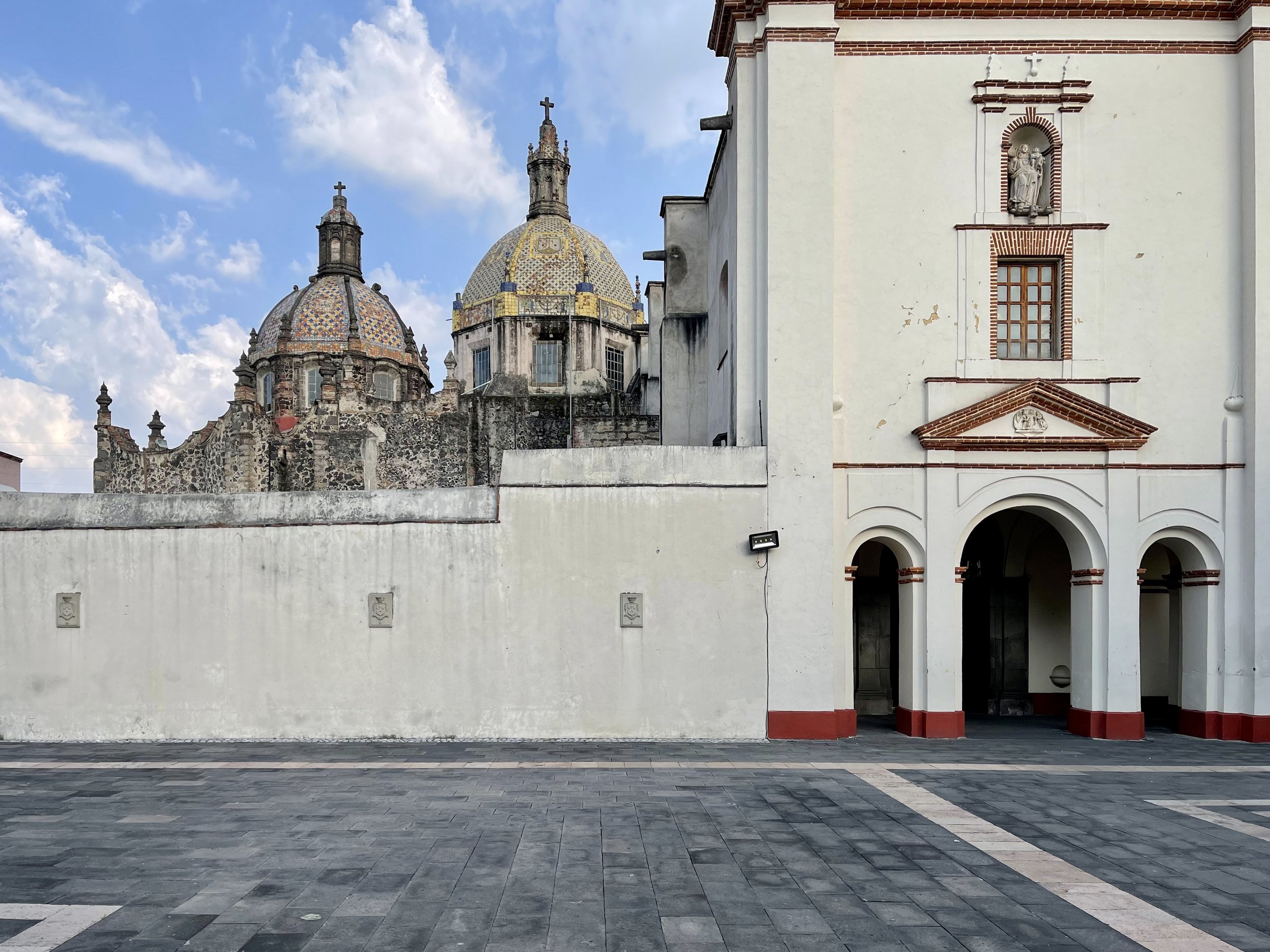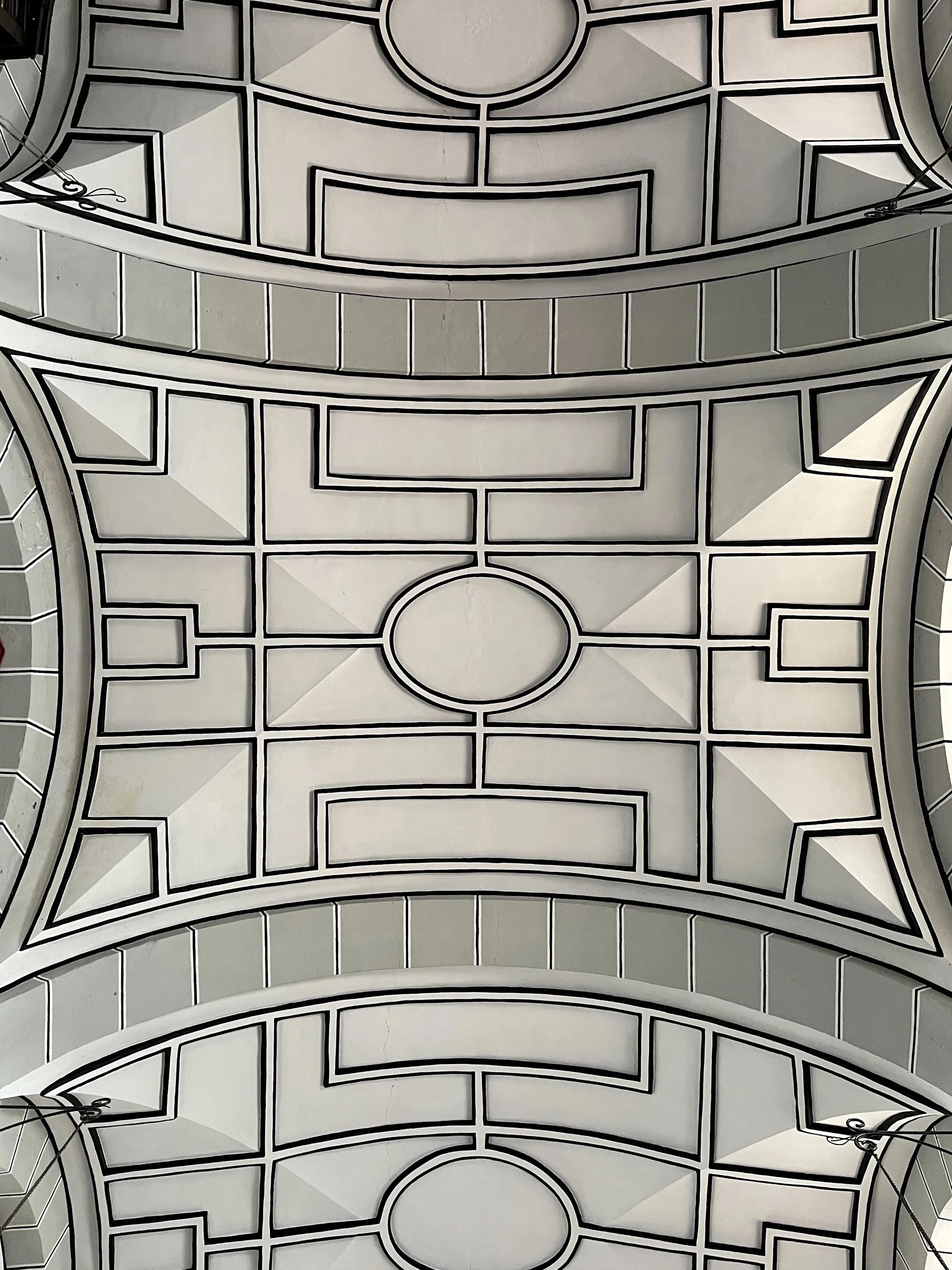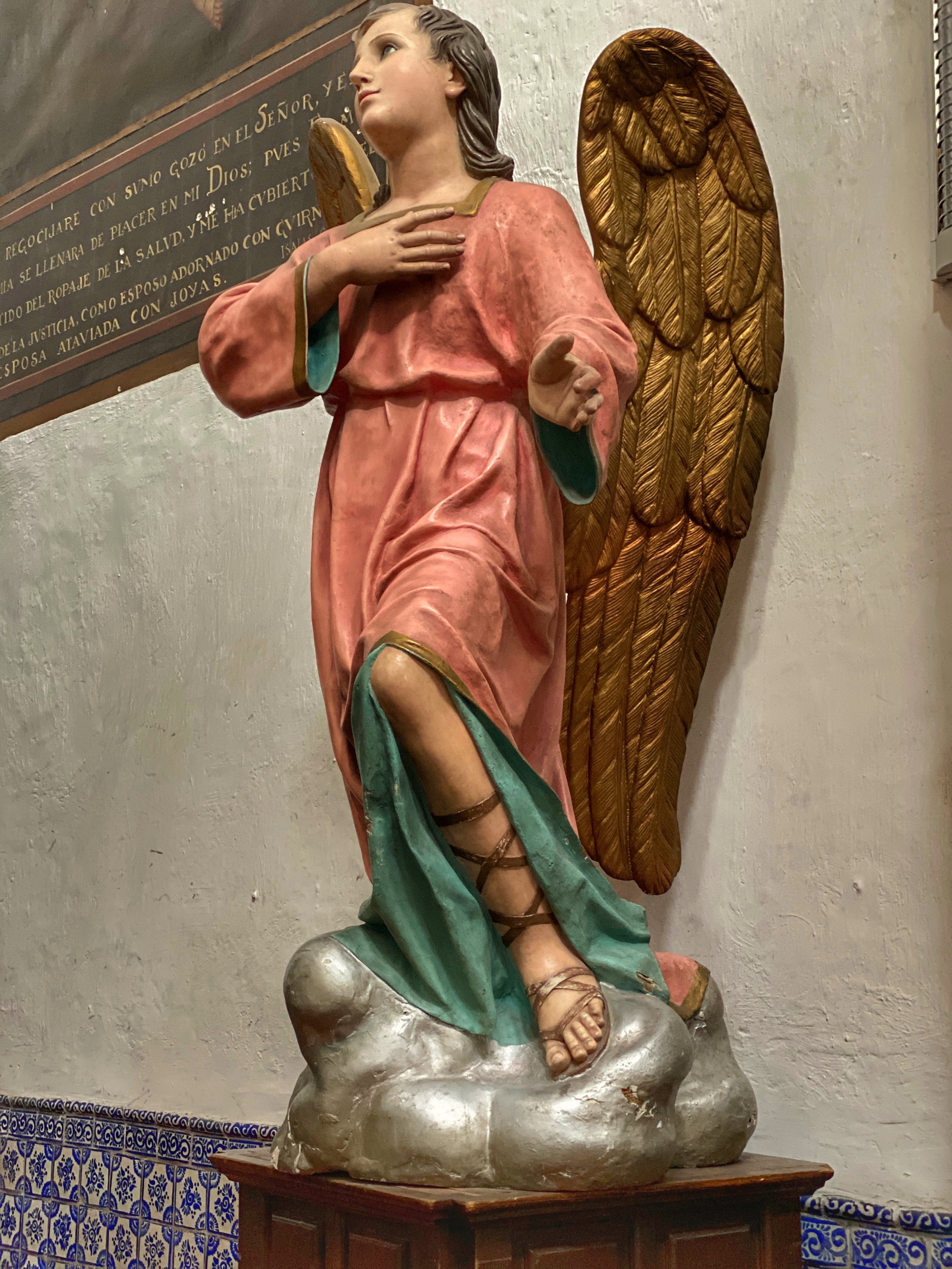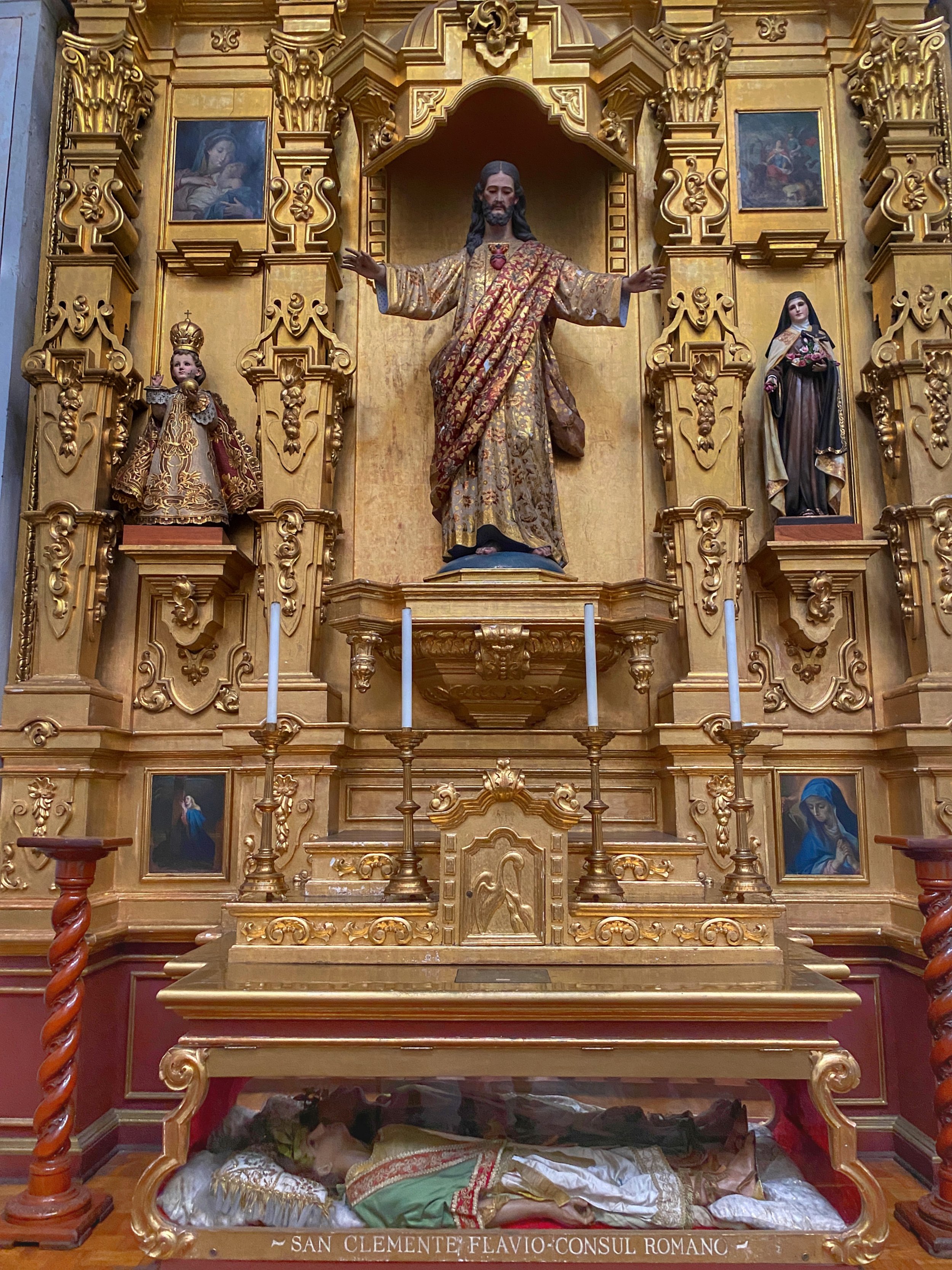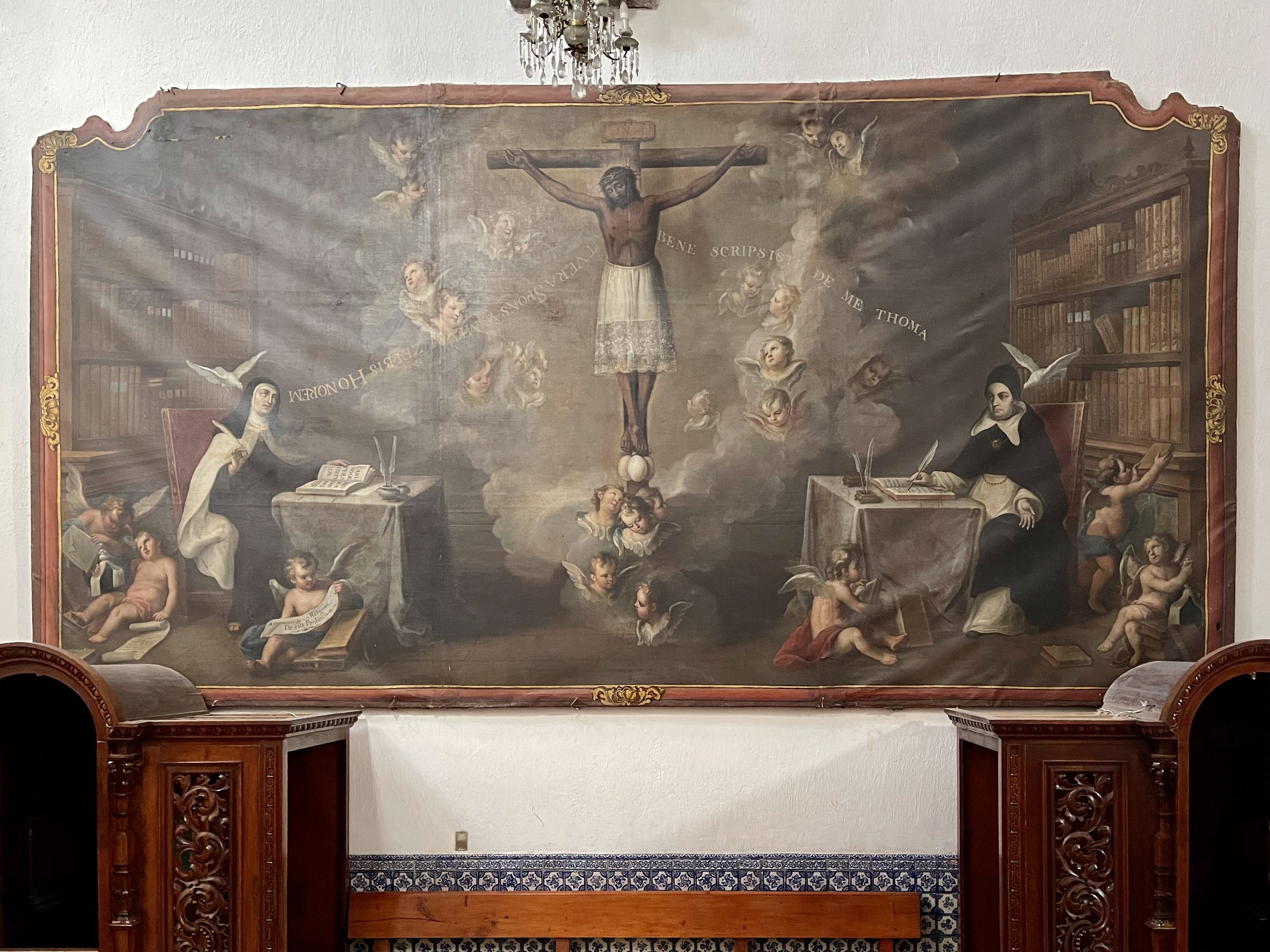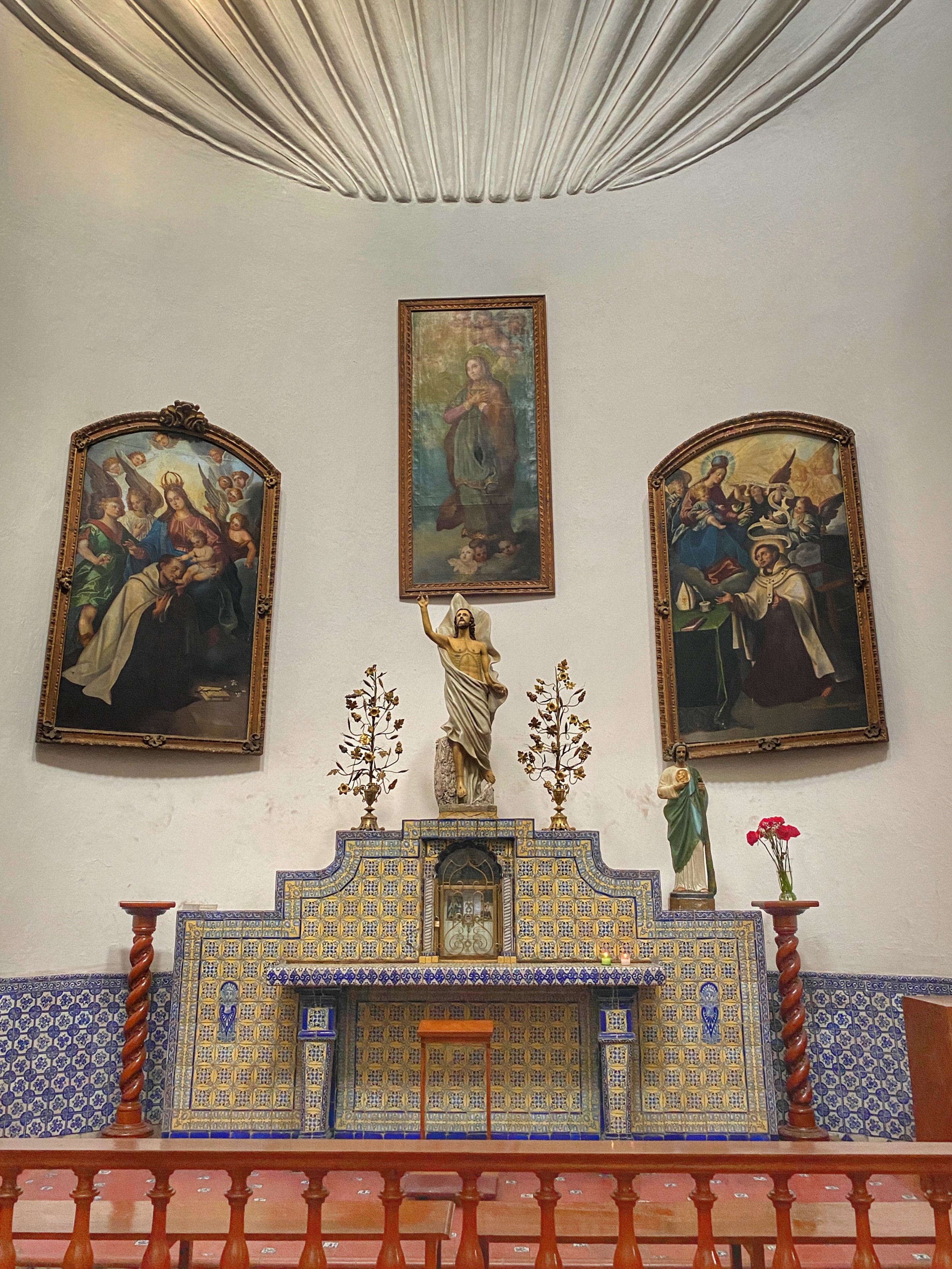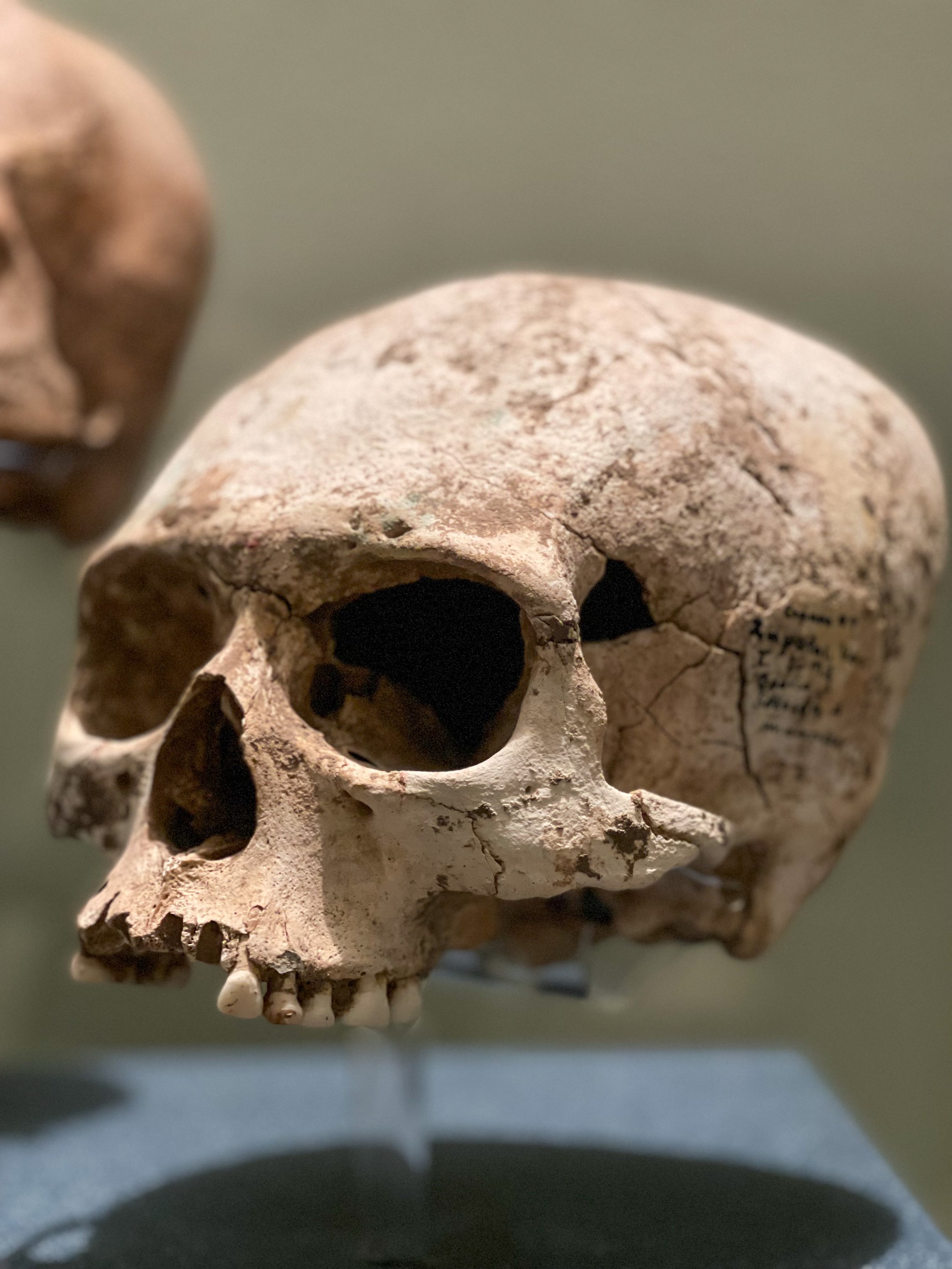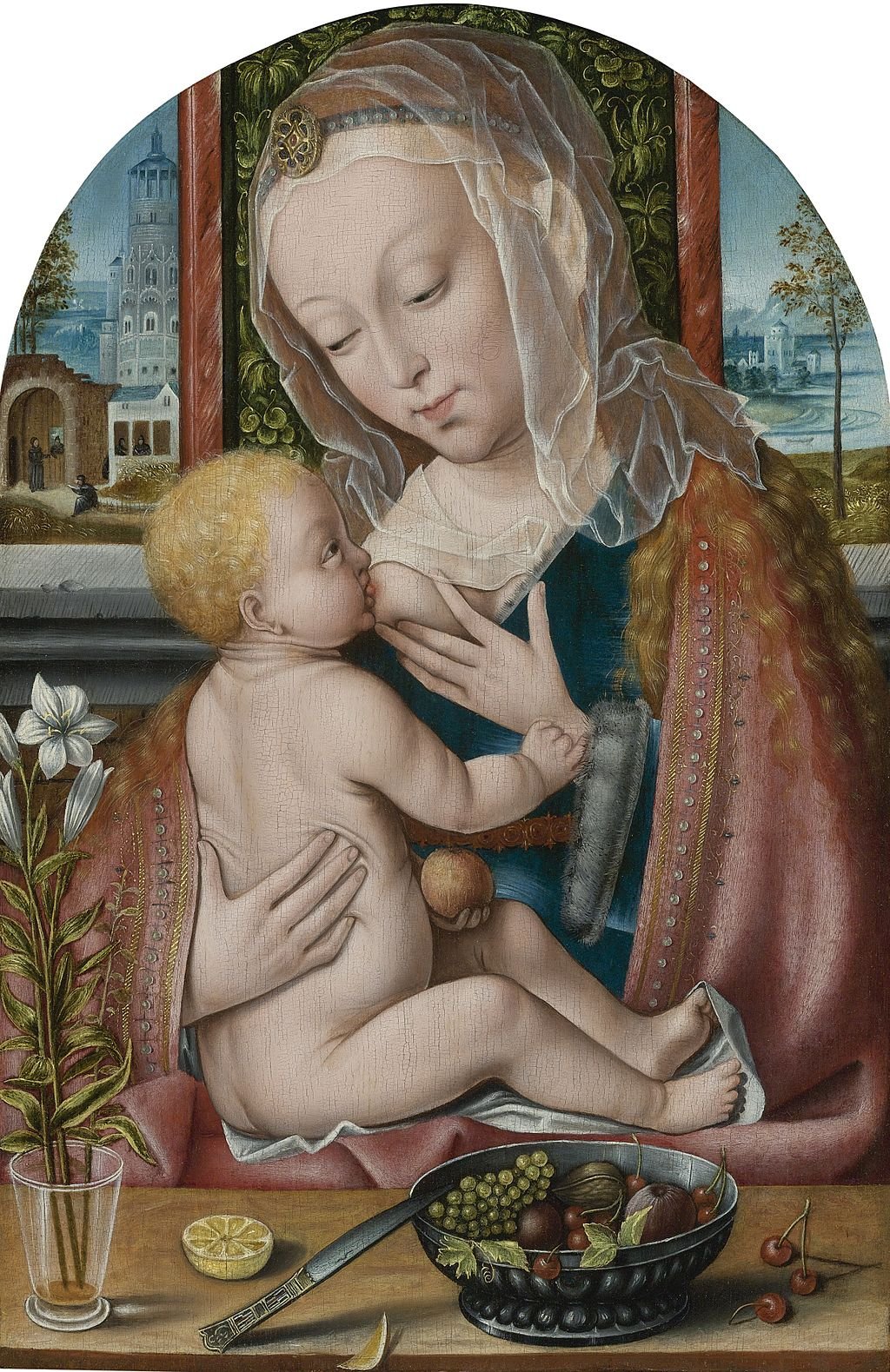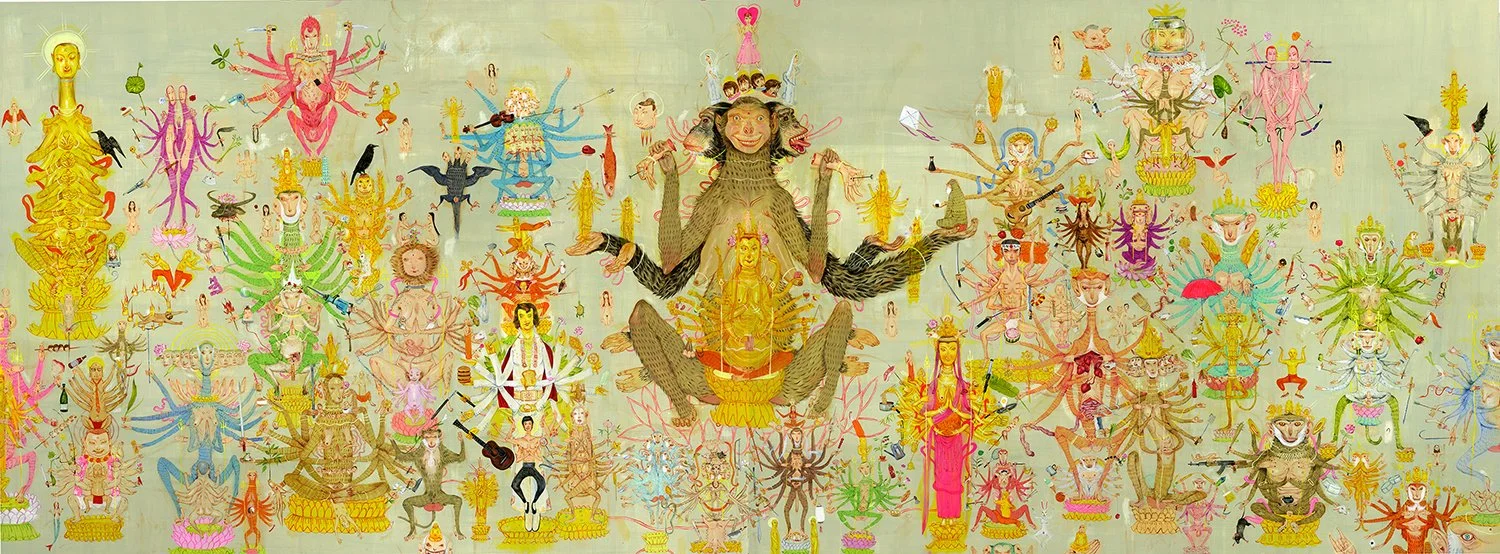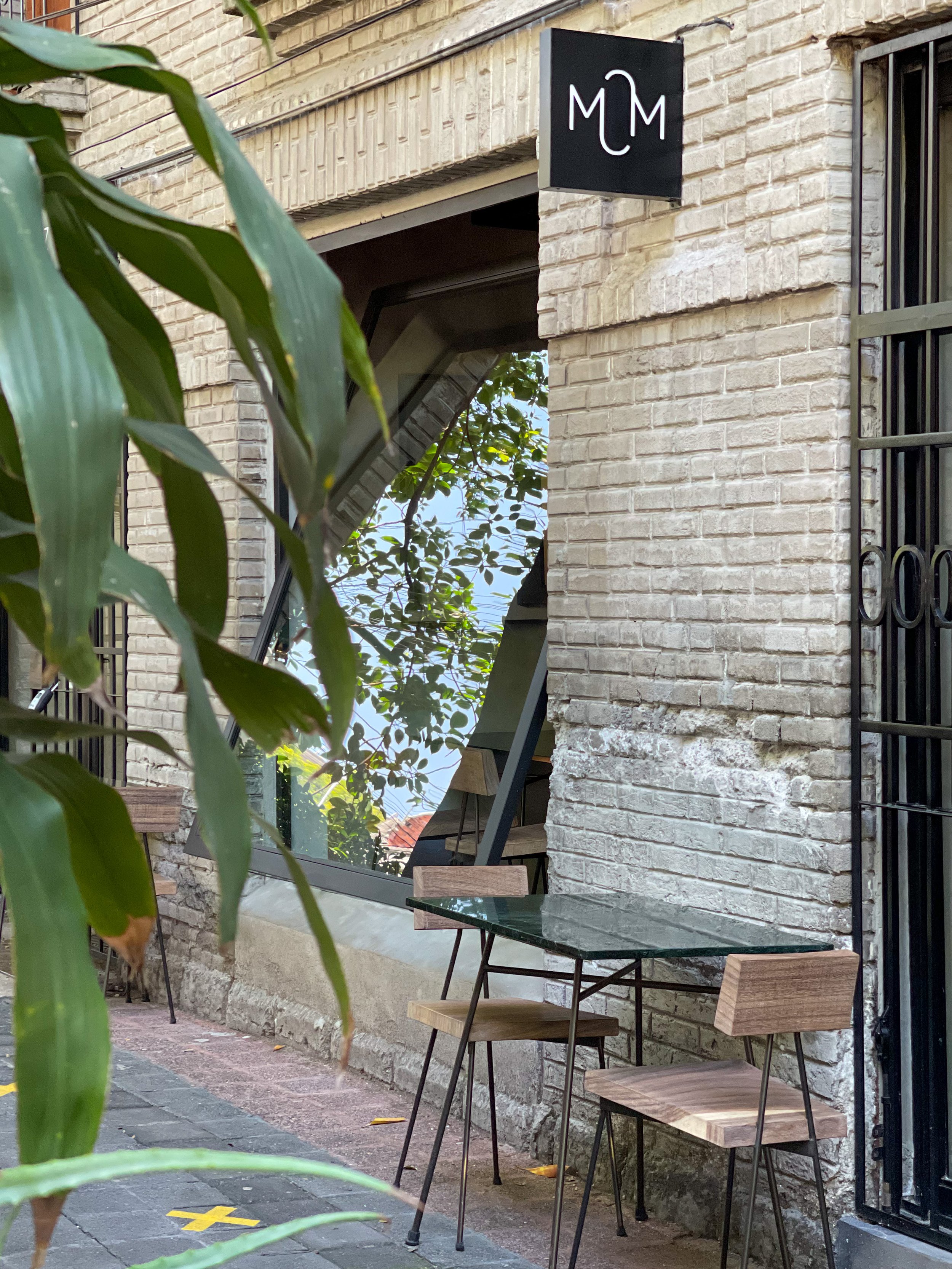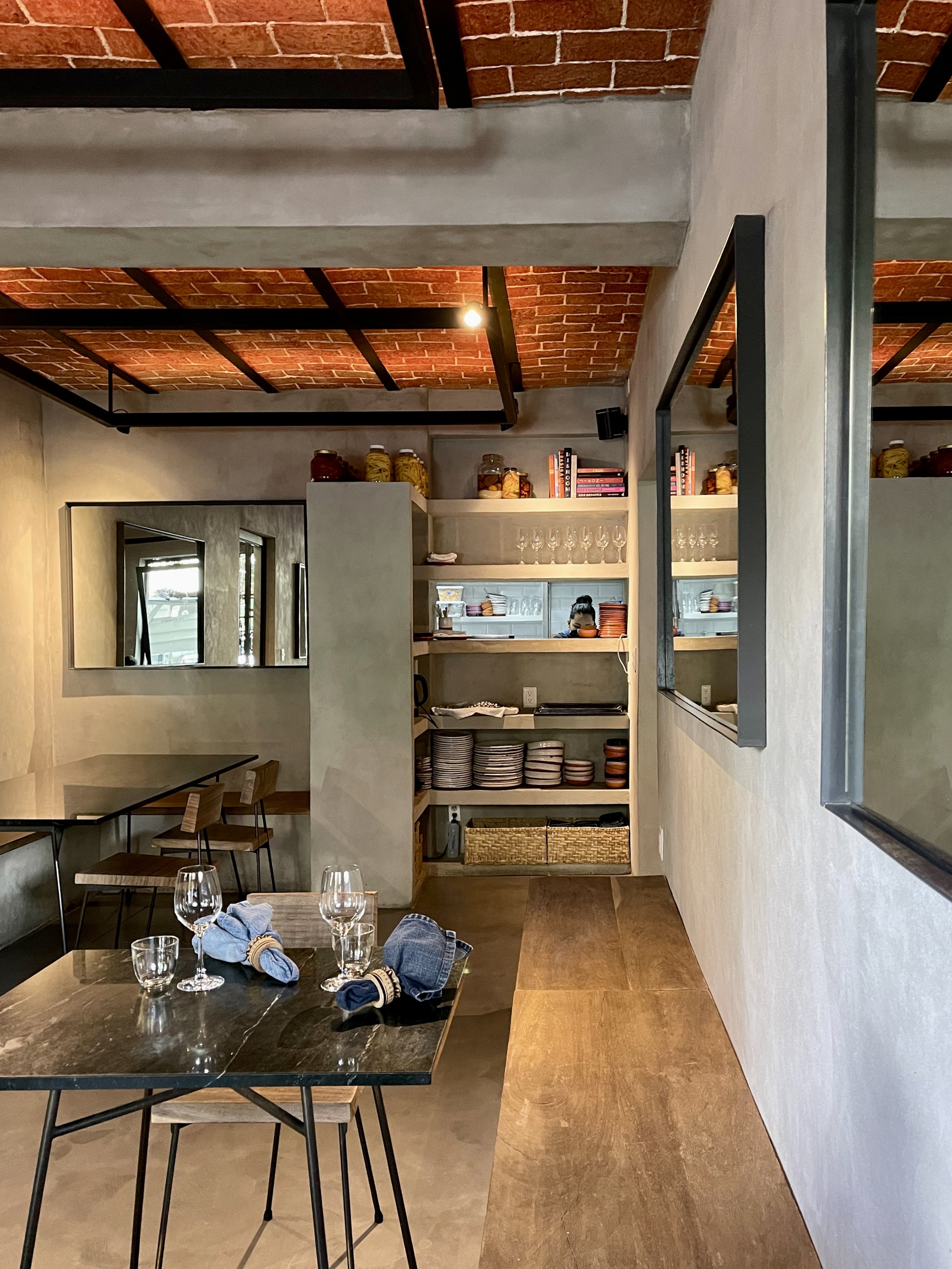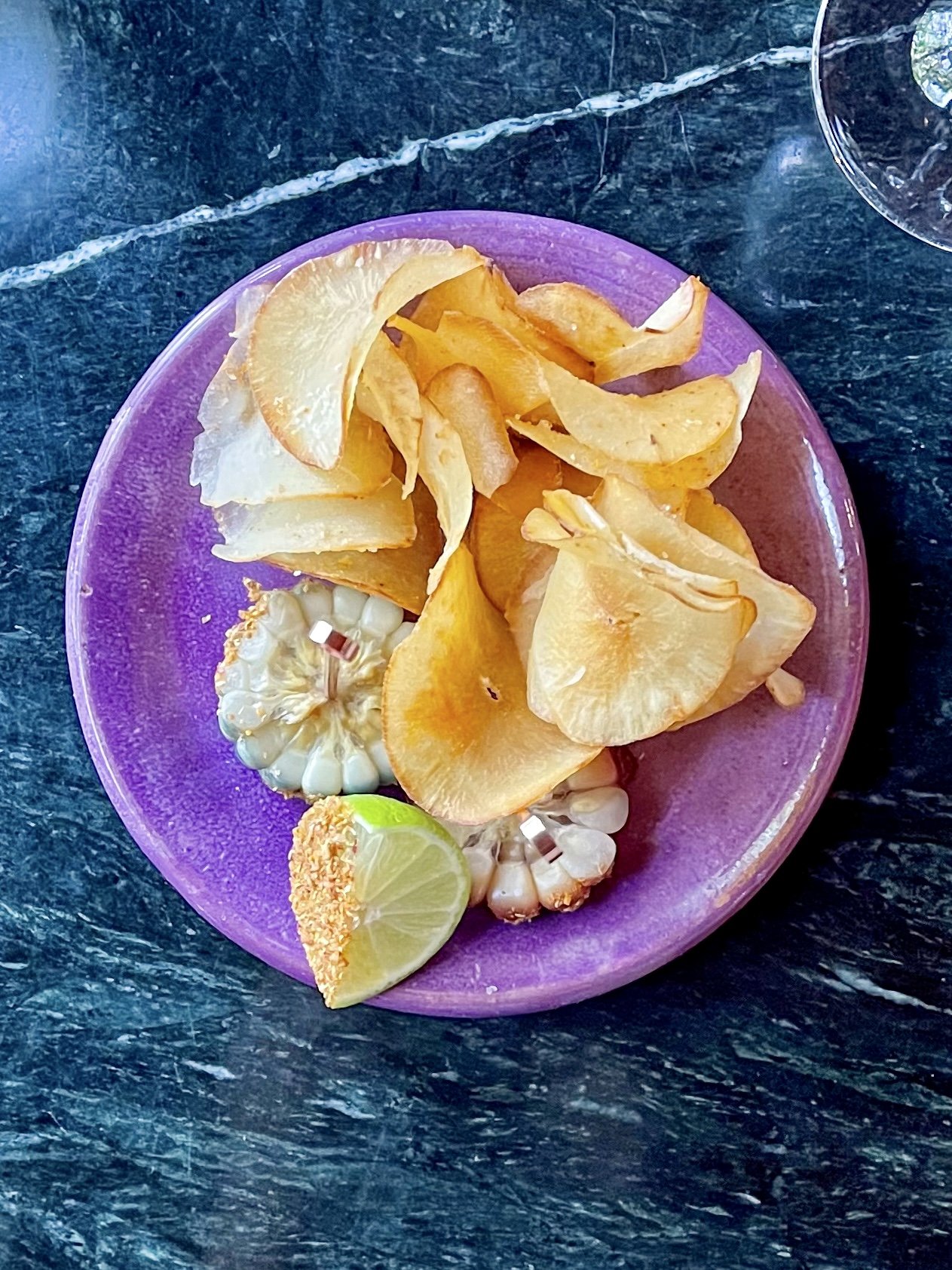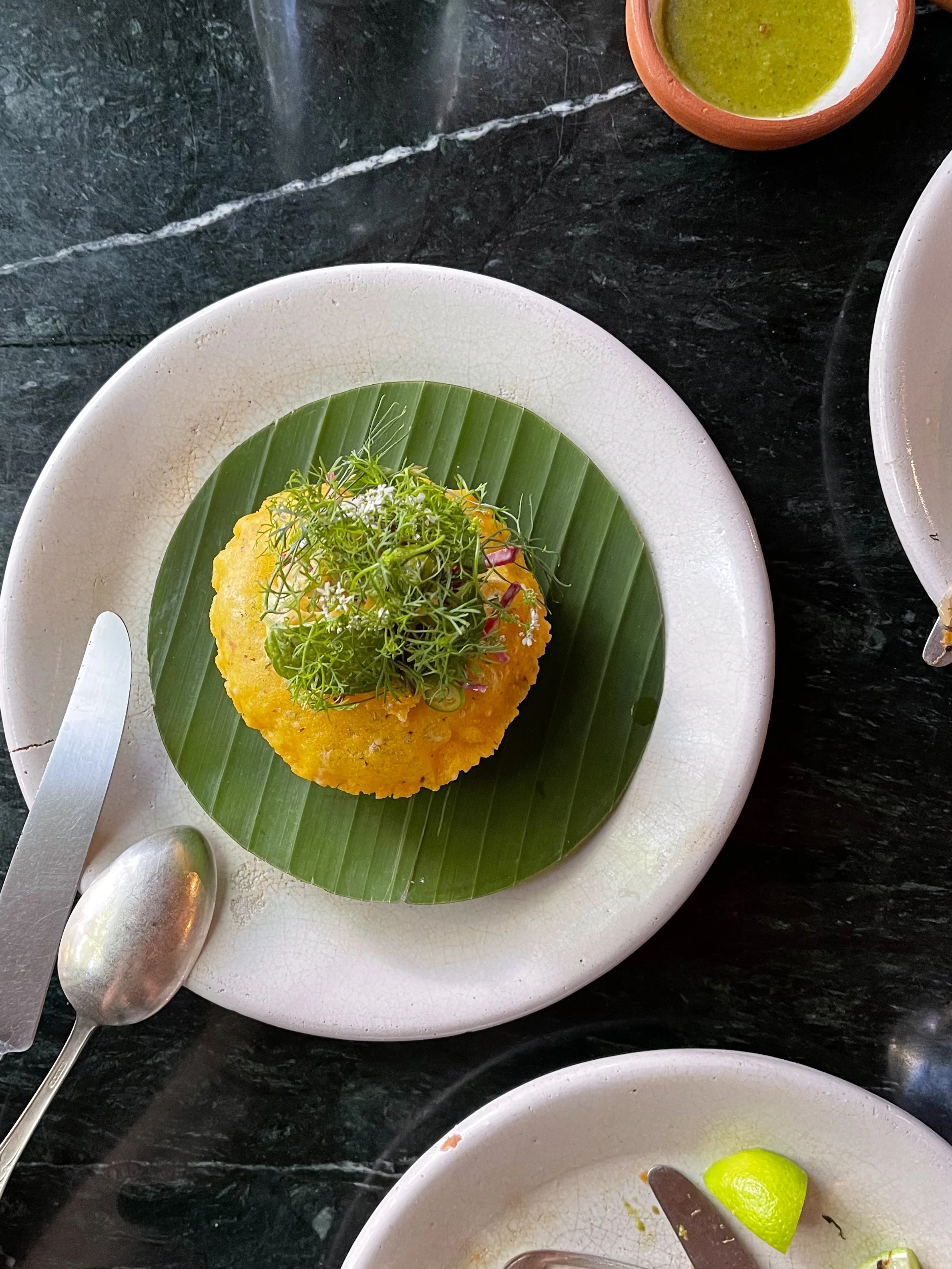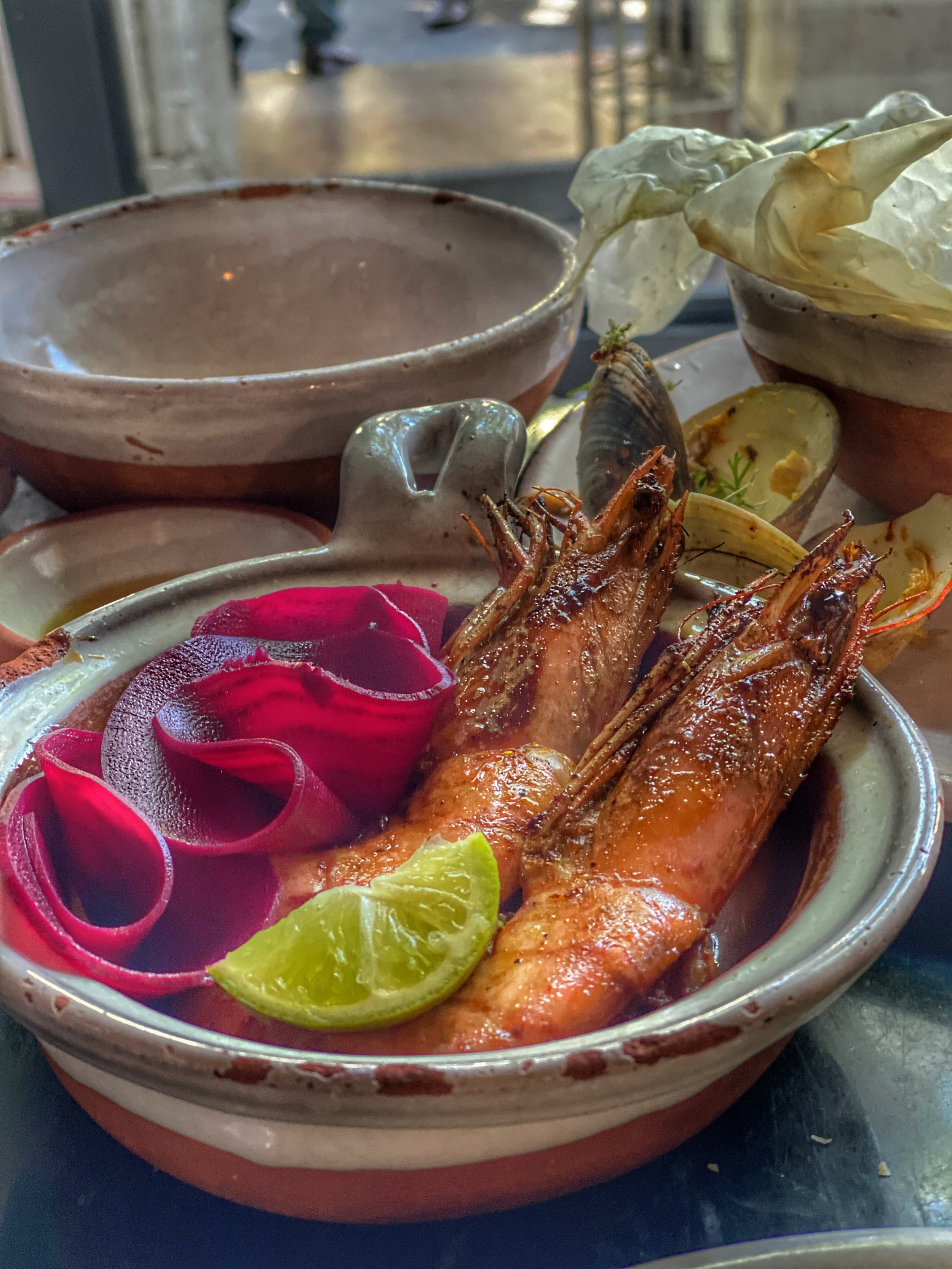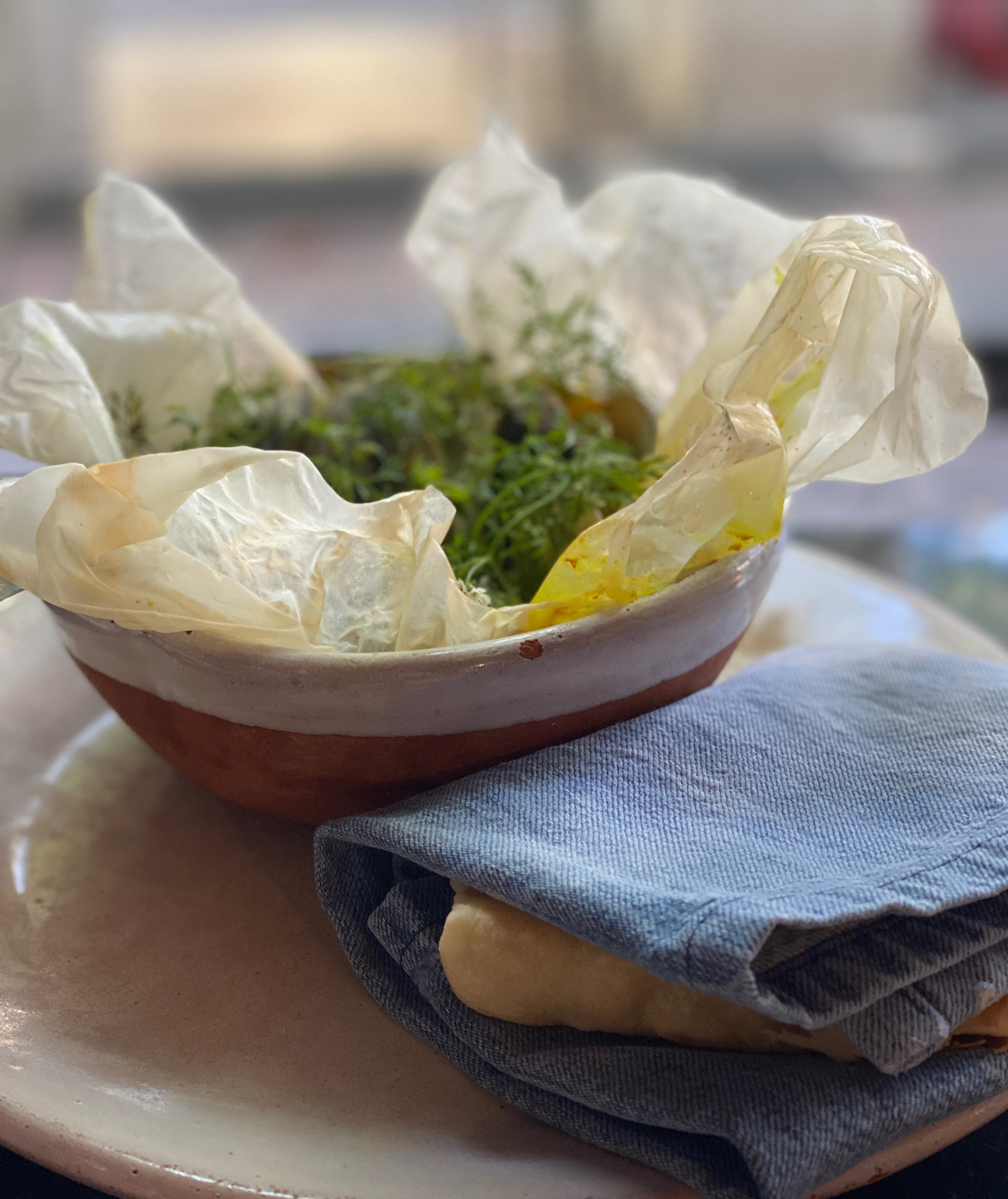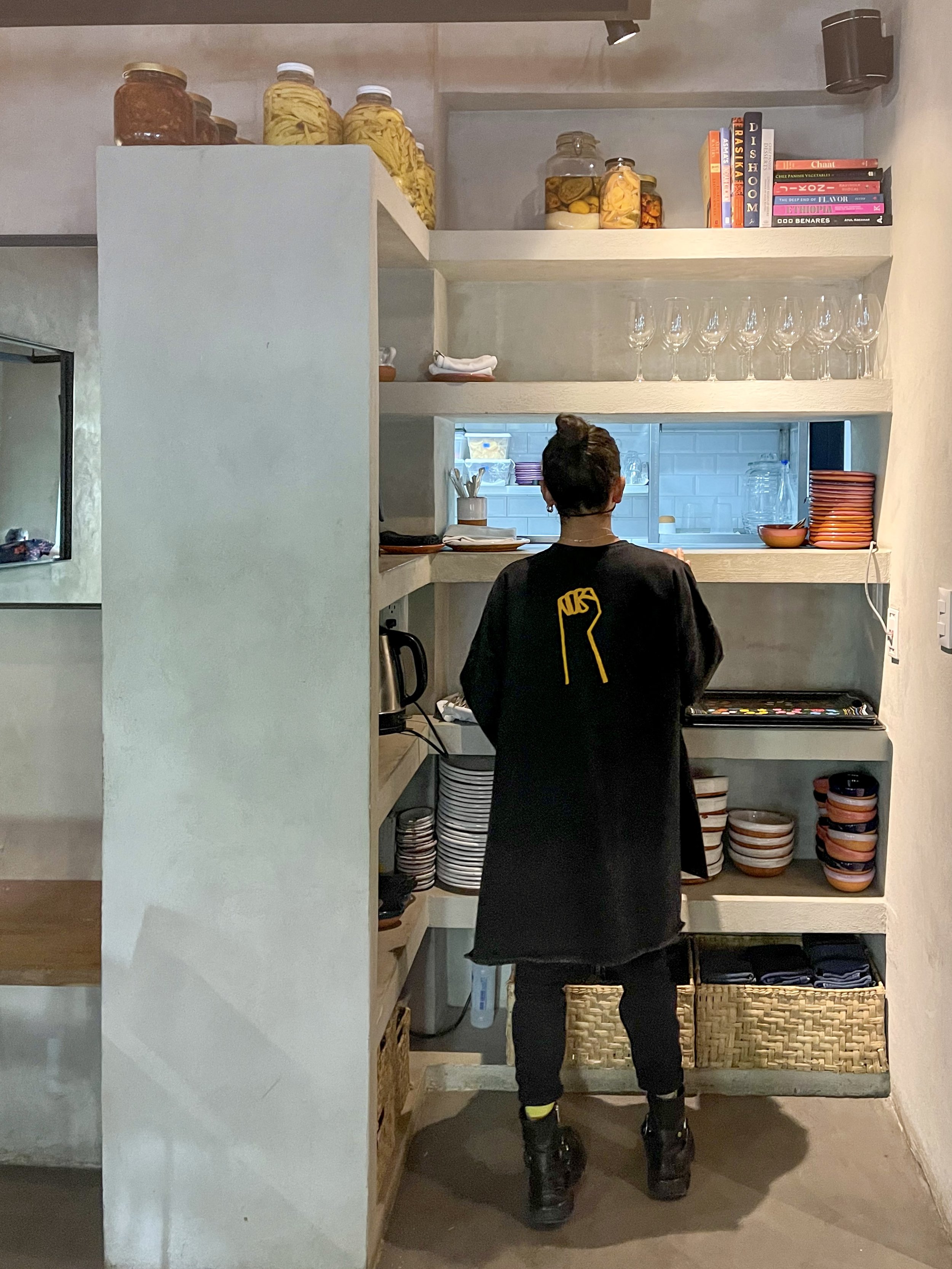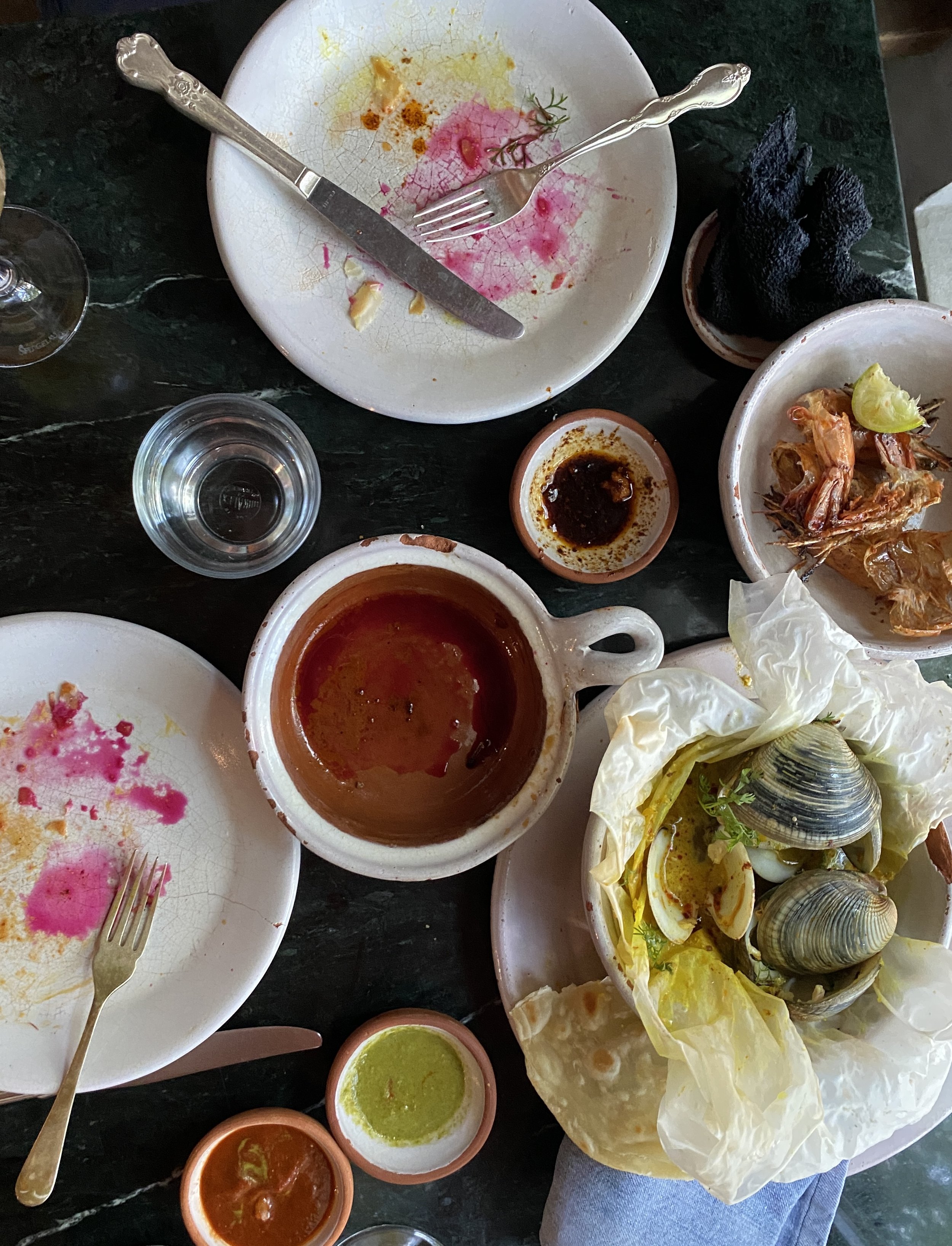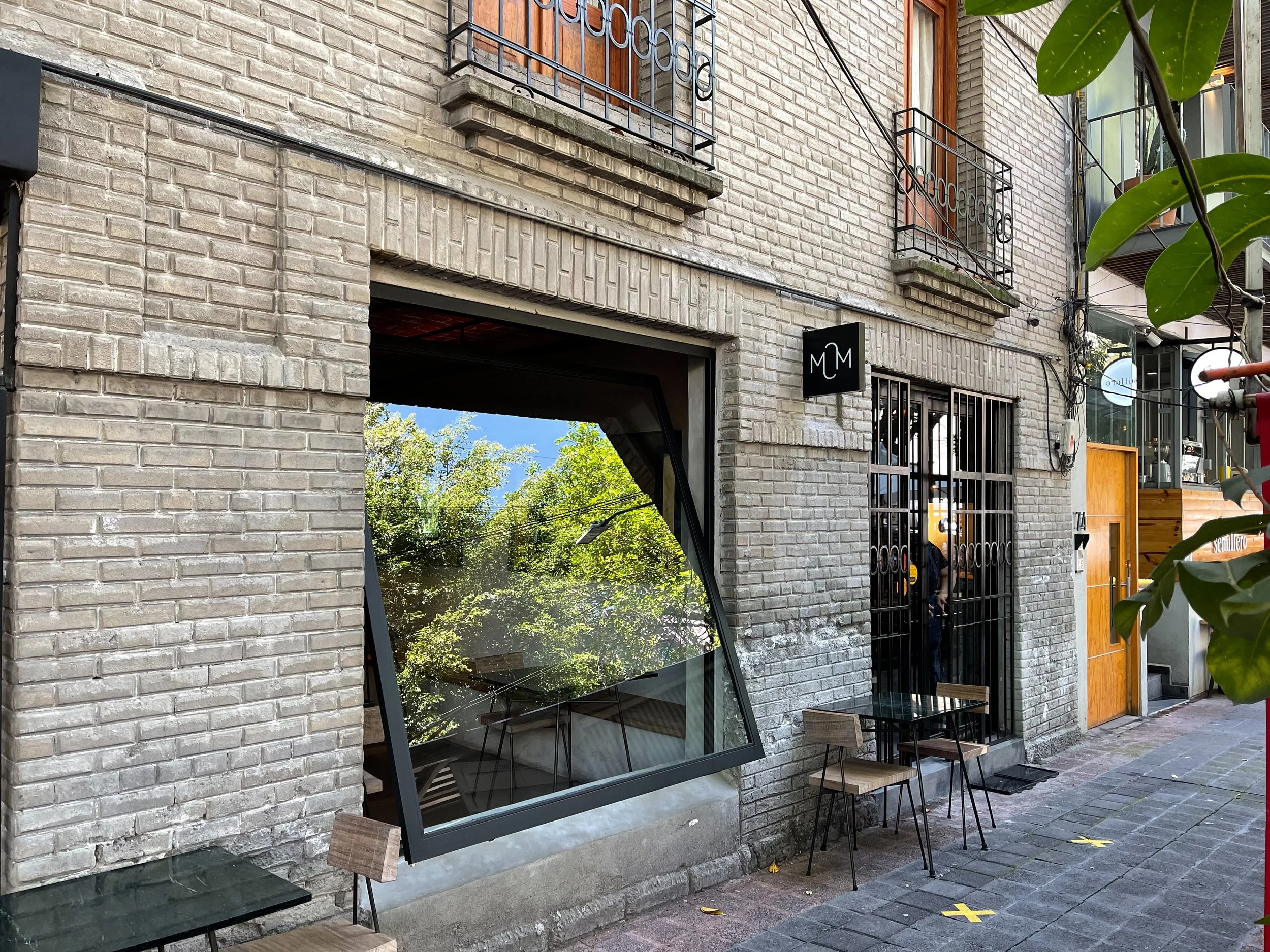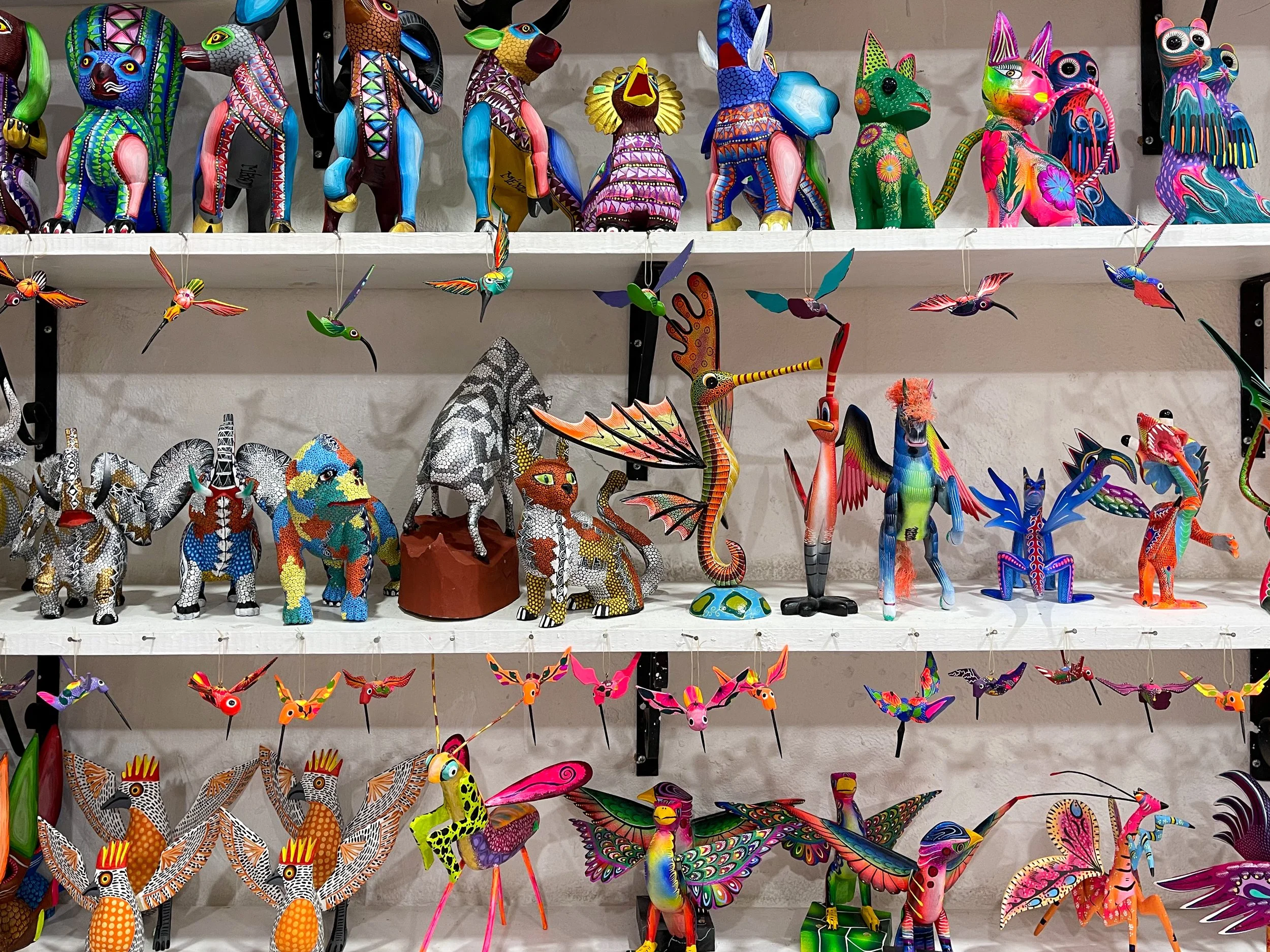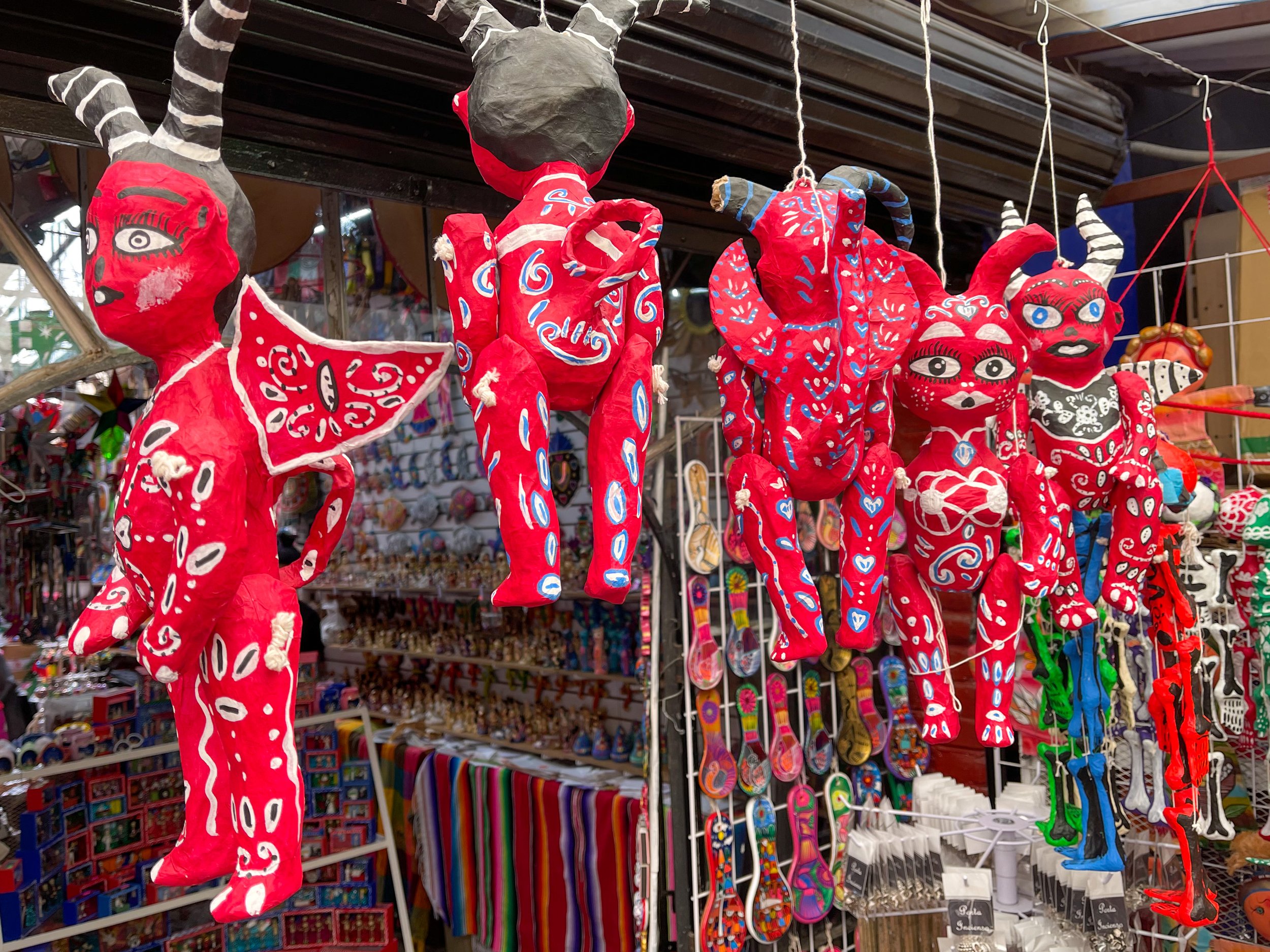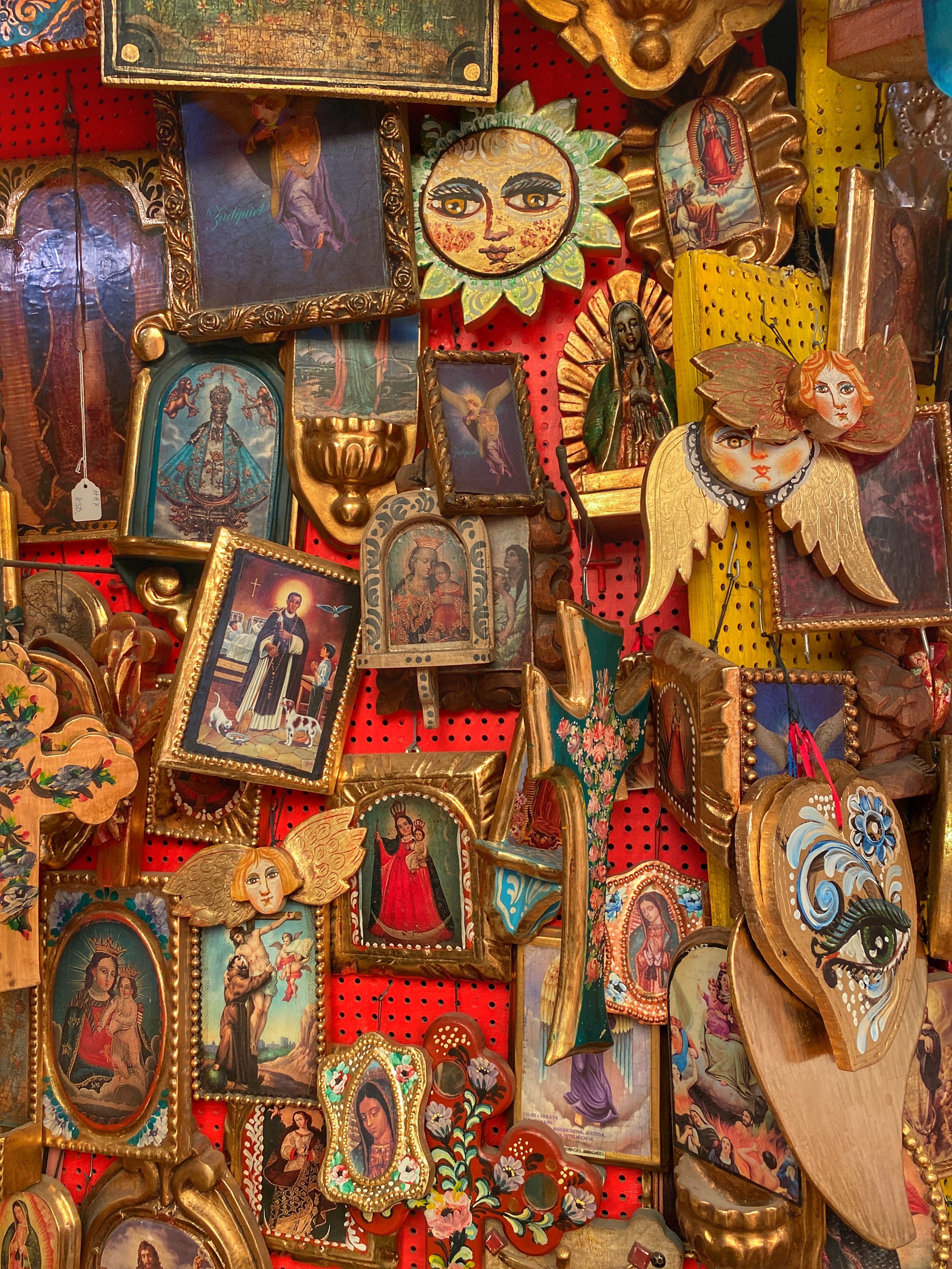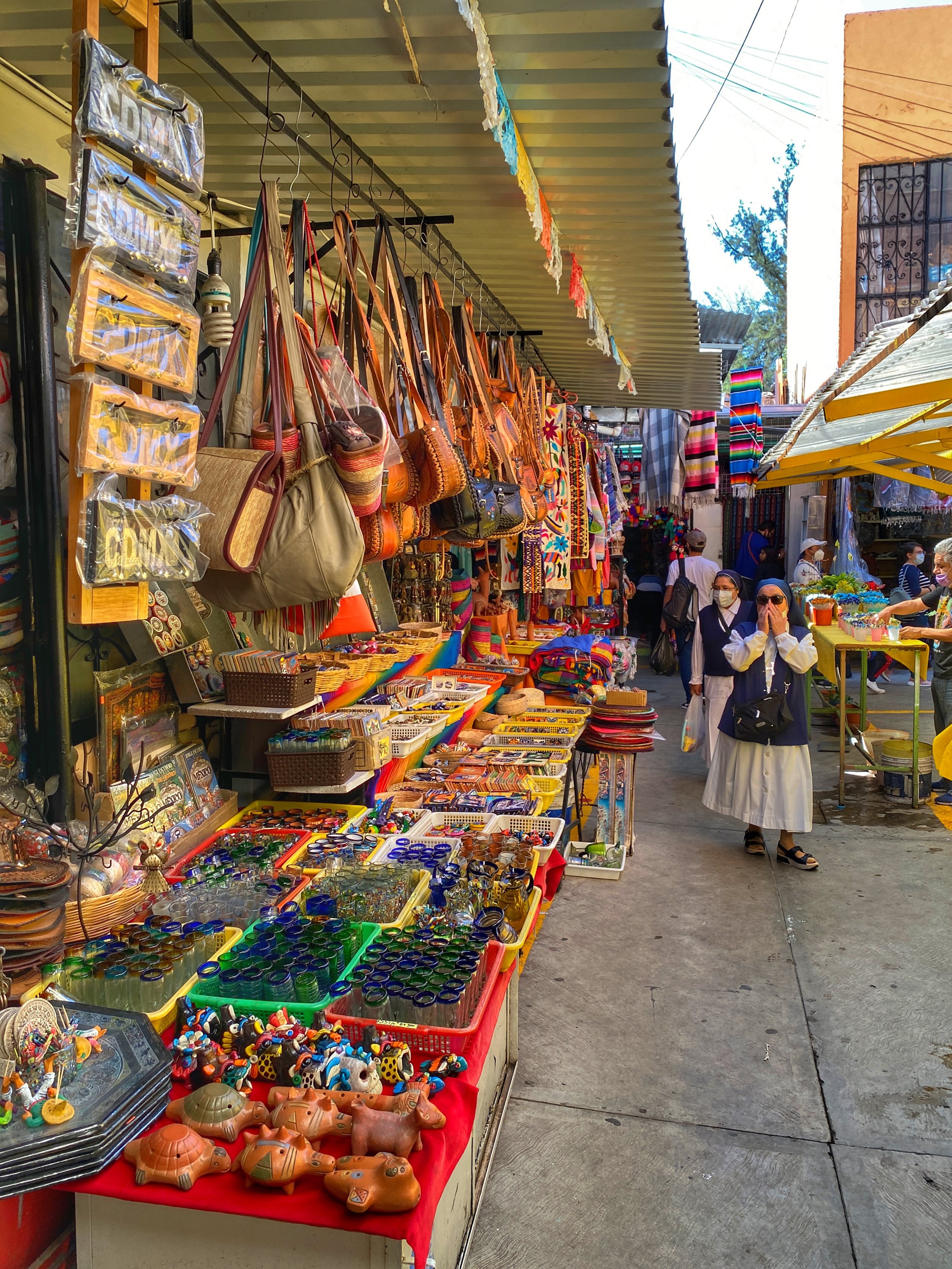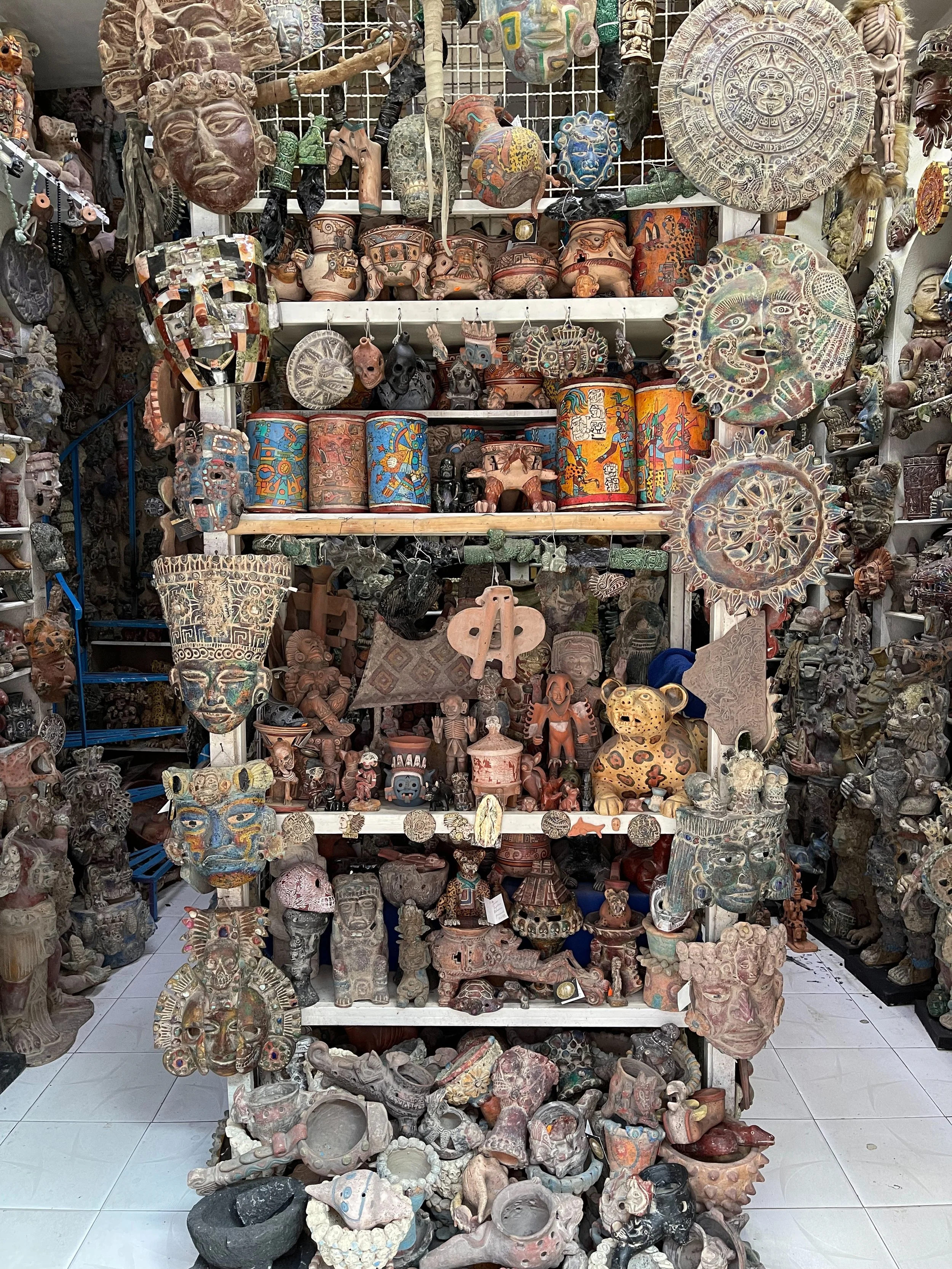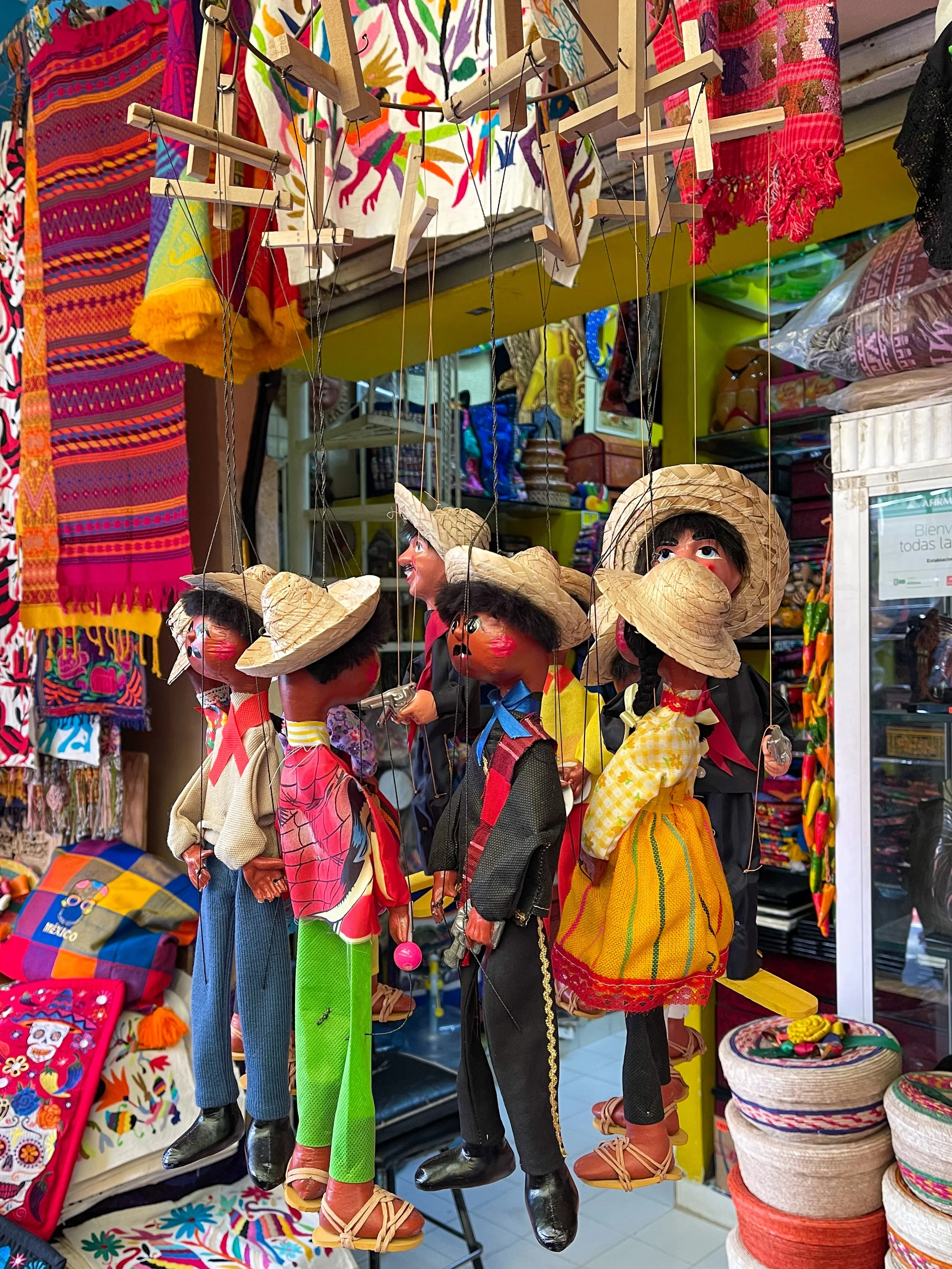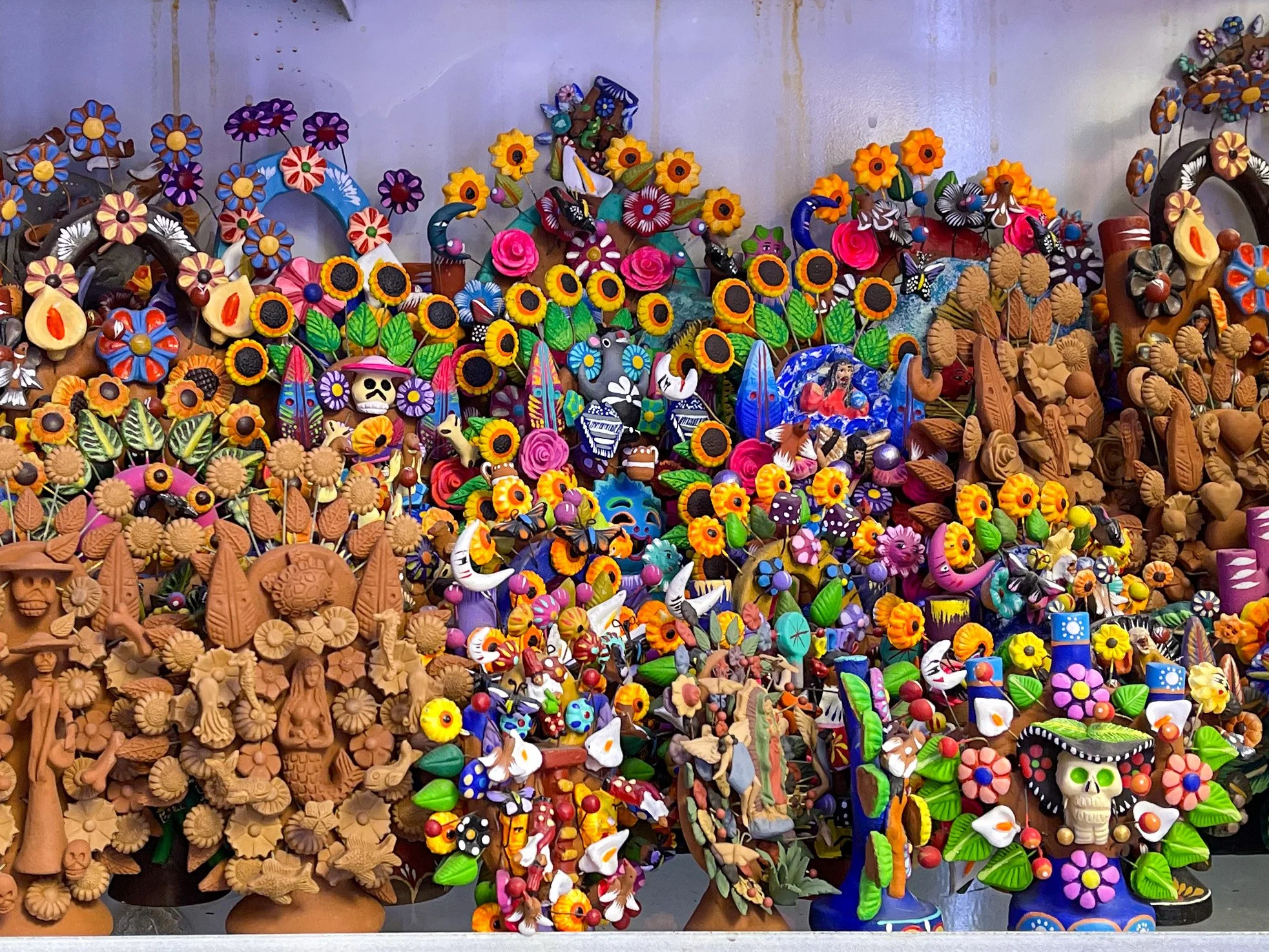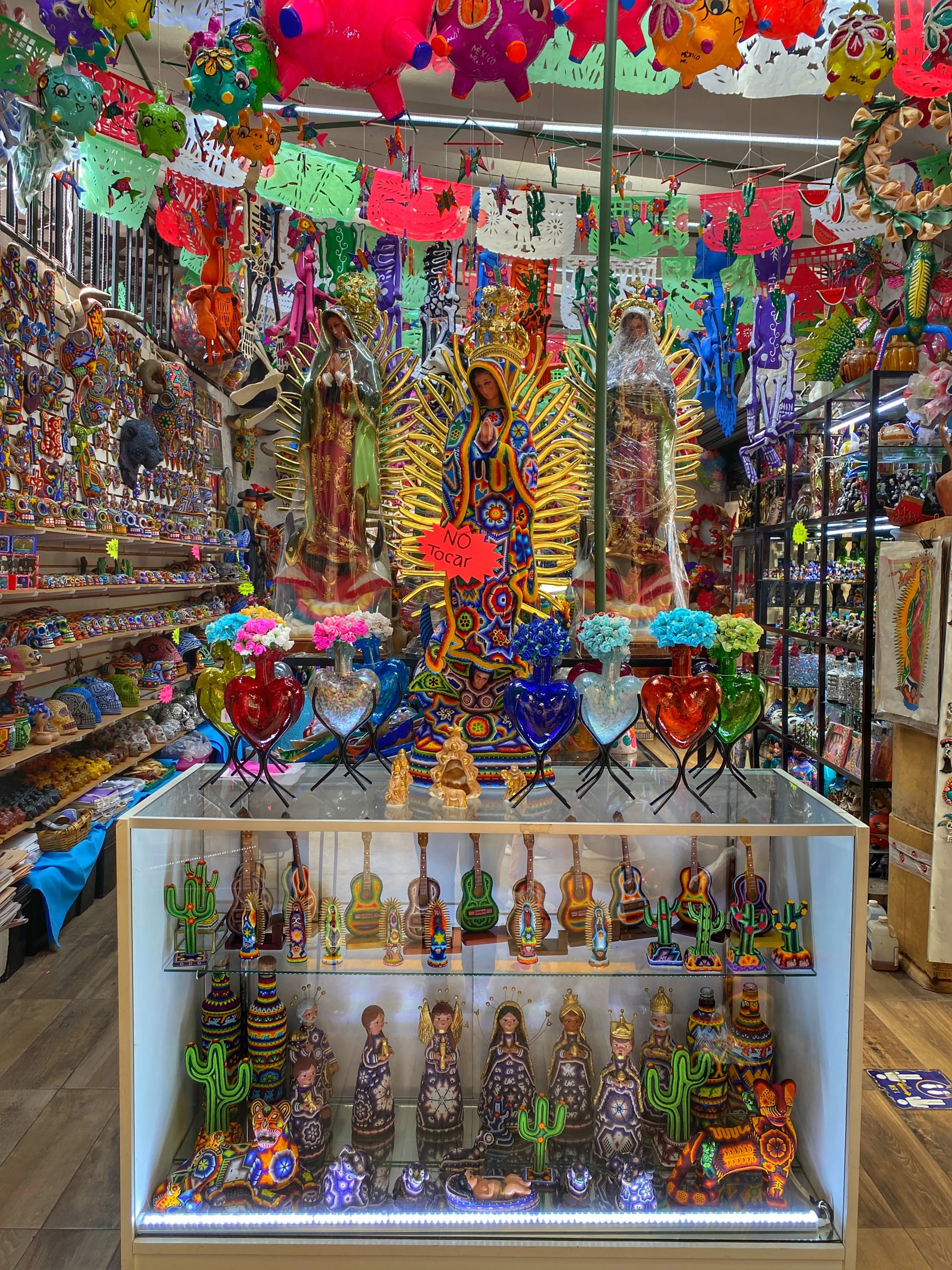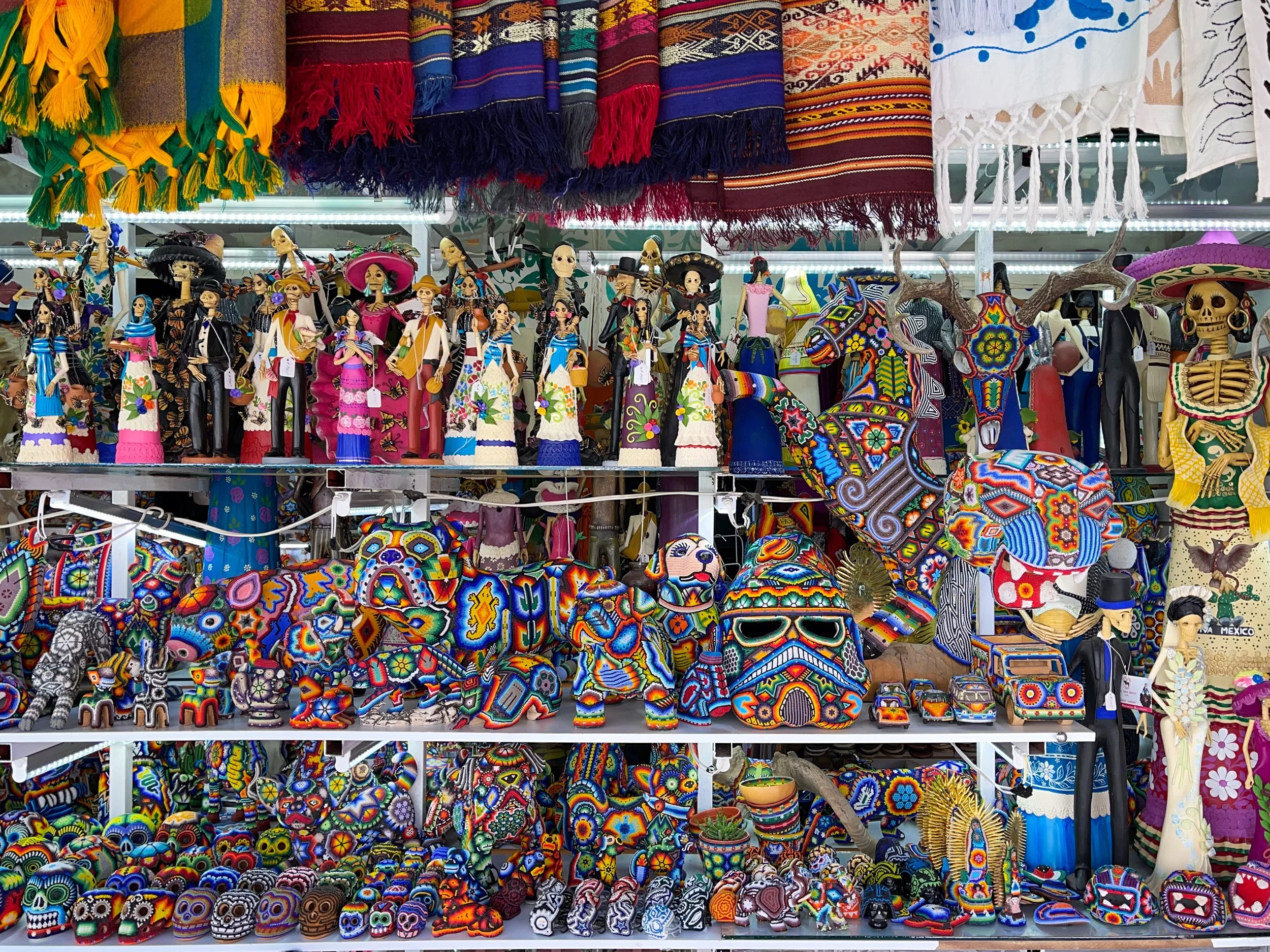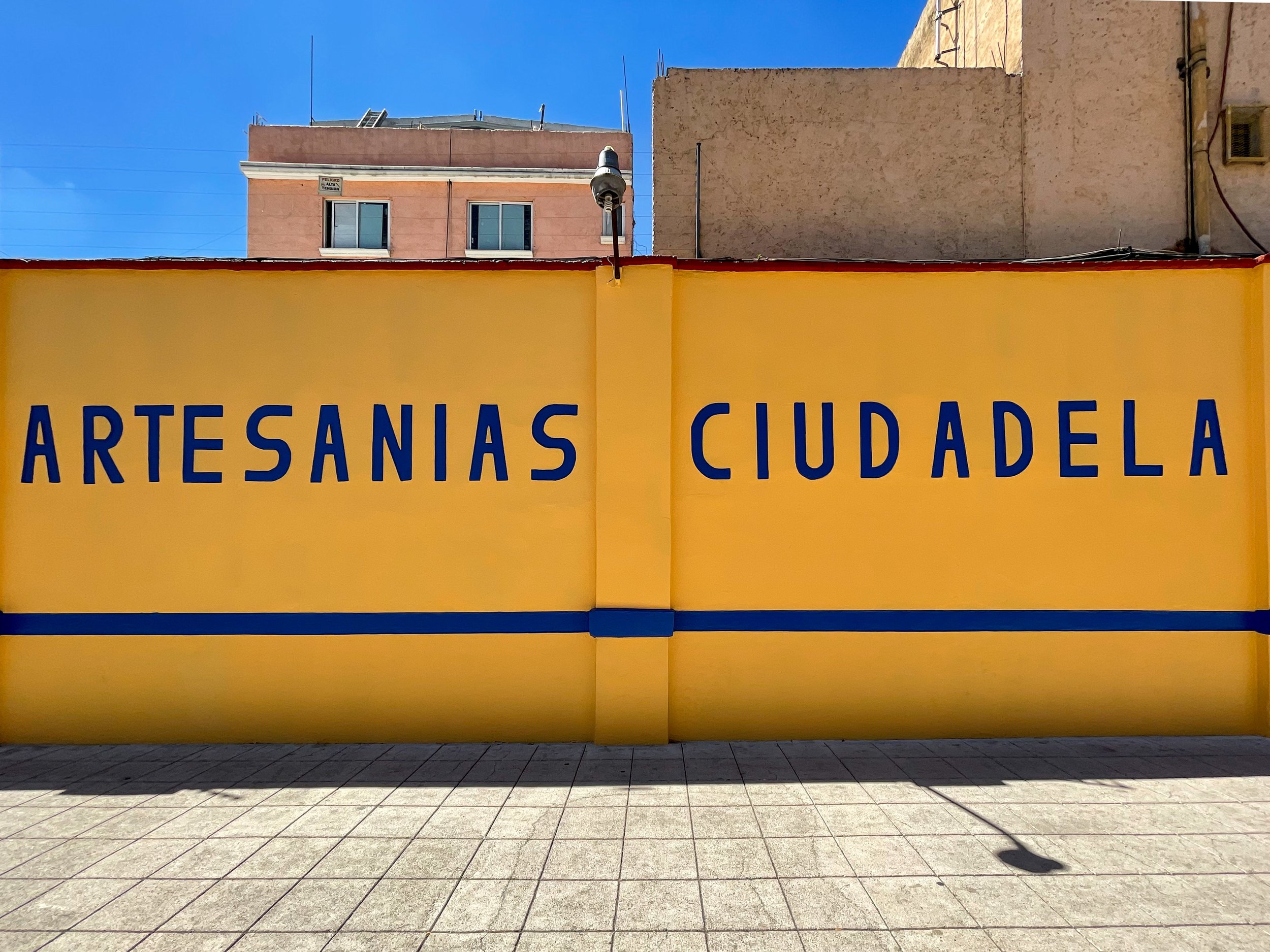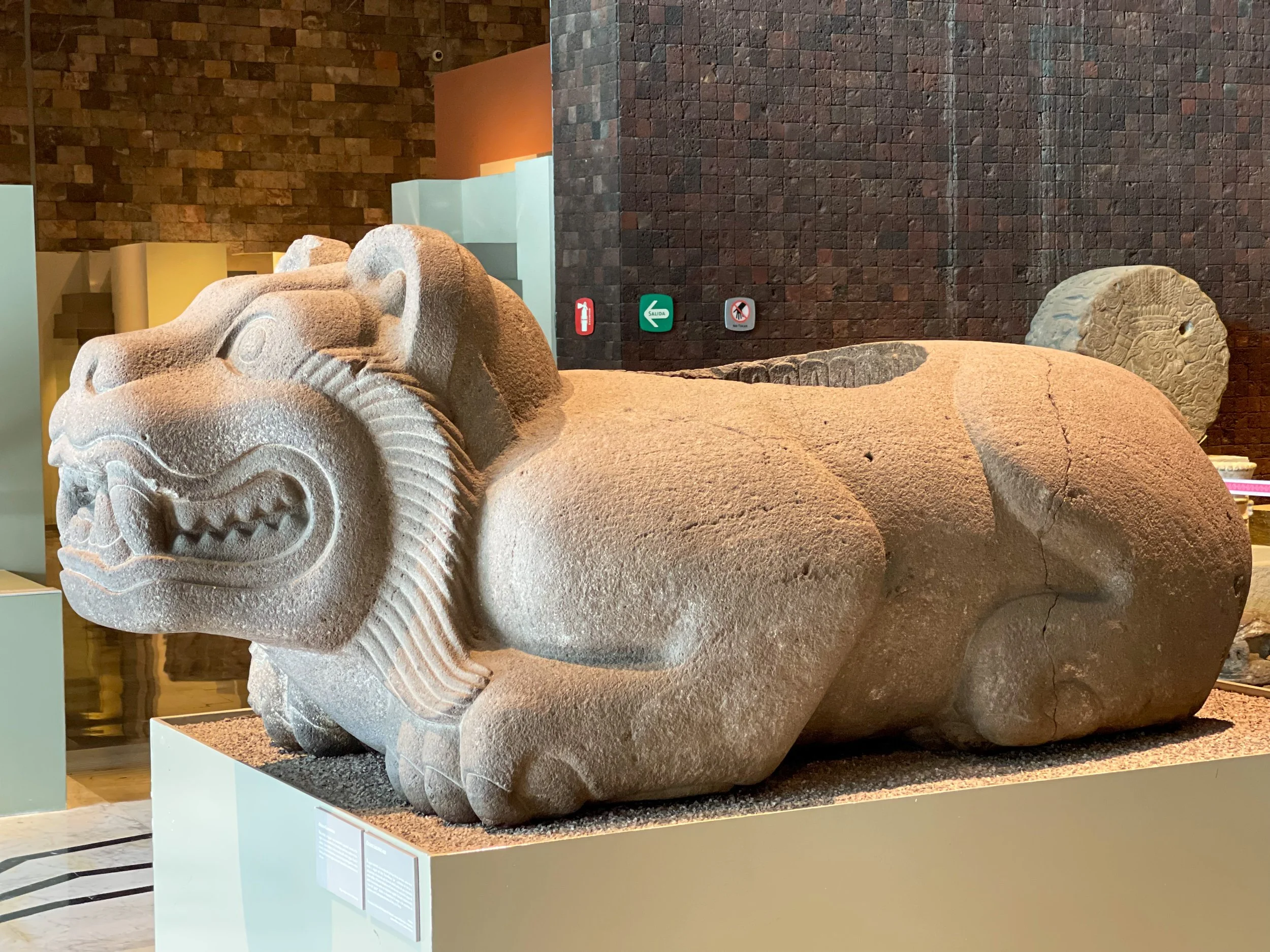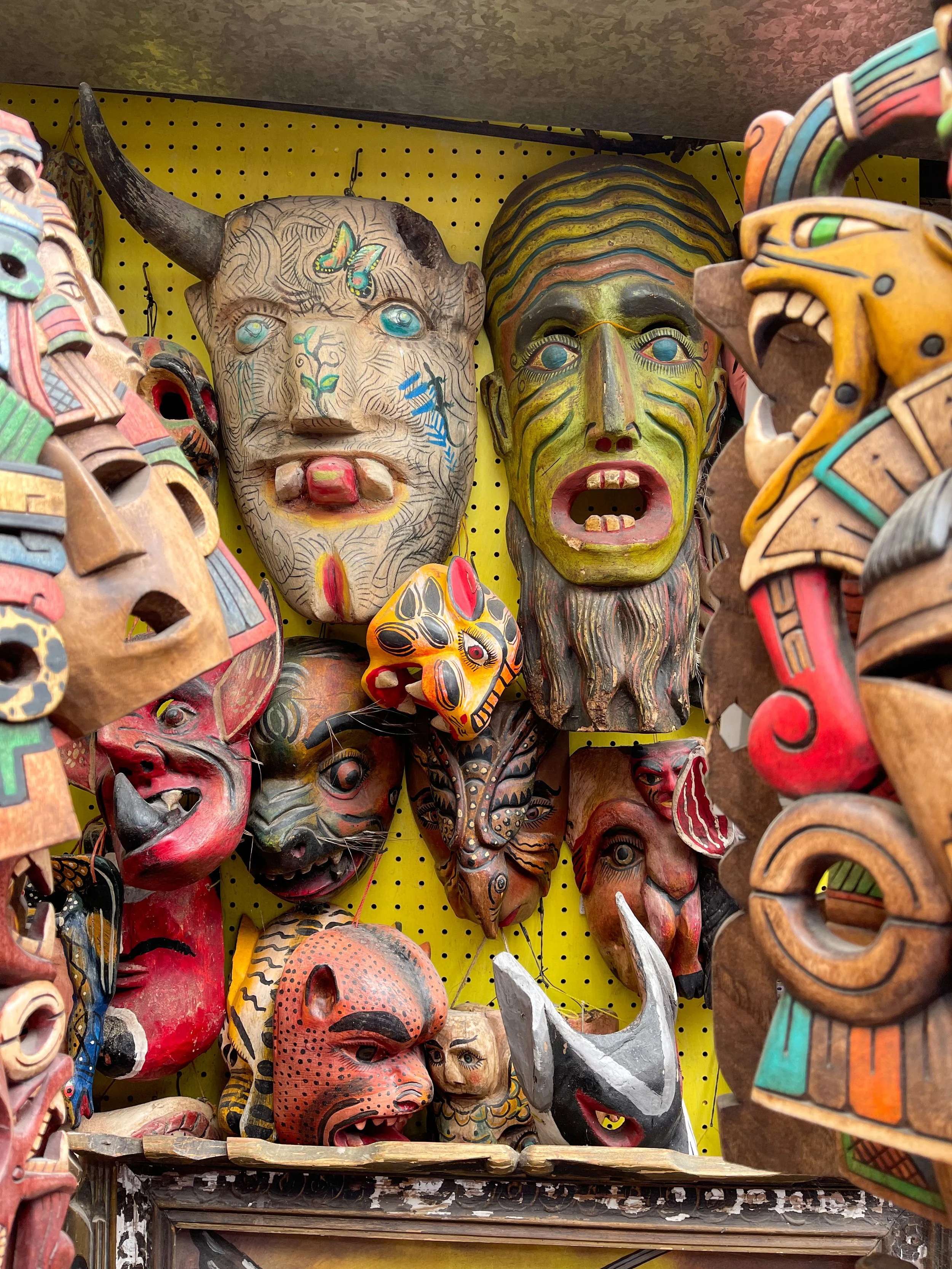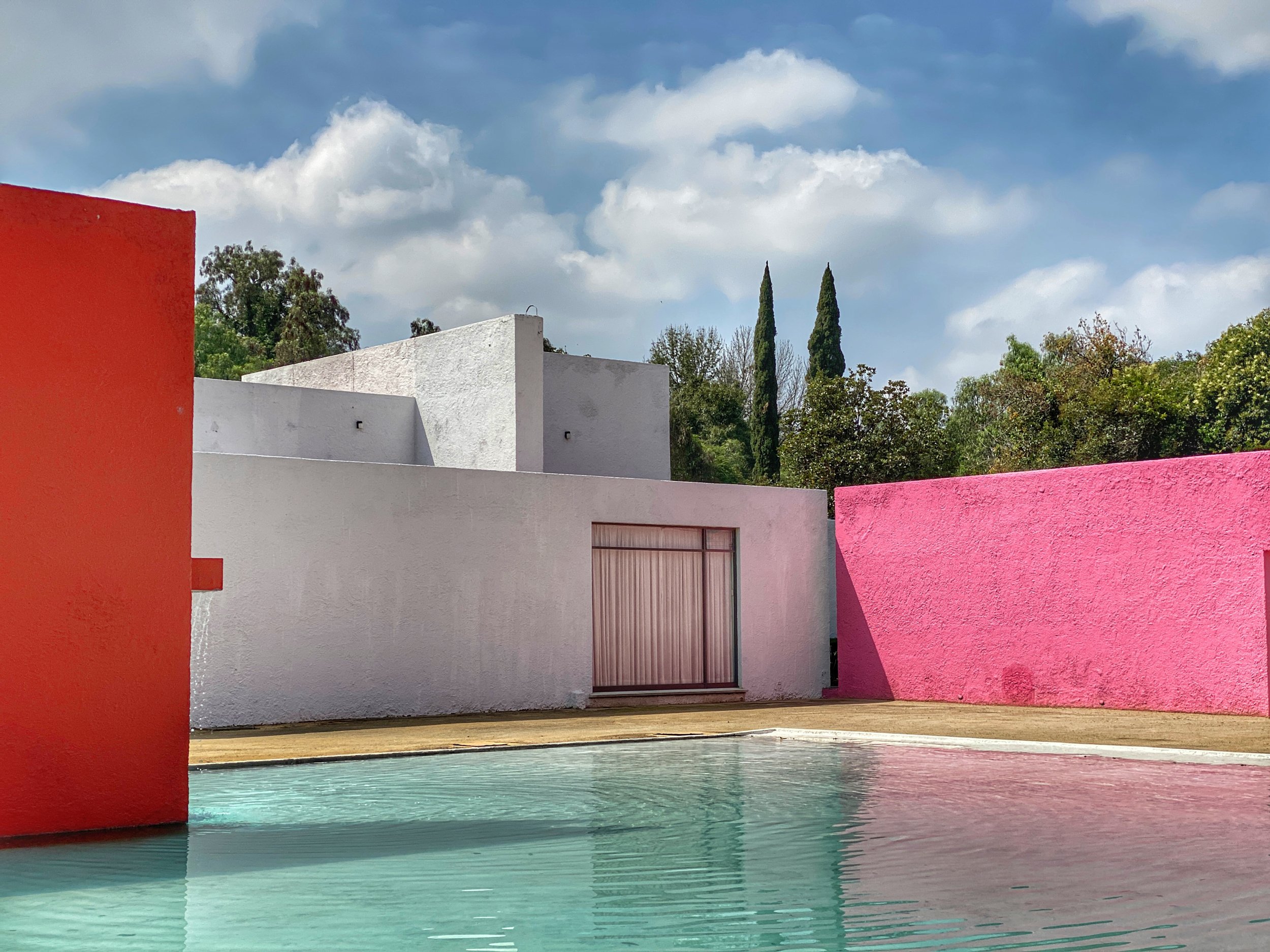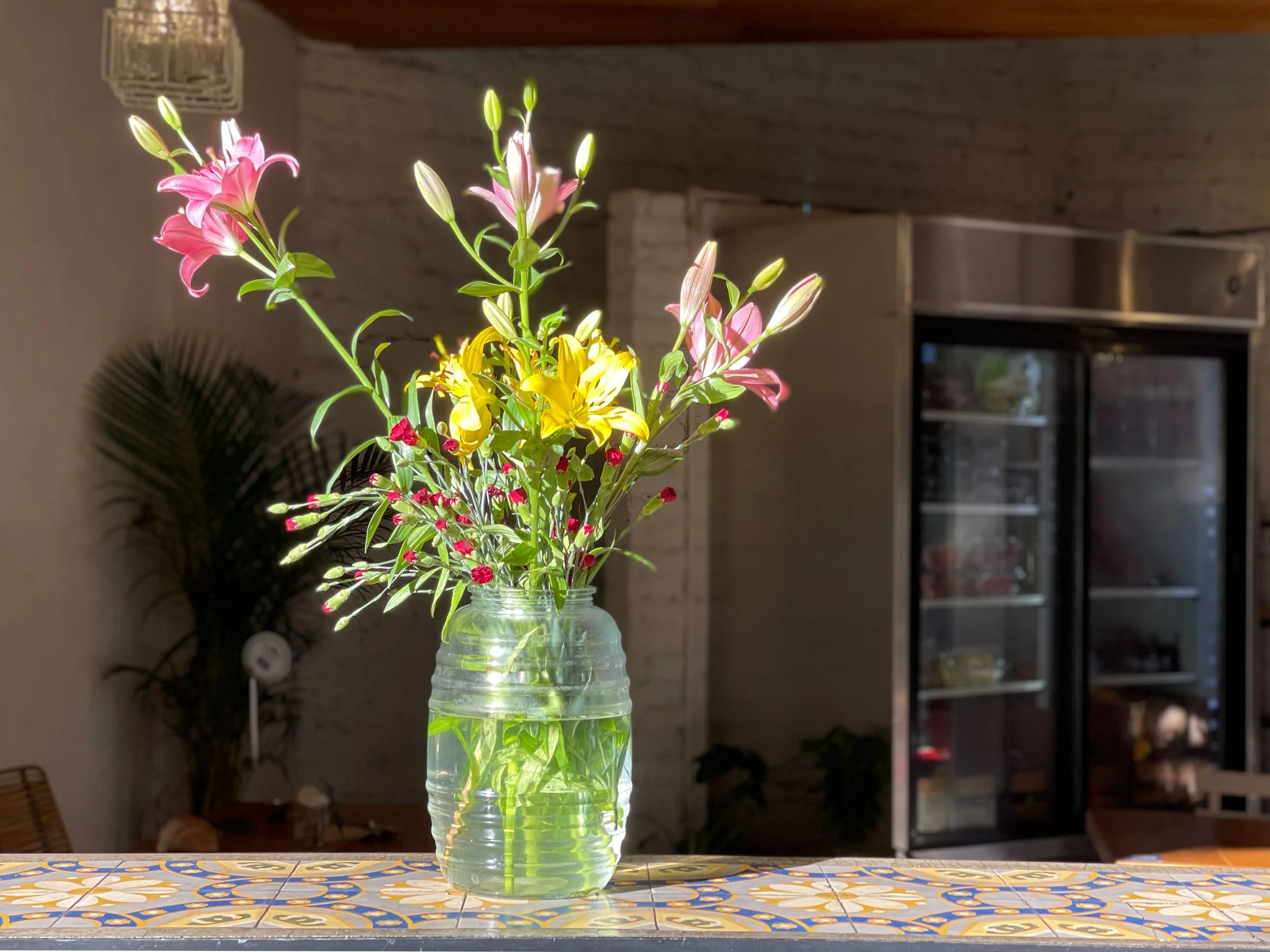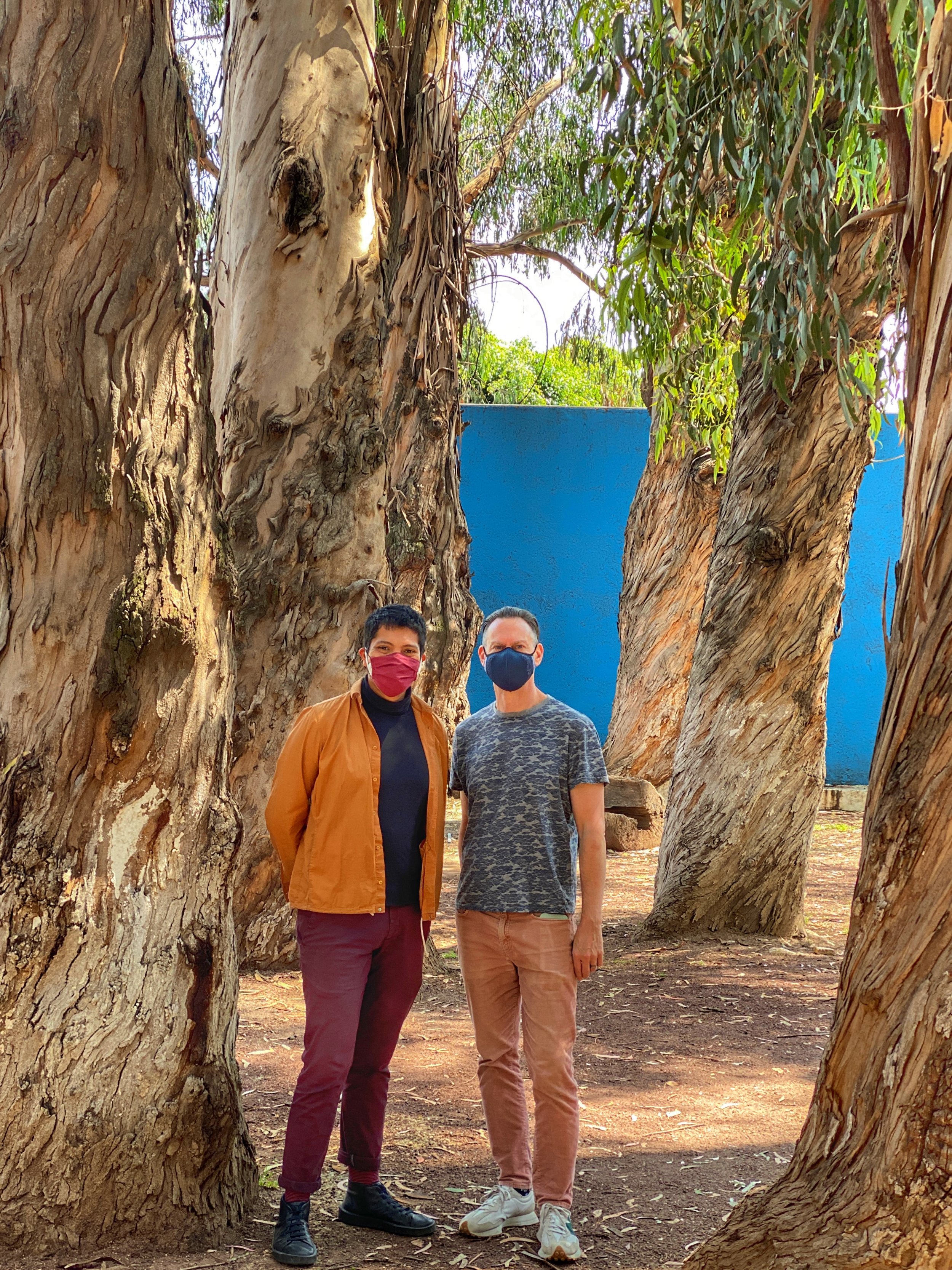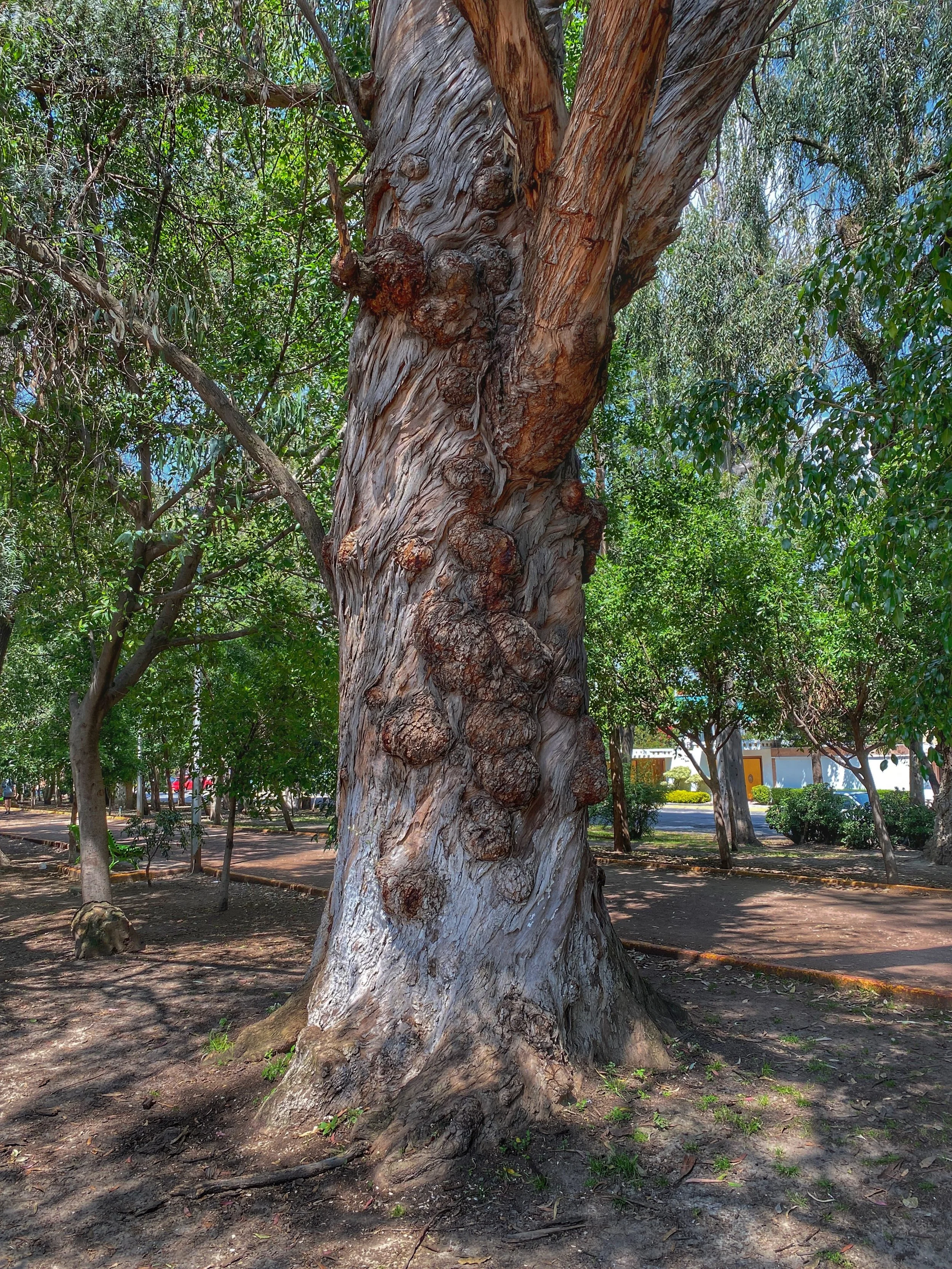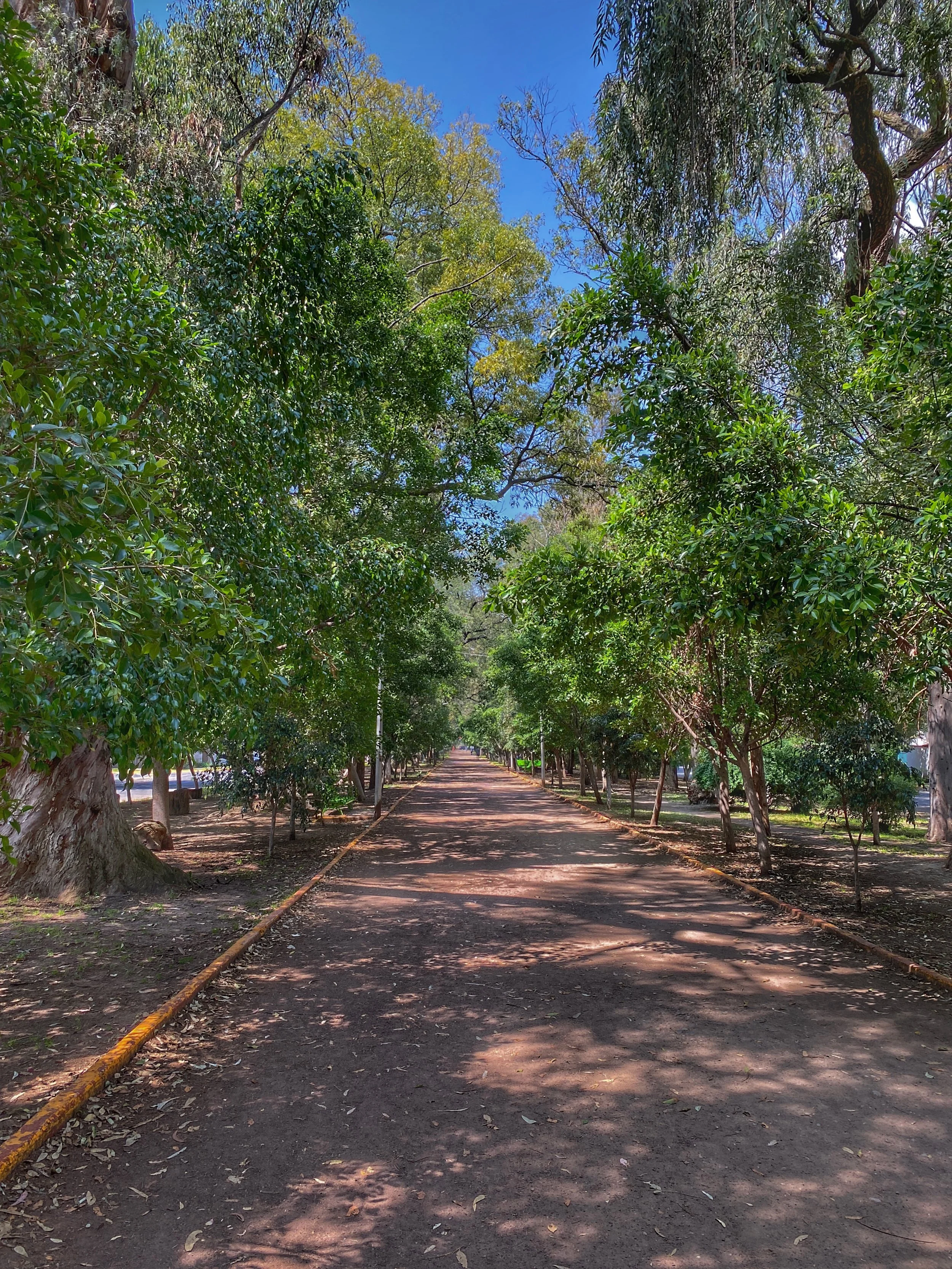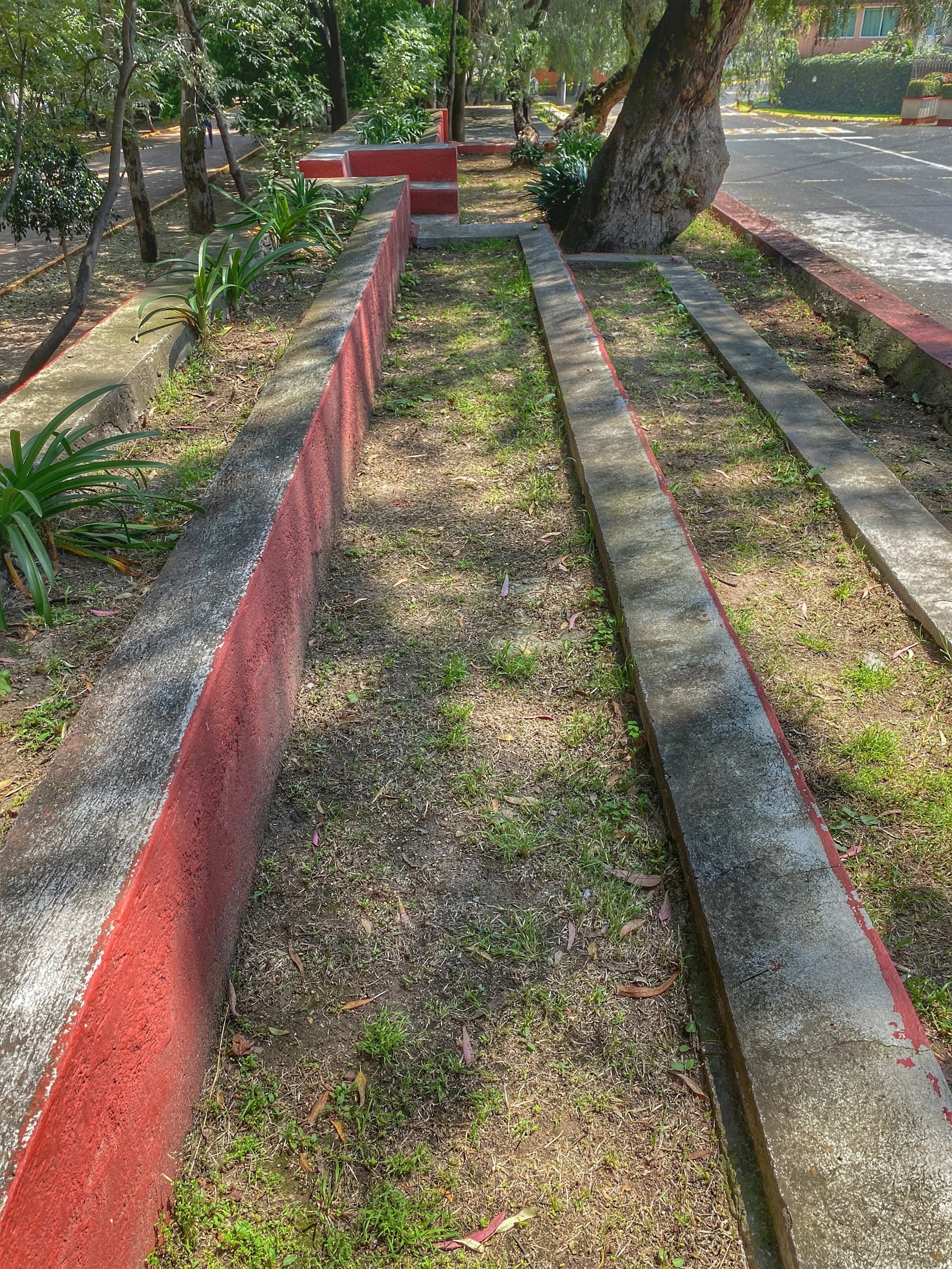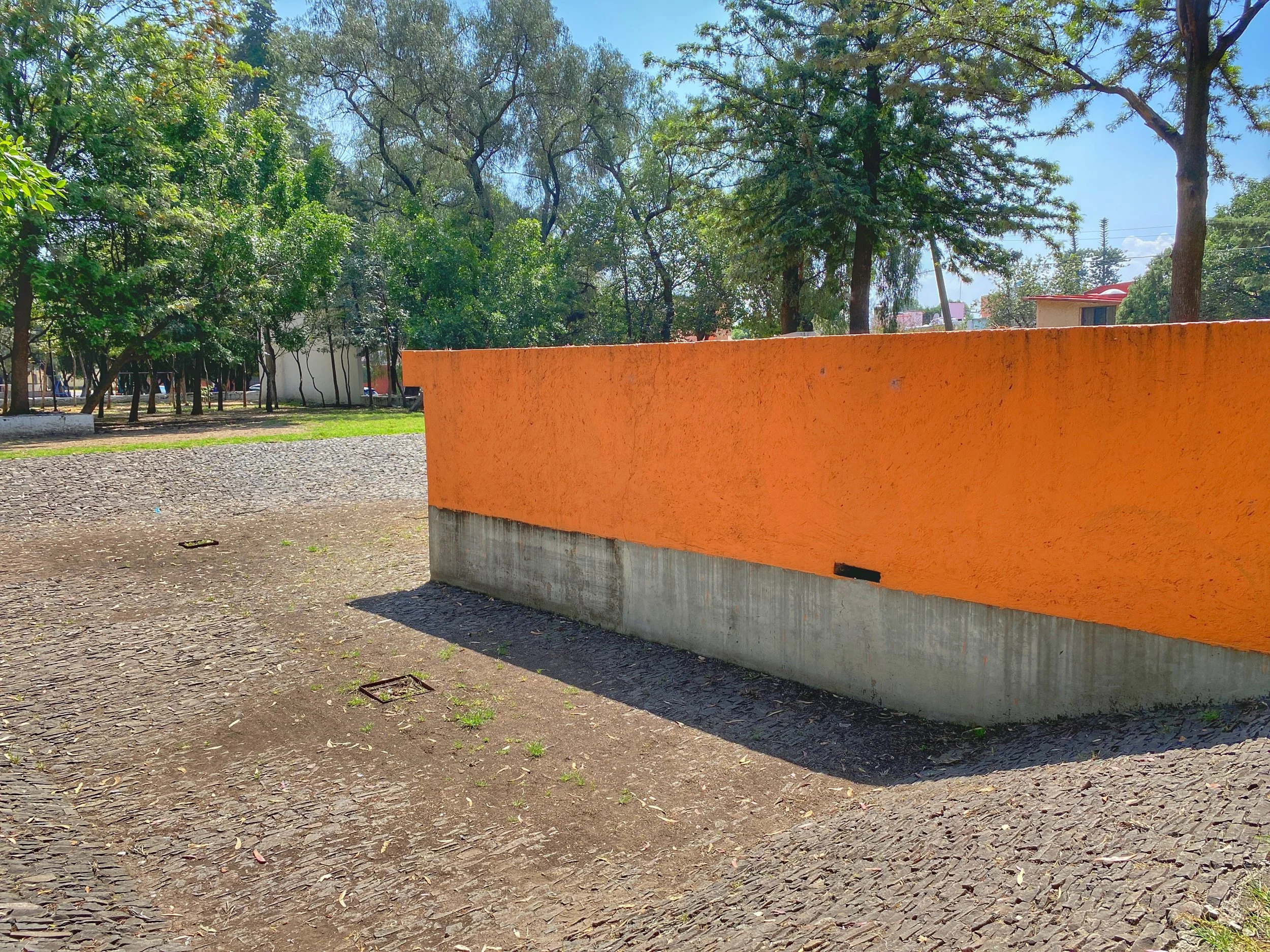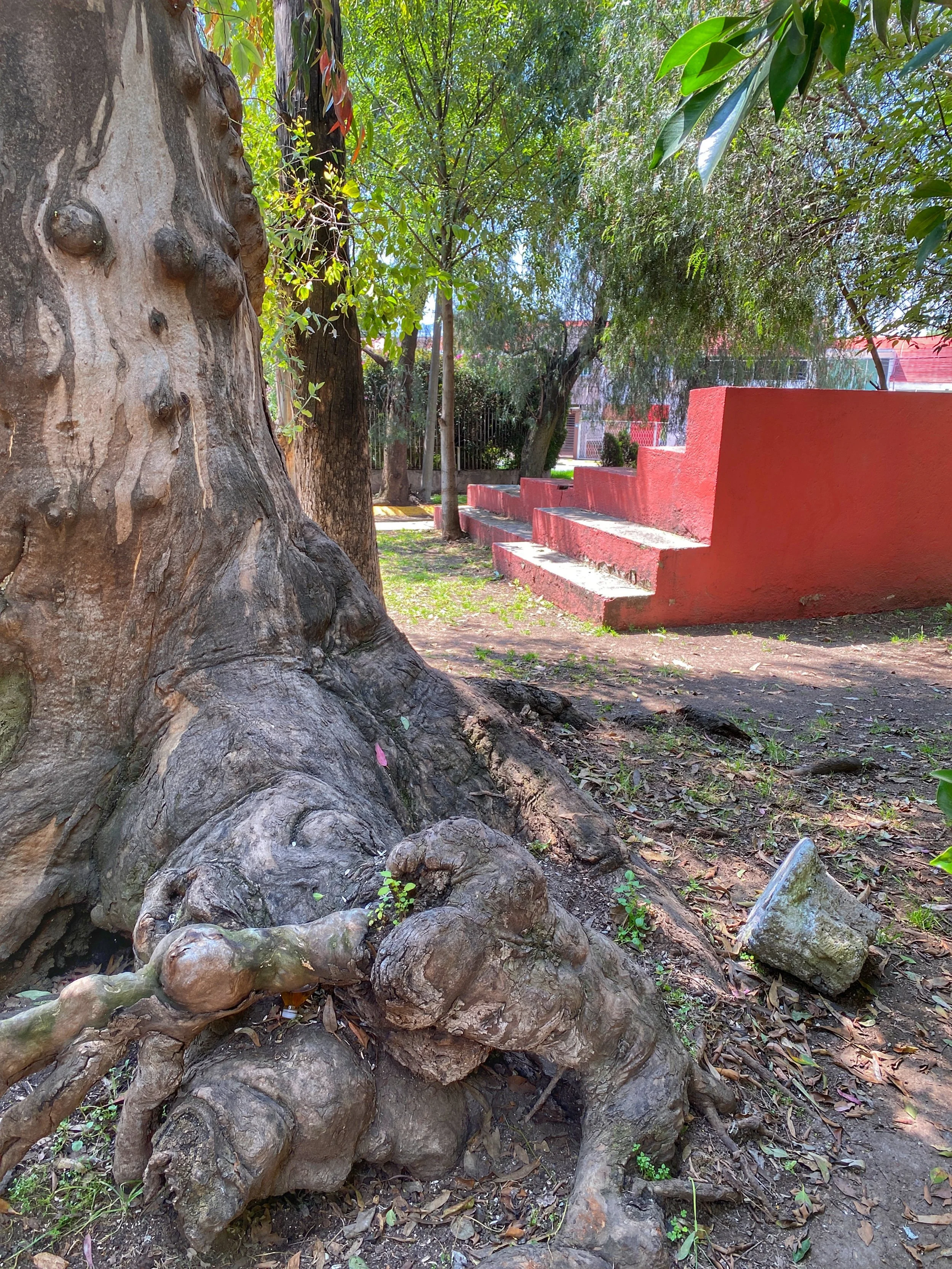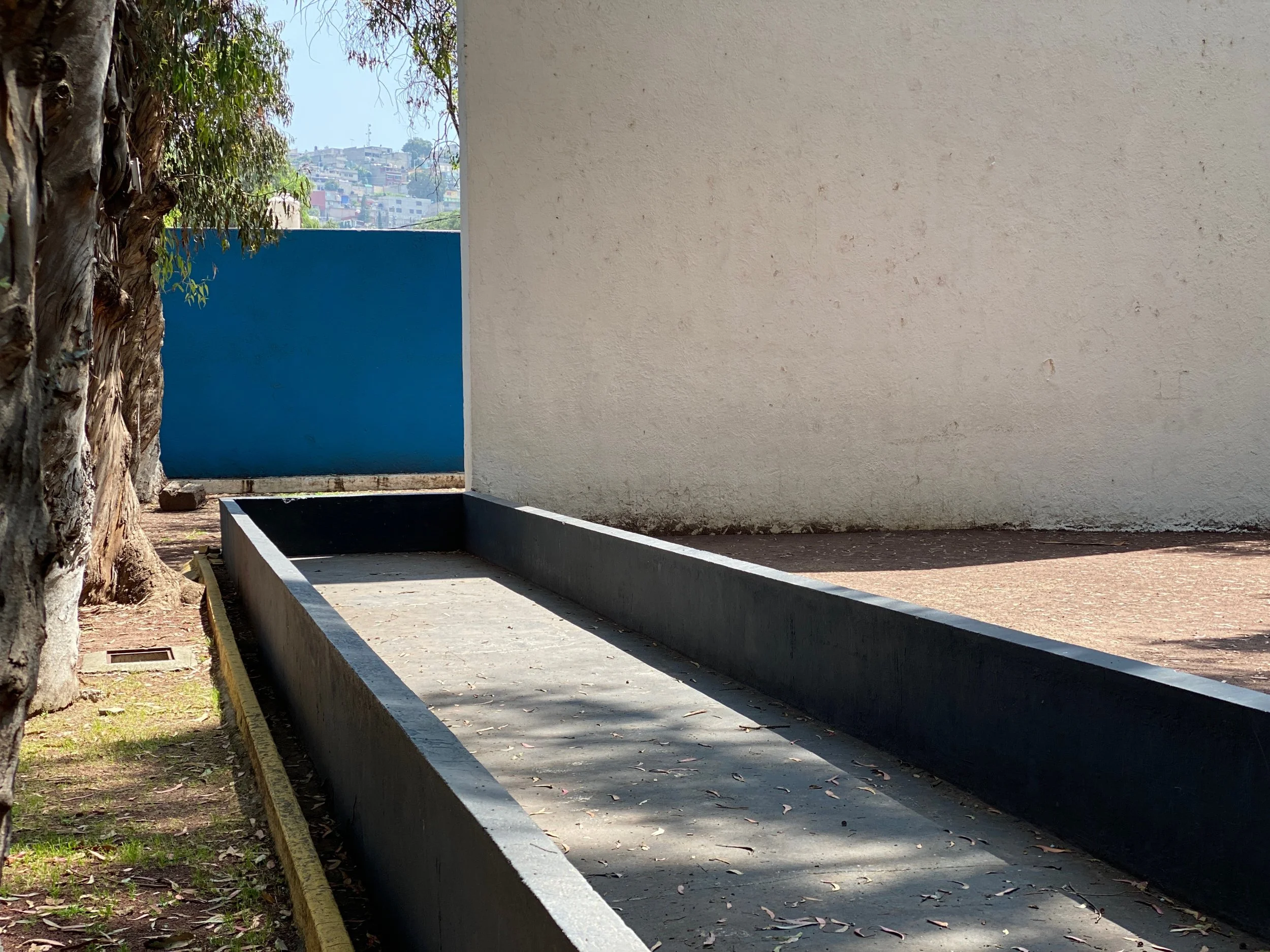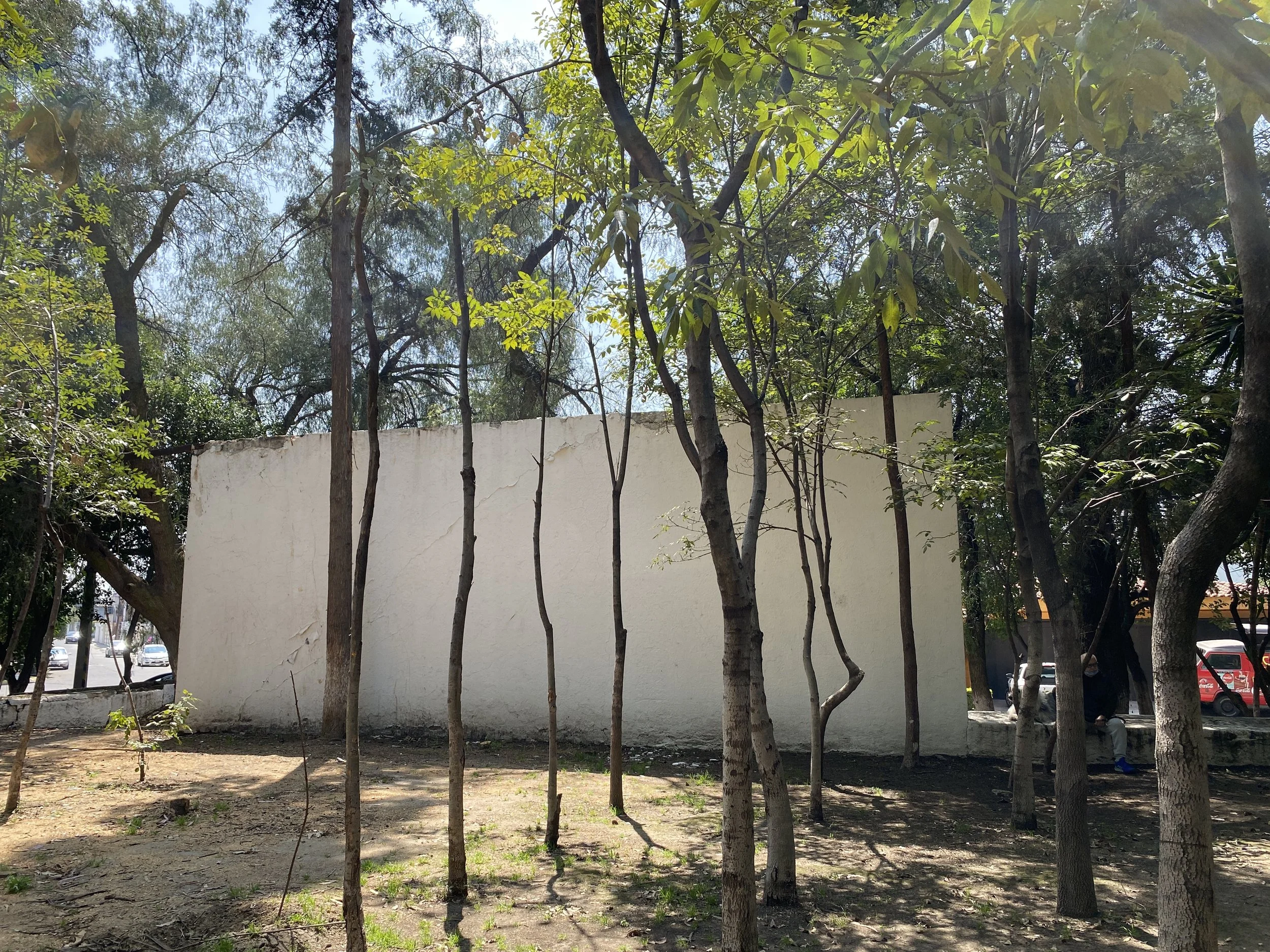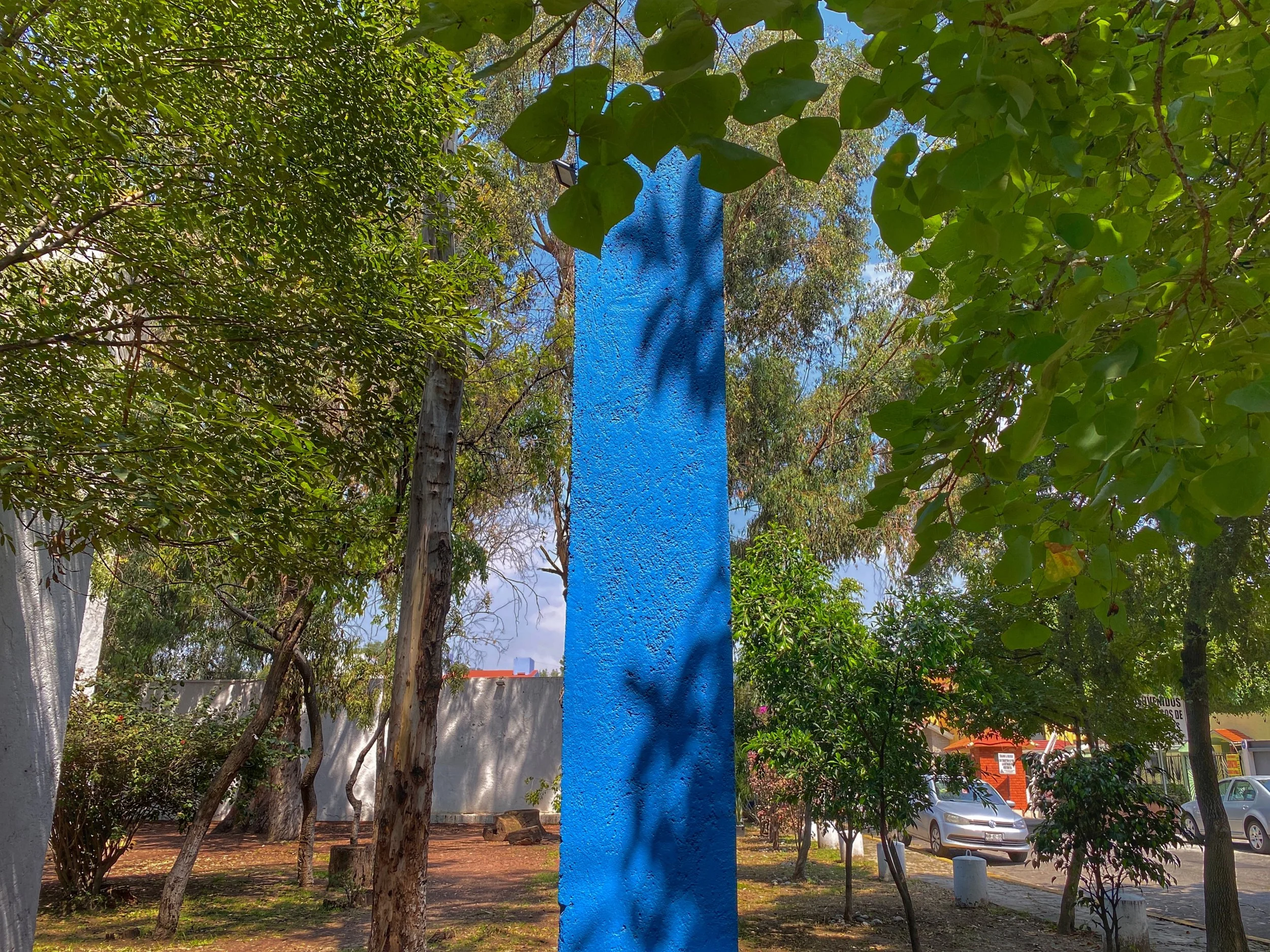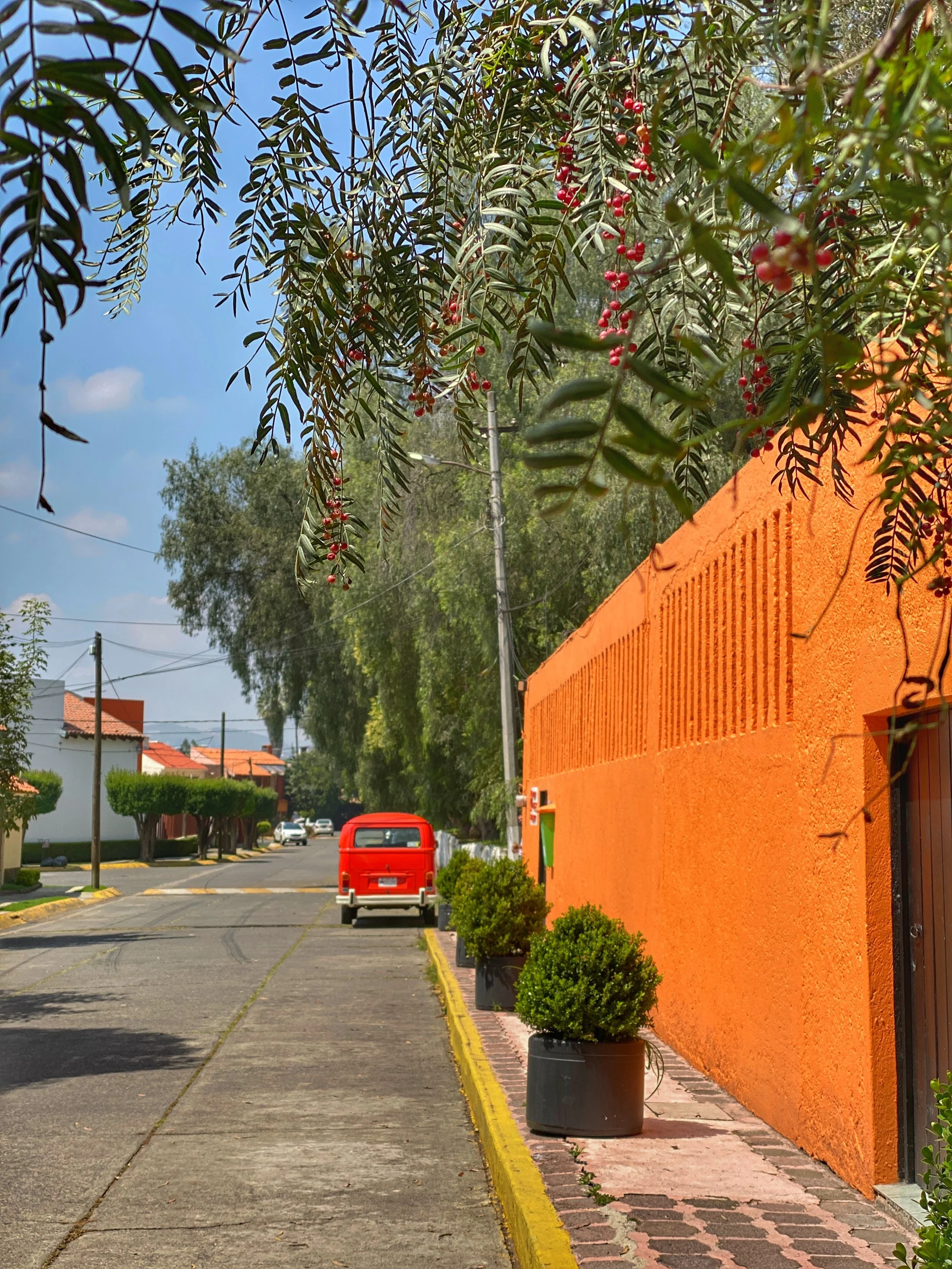A seduction at the iconic Frank Lloyd Wright home. The influence of Frida’s home, the Casa Azul. Juan O’Gorman’s insulting mural project. And the Kaufmanns’ role in the Mexican artists’ success. We explore the artistic ties that bind these fascinating personalities.
Frida standing with The Two Fridas
Imagine visiting Fallingwater, Frank Lloyd Wright’s iconic masterpiece. You’re surrounded by stunning natural beauty, and the architecture is simply breathtaking.
But what if I told you that two of the most famous Latin American artists, Diego Rivera and Frida Kahlo, were also friends with the Kaufmann family, who commissioned and lived in the home? It’s a story that’s as fascinating as the house itself.
“When [Levy] returned to his bedroom, there was Frida — waiting for him!”
E.J., Edgar jr. and Liliane Kaufmann at Fallingwater, their now-legendary weekend home designed by Frank Lloyd Wright
The Kaufmanns: A Family of Taste and Distinction
Edgar Jonas Kaufmann, or E.J. to his friends, was the head of a well-known Pittsburgh department store family. He was a highly respected businessman, aesthete and philanthropist who, along with his wife, Liliane, turned the family retail empire into a center of culture and fashion.
Fun fact: The surname Kaufmann fittingly means “merchant” in German.
As lifelong patrons of the arts, E.J. and Liliane enjoyed spending time with architects, artists and other creatives. Their only child, Edgar Kaufmann jr. (the lowercase “jr.” was his preferred abbreviation), inherited his parents’ love of art. He was particularly interested in modernist design, and he believed that functional objects could also be works of art.
Diego Rivera standing with a study of his mural-that-was-never-to-be, Man at the Crossroads. Rockefeller, who commissioned it, found it to be a bit too Communist for his tastes.
The family’s weekend home, Fallingwater, was filled with a formidable collection of artworks and objects. If the Kaufmanns weren’t already familiar with the socialist works of Mexican artist Diego Rivera, they most certainly became aware of him when his unfinished mural, Man at the Crossroads, caused a major controversy in 1933. The mural, which featured a portrait of Vladimir Lenin, was commissioned by the Rockefeller family, but they were so outraged by the inclusion of the Marxist leader that they had the mural destroyed. (Rivera’s re-creation, Man, Controller of the Universe, is on display at the Palacio de Bellas Artes in Mexico City.)
Frida Kahlo and Diego Rivera had a lot to thank the Kaufmann family for in helping them gain fame.
When the Kaufmanns Met Frida and Diego
It’s possible that the Kaufmanns were introduced to Rivera by John McAndrew, the newly minted curator of the Department of Architecture and Industrial Art at New York’s Museum of Modern Art, aka MoMA. McAndrew visited Fallingwater in 1937 to document the house for the upcoming exhibit, A New House by Frank Lloyd Wright on Bear Run.
Fallingwater has a surprising connection to Frida Kahlo and Diego Rivera.
It’s not hard to imagine that McAndrew would have talked about Rivera to the Kaufmanns during his visit to Fallingwater. McAndrew had previously traveled and studied architecture in Mexico, where he was inspired by the country’s rich cultural heritage.
E.J. and Liliane were drawn to the rustic charm of Casa Azul, Kahlo’s childhood home in the Coyoacán neighborhood of Mexico City. The Kaufmanns saw it as an antidote to city life and wanted to create a similar sense of peace and tranquility at their weekend home, Fallingwater.
Frida Kahlo at her home, Casa Azul, which provided inspo for Liliane Kaufmann.
They appreciated the objects that Kahlo had filled her home with, including sculptures by the self-taught Mexican artist Mardonio Magaña. Four of these sculptures are on display at Fallingwater, and a reproduction of one is available for purchase at the Fallingwater museum store. (Completing the loop, a photograph of Fallingwater hangs in the permanent collection at Casa Azul.)
One of the works by Mexican artist Mardonio Magaña found at Fallingwater
In the 1930s, E.J. and Liliane became patrons of Rivera, and later of Kahlo, his wife. For nearly two years, E.J. provided Rivera with a monthly stipend of $250, totaling $5,000. That’s equivalent to about $86,000 in today’s dollars. Although Rivera never ended up being commissioned to paint anything by the Kaufmanns, he and the couple were friends, and two of his works are on display at Fallingwater.
Look for Diego Rivera’s Profile of a Man Wearing a Hat hanging in the guest bedroom at Fallingwater.
Torrid Siesta (El Sueño) by Diego Rivera, in the passageway that leads out to the guesthouse at Fallingwater
Profile of a Man Wearing a Hat originally hung in E.J.’s private Wright-designed office at Kaufmann’s sprawling Pittsburgh department store. And Torrid Siesta (El Sueño) was first placed in E.J.’s study on the third floor of the house but was later relocated to its current location on the enclosed bridge that leads out to the guesthouse.
Liliane Kaufmann found Frida Kahlo to be “most interesting.”
A Love of Latin America
The Kaufmanns’ interest in Latin American culture grew, and in May 1938, Edgar jr. and Liliane took their first trip to Mexico City. The newly reestablished government of Mexico was eager to forge a national identity that promoted its pre-Hispanic heritage to American tourists.
While there, Junior and Liliane visited Diego and Kahlo at their home and studio in the neighborhood of San Ángel, a modernist structure designed and built by their mutual friend, Juan O’Gorman. It was a place of creativity and conflict. While the couple were both artists, they had very different approaches to their work. Rivera was a well-known and successful muralist, while Kahlo was a more private painter who focused on self-portraits.
Liliane wrote:
Yesterday we visited Diego Rivera at his home in San Ángel. It is a very interesting house inside and he is a very simple charming man. He showed us a lot of things and took us over to meet his wife who was most interesting. She paints also, very delightfully, and we had a swell time.
At the home and studio, Kahlo played the role of dutiful wife. She also served as Rivera’s secretary, entertaining and courting patrons for him. While Rivera enjoyed socializing with high society, Kahlo resented it.
Don’t be sad, Frida! You’re about to catch a big break!
Frida Kahlo’s Big Break
It was during this period that Kahlo retreated to Casa Azul, where she developed her commanding signature style. She had a difficult life. She contracted polio when she was 6, which left one leg thinner than the other. And when she was 18, she was in a bus accident that left her severely injured. She hid this by wearing long ruffled skirts, boxy shirts to conceal her surgical corsets and adorned herself with jewelry. Inspired by traditional Mexican indigenous clothing, her style came to represent a patriotic identity and a defiance of traditional gender roles.
Kahlo’s first big break occurred a short time after Liliane and Junior’s visit. In the summer of 1938, Hollywood actor and art collector Edward G. Robinson, famous for playing gangster types in film noirs, purchased four of Kahlo’s paintings for $200 each while vacationing in Mexico City.
Edgar G. Robinson might have played tough types in the movies, but he was blacklisted in Hollywood as a Communist and helped launch Kahlo’s art career.
At the time, Kahlo was virtually unknown in the United States and she was always a bit shocked when anyone liked her work. She had often given it away for free, and she later wrote of the Robinson sale:
For me it was such a surprise that I marveled and said, this way I am going to be able to be free; I’ll be able to travel and do what I want without asking Diego for money.
When the French writer and founder of the Surrealist movement, André Breton, included Kahlo among its canon, she refused the label. She said, “I never painted dreams; I painted my own reality.”
But she did understand the power of marketing. Breton introduced her to Julien Levy, a New York gallery owner who specialized in being the first to present avant-garde artists to American viewers. When Kahlo met him, she knew that he could help her reach a wider audience.
We wish we could see your reaction to Frida Kahlo’s My Birth.
In November 1938, Kahlo’s first solo show at Julien Levy Gallery in New York marked a shift in her artistic career. E.J. and Liliane were in attendance and purchased two of her paintings: My Birth (1932) and Remembrance of an Open Wound (1938). The latter was lost in a fire at the country home of Edgar jr. and his companion, Paul Mayén, sometime in the 1980s. The exhibition was a great success, and Time noted that it was “the flutter of the week in Manhattan.”
The Kaufmanns invited Kahlo and Levy to visit Fallingwater. Biographer Hayden Herrera recounts that Kahlo’s visit was one for the books:
The gallery owner Julien Levy, who seems to have gotten lucky with Frida Kahlo at Fallingwater
Once Levy took Frida to Pennsylvania to visit his client and friend Edgar Kaufmann Sr., who, Levy said, wanted to be Frida’s patron. The train ride was everything train rides are supposed to be — a slow but inexorable buildup of erotic anticipation. When they arrived, however, Frida flirted not just with Levy, but with their elderly host and son as well. She was very cavalier with her men, Levy recalled. She liked to play one off against the other, and she would pretend to one suitor that she thought the other was a nuisance or a bore. At bedtime, Levy and the senior Kaufmann tried to wait each other out so as to spend the last moments of the evening in romantic solitude with Frida. When she retired, Fallingwater’s complicated double stairway [the exterior steps up to the guest room] served as the stage for the evening’s drama. After biding his time until he thought everyone was peacefully asleep, Levy emerged from his room and started up one side of the staircase. Much to his astonishment, he found his host climbing the stairs on the other side. Both retreated. The same confrontation took place several times. In the end, Levy gave up. But when he returned to his bedroom, there was Frida — waiting for him!
Liliane and Junior’s continued travels to Mexico laid the groundwork for the fittingly titled Below the Rio Grande, a shoppable exhibit at Kaufmann’s flagship store, which introduced consumers to Mexican antiques and folk art. Some of these items were later incorporated into Fallingwater’s décor.
Nearly a dozen small pre-Columbian objects can be found in the guesthouse. These were likely gifted to the Kaufmanns by Rivera, who was a passionate collector of pre-Columbian art. During his lifetime Rivera amassed over 50,000 pieces, many of which are housed at the must-visit Anahuacalli Museum in CDMX.
Landscape: Jalapa, Mexico by José María Velasco hangs in the bedroom of the guesthouse at Fallingwater.
One of the guesthouse bedrooms features a large oil painting by José María Velasco, a mentor to Diego. The work, entitled Landscape: Jalapa, Mexico, hangs over the bed. Velasco’s artistic endeavors are so esteemed that the Mexican government considers them national monuments. This painting was acquired by the Kaufmann family around 1937 for $500. In 1954, it was hanging in E.J.’s suite at the William Penn Hotel in Pittsburgh, and was moved to its current location by Edgar jr. in 1960.
Juan O’Gorman, whose mural commissioned by Edgar Kaufmann Sr. featuring prominent Pittsburgh tycoons below a toilet, was deemed too controversial for the Young Men’s and Women’s Hebrew Association
Kaufmann’s Rockefeller Dreams and Botched Mural
Pittsburgh society was dominated by wealthy families like the Carnegies and Mellons. This made it difficult for the Kaufmanns, who were Jewish, to achieve positions of power and influence. Despite lobbying for many public works projects throughout his life, E.J. saw few of them come to fruition.
In 1940 he invited the socialist architect, painter and muralist O’Gorman to Pittsburgh to submit a proposal for murals for the interior walls of the Young Men’s and Women's Hebrew Association, of which he was president.
As a guest of the Kaufmann family, O’Gorman spent a weekend at Fallingwater, which he later described as “one of the most beautiful buildings in the world.”
When it came to the mural, though, O’Gorman clearly missed the brief: His preparatory sketches for the project portrayed Pittsburgh tycoons Andrew Carnegie, Henry Clay Frick and George Westinghouse as the kings of a polluted plutocracy that arose from consumer capitalism. As if that wasn’t enough, O’Gorman further emphasized his sentiments by prominently featuring an open toilet and a roll of toilet paper above the tableau.
O’Gorman’s proposed mural was clearly at odds with the organization’s mission to celebrate the moral development of youth. As a result, the project was rejected and O’Gorman returned to Mexico City. As compensation for the failed project, E.J. sent the artist a check to subsidize a mural at the Biblioteca Gertrudis Bocanegra in the town of Pátzcuaro, Mexico.
Even though he kiboshed Juan O’Gorman’s Pittsburgh mural, Edgar Kaufmann footed the bill for this astounding mural in Mexico.
Divided into four sections, the mural vividly depicts the history of the Purépecha people. The first shows the indigenous people before the Spanish conquest; the second, the arrival of the Spanish and the beginning of the conquest; the third shows life after the conquest, when the Purépecha were forced to adopt Spanish customs and religion; and the fourth shows Gertrudis Bocanegra, the martyred heroine of the 1820 War of Independence, her white dress smeared with blood from her execution by firing squad.
Frida Kahlo’s What the Water Gave Me
Edgar Jr.’s Artful Encounters, From MoMA to Madonna
Edgar jr. traveled with McAndrew to Mexico in 1939, looking for works of art to include in the MoMA exhibit Twenty Centuries of Mexican Art. The pair recognized Kahlo’s talent, and the show, which opened on May 15, 1940, featured no fewer than three of her paintings: The Two Fridas (1939), What the Water Gave Me (1938) and The Wounded Table (1940).
The Wounded Table by Frida Kahlo
In 1943 Junior purchased and donated Self Portrait With Cropped Hair to the MoMA. The painting is part of the museum’s permanent collection and was conceived shortly after Kahlo’s divorce from Rivera. It’s thought to be a reflection of her feelings of anger, sadness and independence after the separation. Kahlo’s oversized charcoal gray suit (surely Rivera’s) and short haircut are symbols of her rejection of traditional femininity, while the scissors she holds suggest her decision to take control of her own life.
Self Portrait With Cropped Hair by Frida Kahlo shows the artist after her divorce from Diego Rivera, wearing one of his suits and having chopped off her locks to resemble his hairstyle.
After his parents died, Junior brought Kahlo’s My Birth to his apartment in New York City. The painting is a deeply personal and imaginative work of art, depicting Kahlo’s birth from a dead mother.
According to Fallingwater director Justin Gunther, Edgar jr. had a dry, ironic sense of humor. Case in point: He kept the painting hidden in a closet in his New York apartment, and would only reveal it to his guests at the most unexpected moments. He loved to see the look of surprise on their faces when they saw it for the first time.
Madonna purchased My Birth from Edgar jr. She says you can’t be friends with her if you don’t like it.
In 1987 Edgar jr. sold the painting through his dealer to the pop star Madonna. Although worldly, he didn’t know who she was when he met her, and had planned on selling My Birth to her for just a little more than what his parents had originally paid for it. But his dealer told him, "We can do better than that,” and quoted a much higher figure.
Madonna was later quoted in Vanity Fair saying, “If somebody doesn’t like this painting, then I know they can’t be my friend.” –Duke

